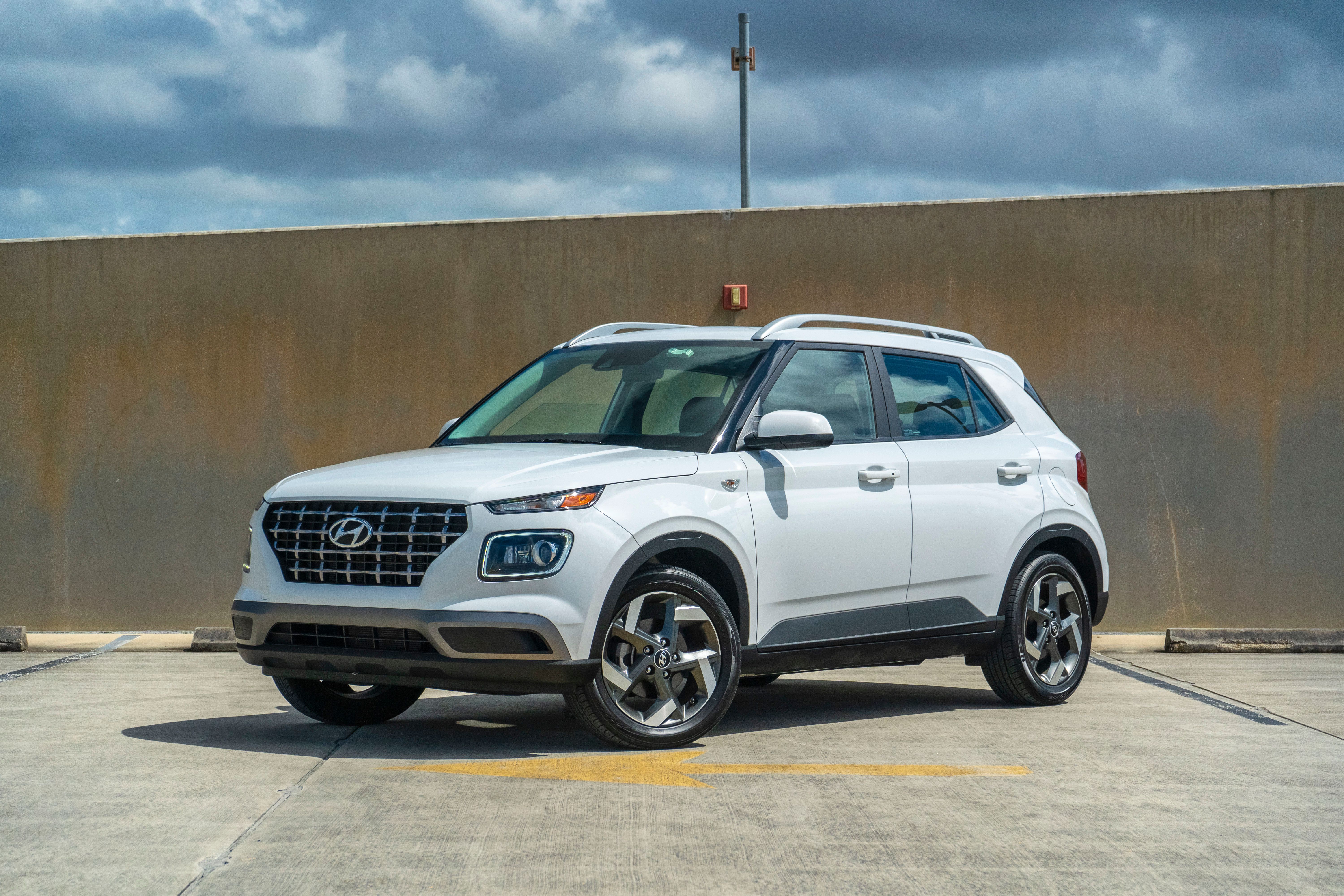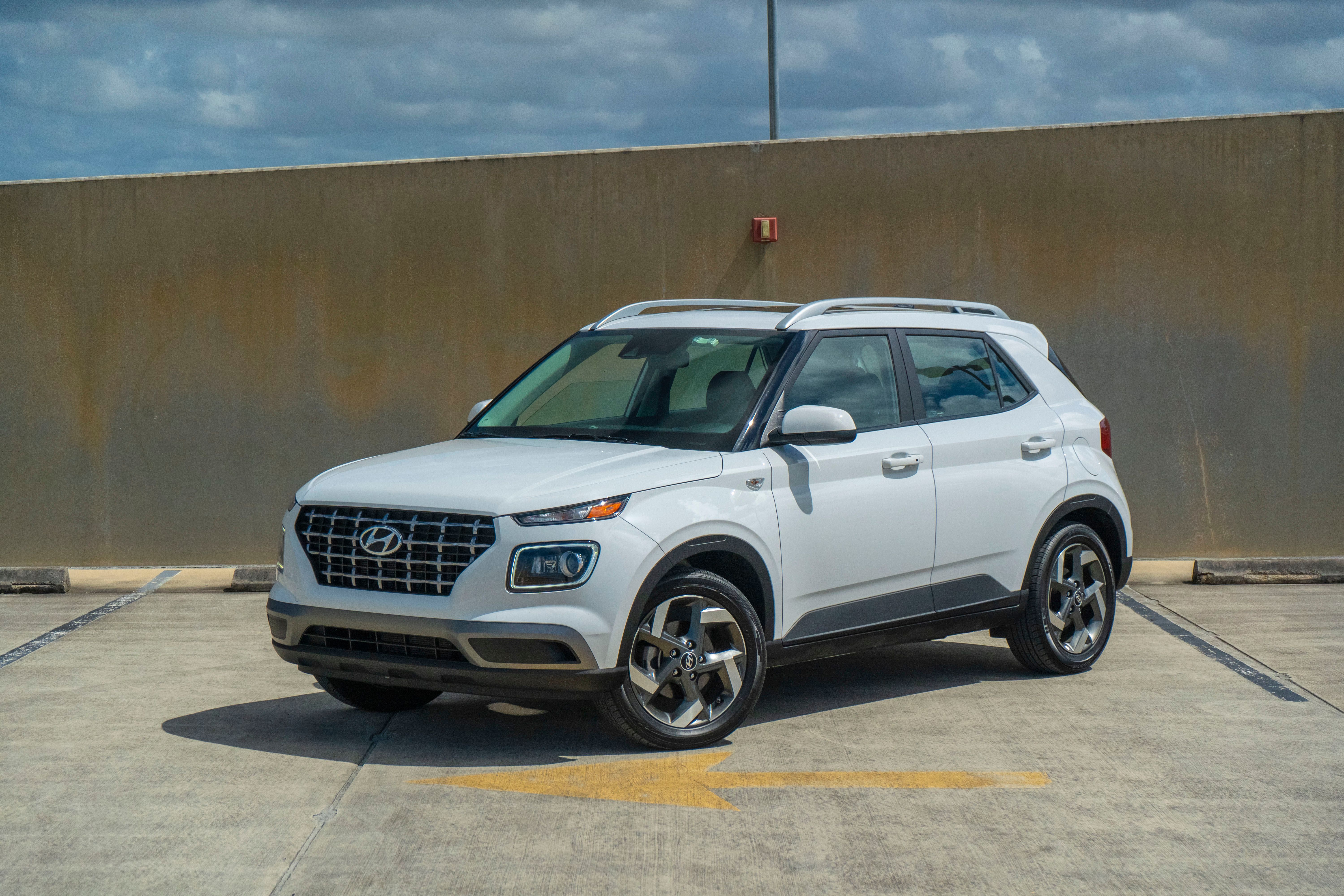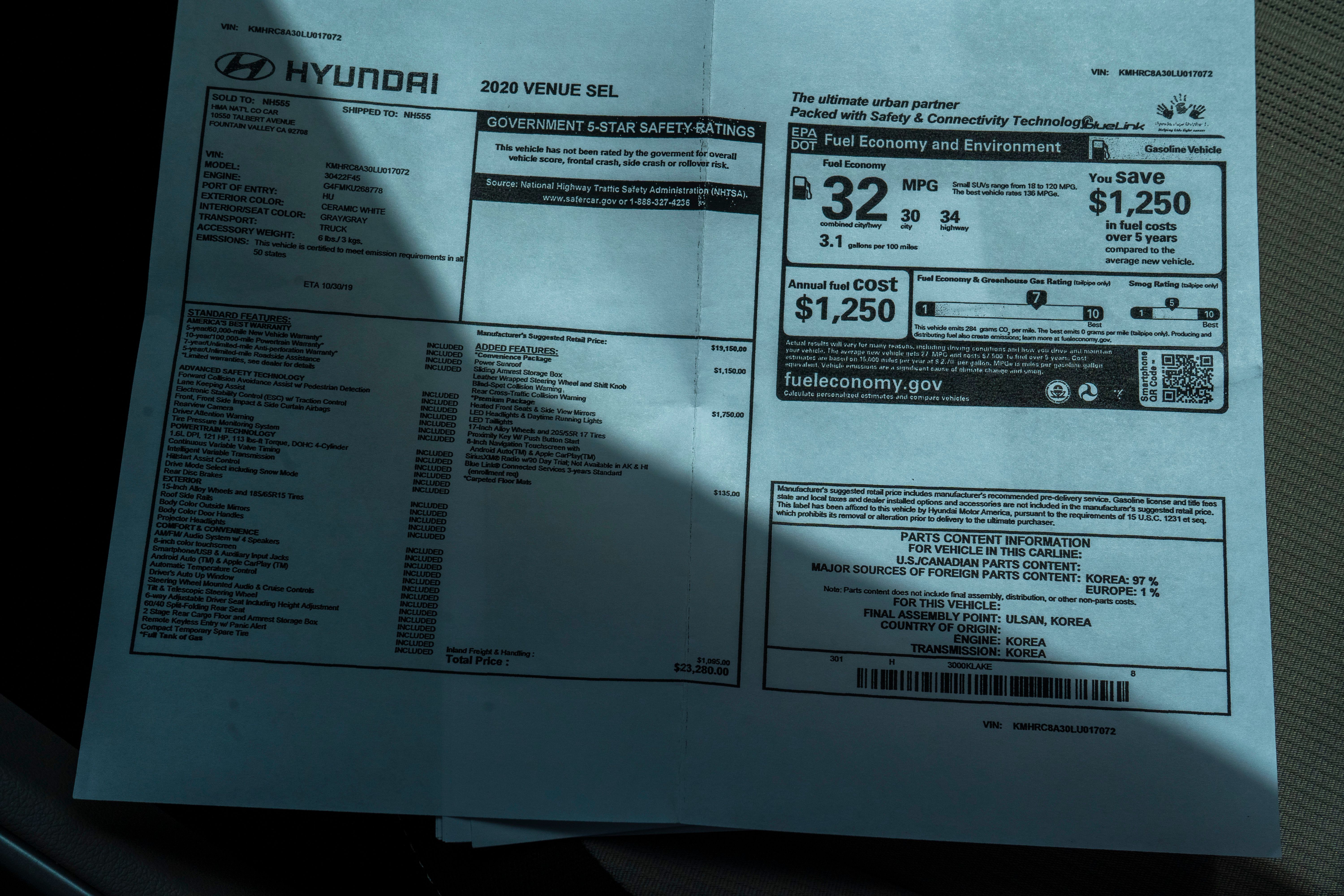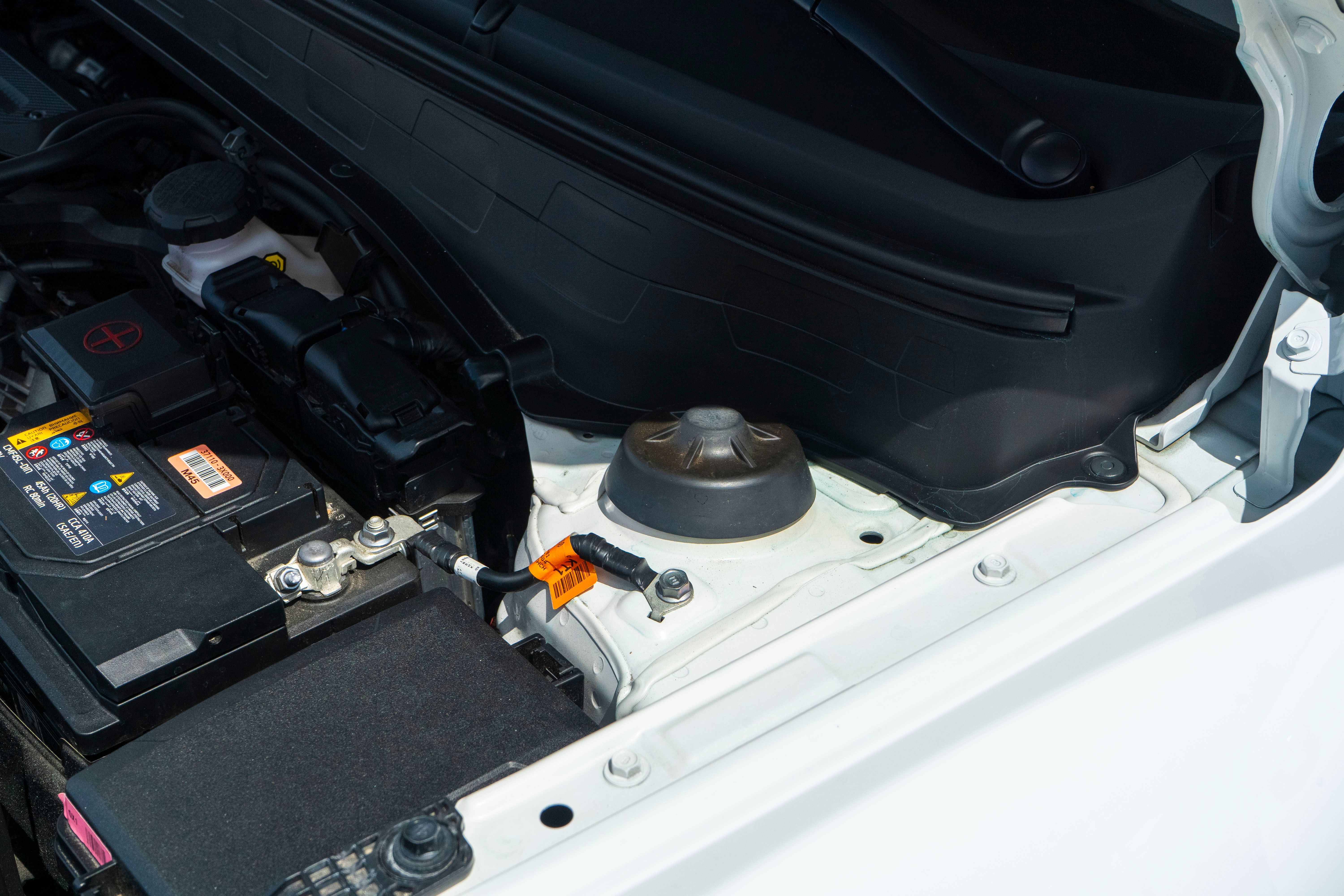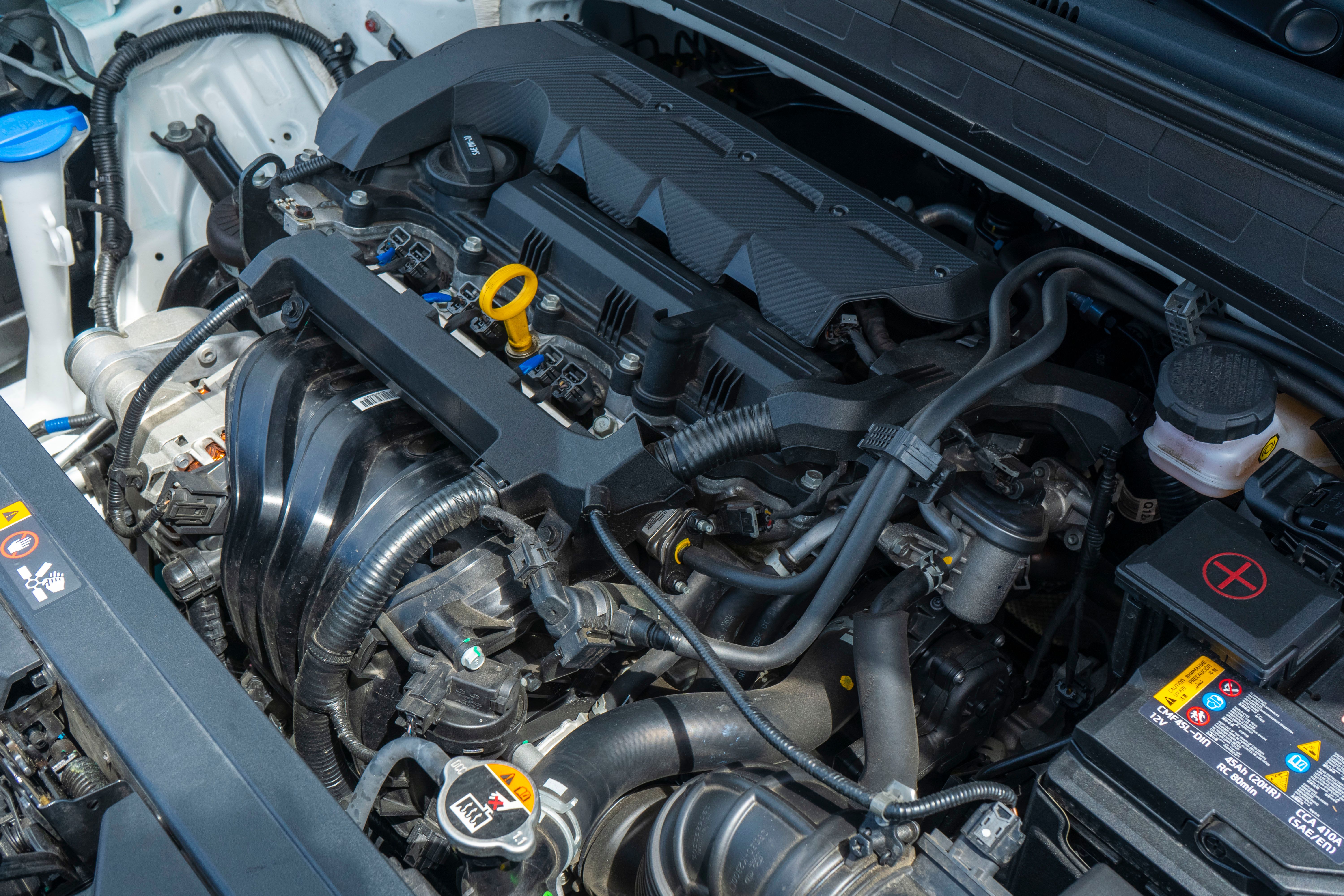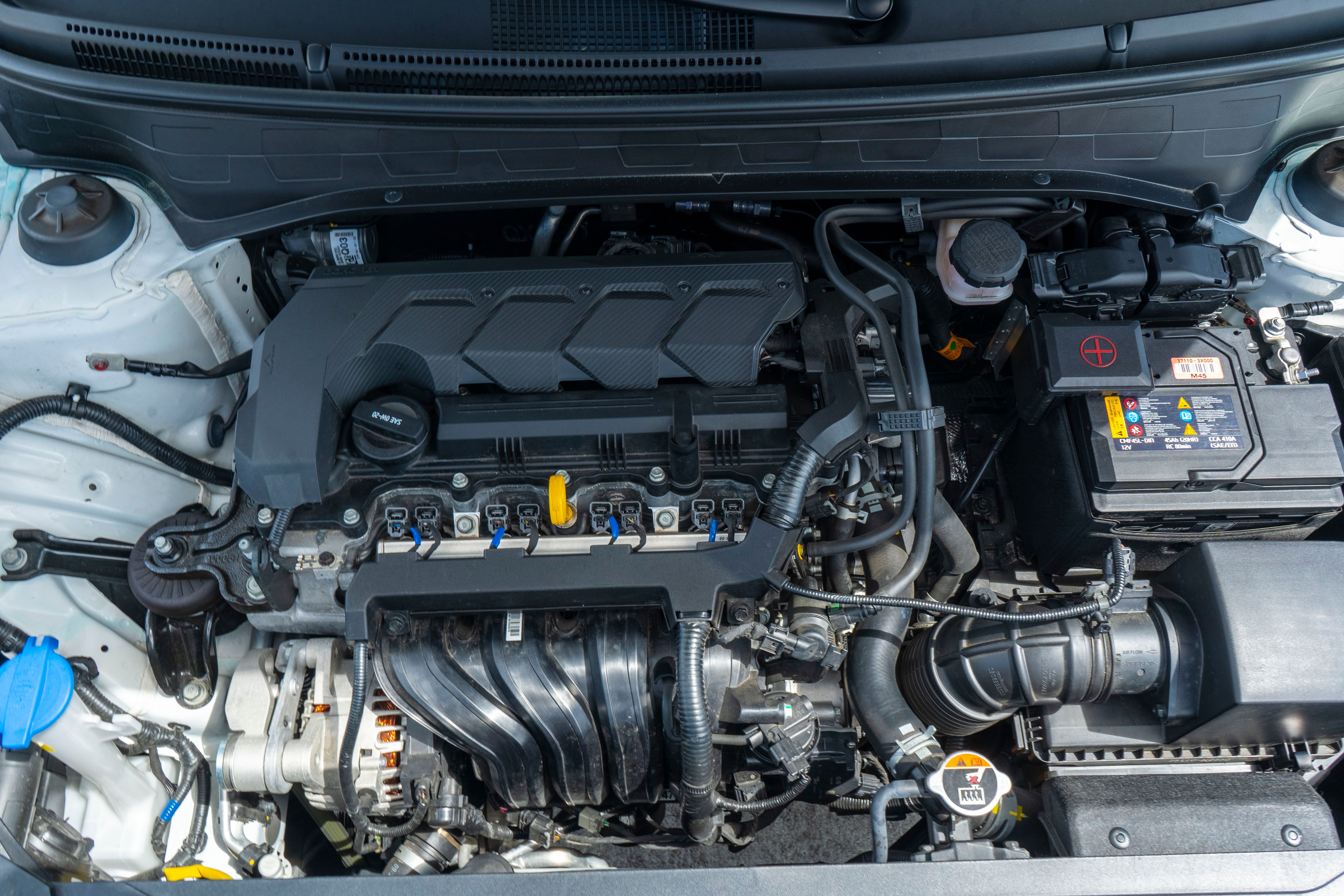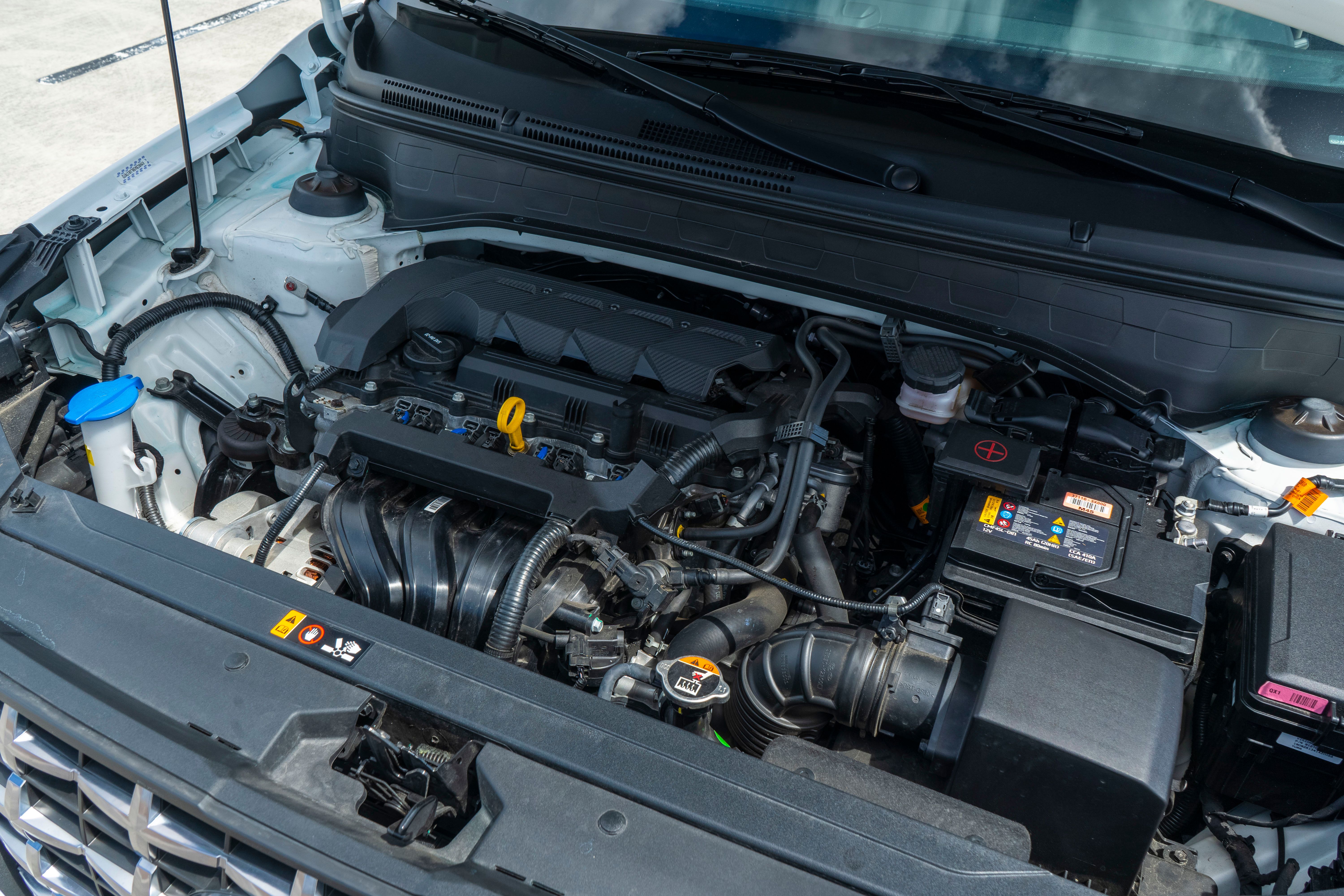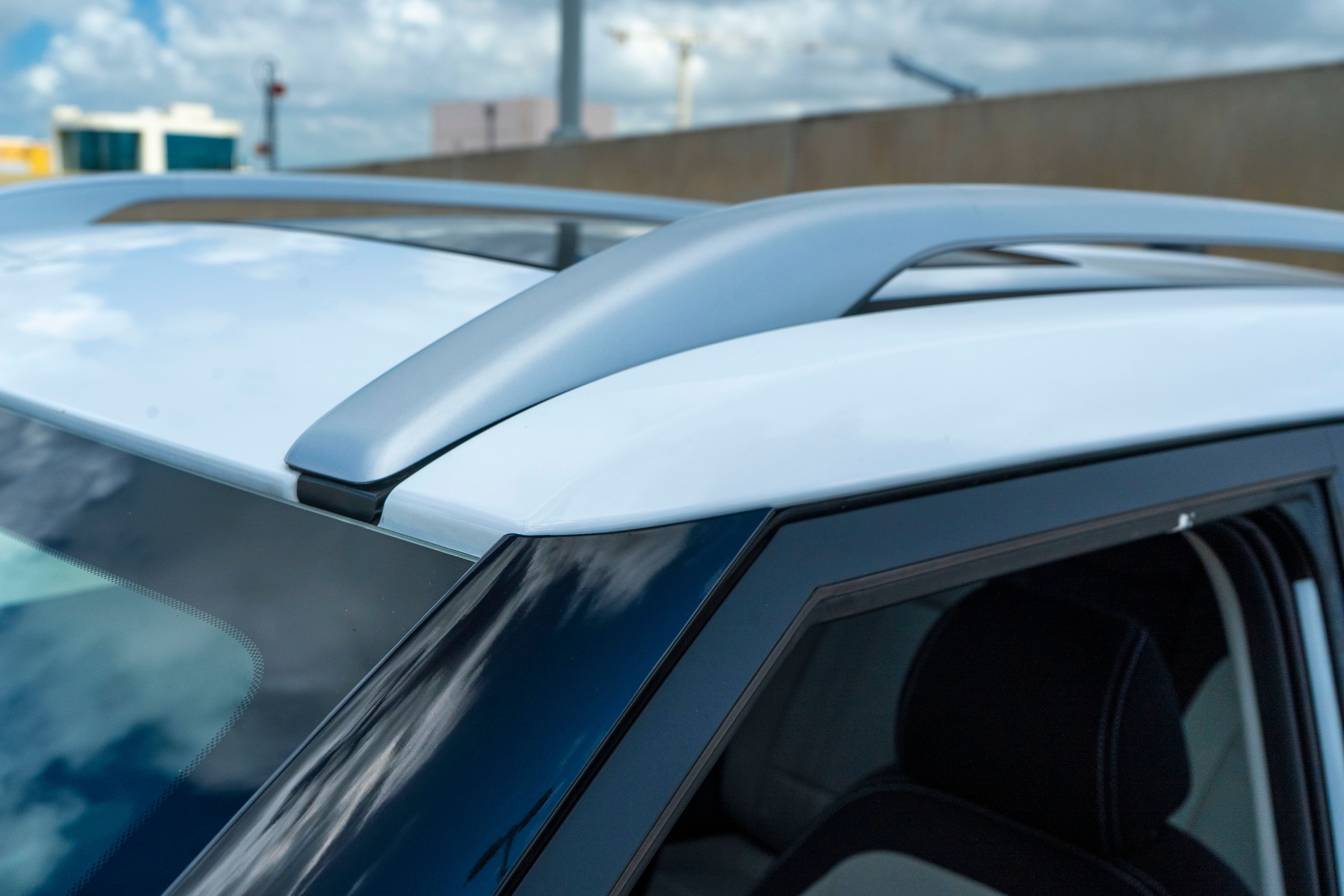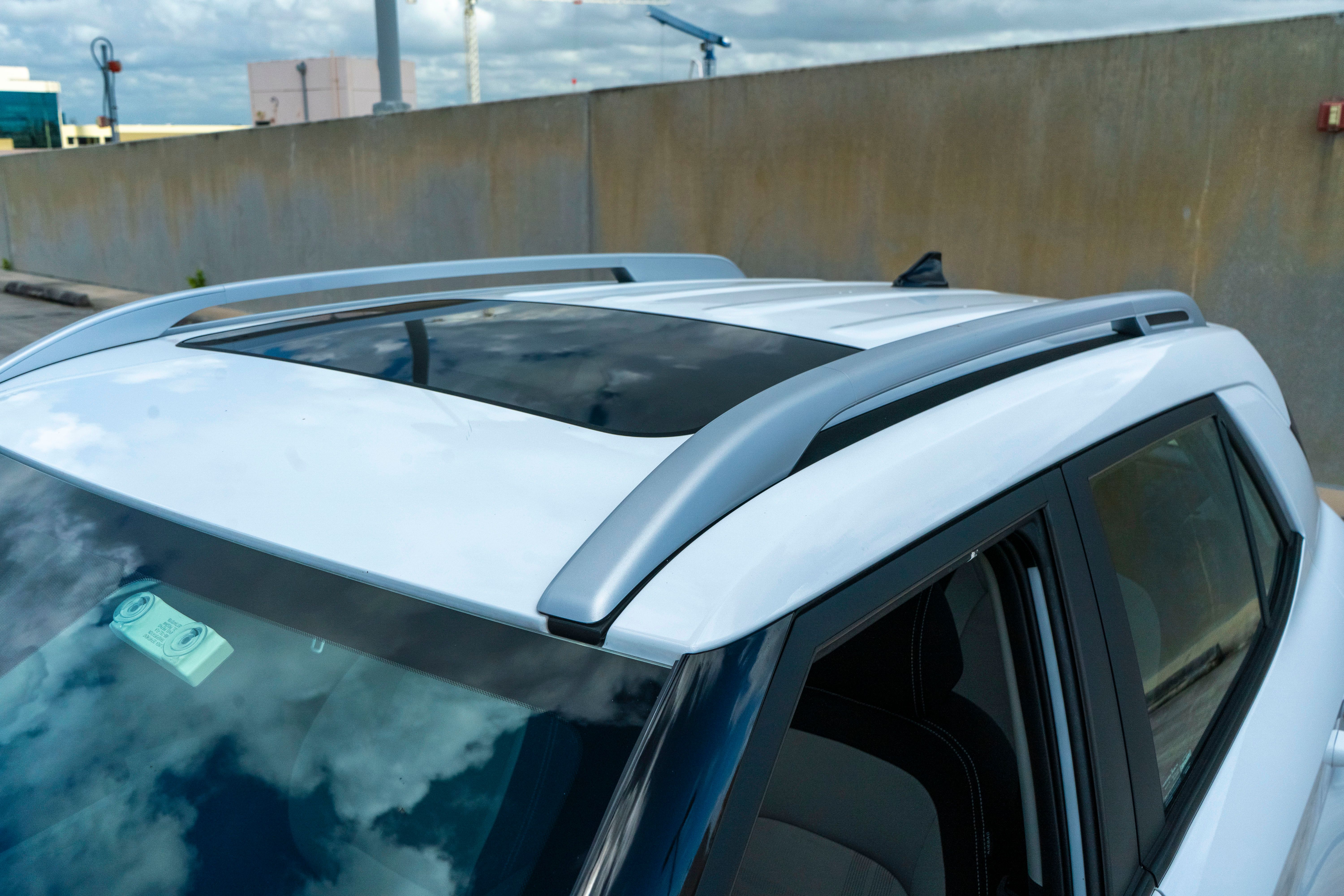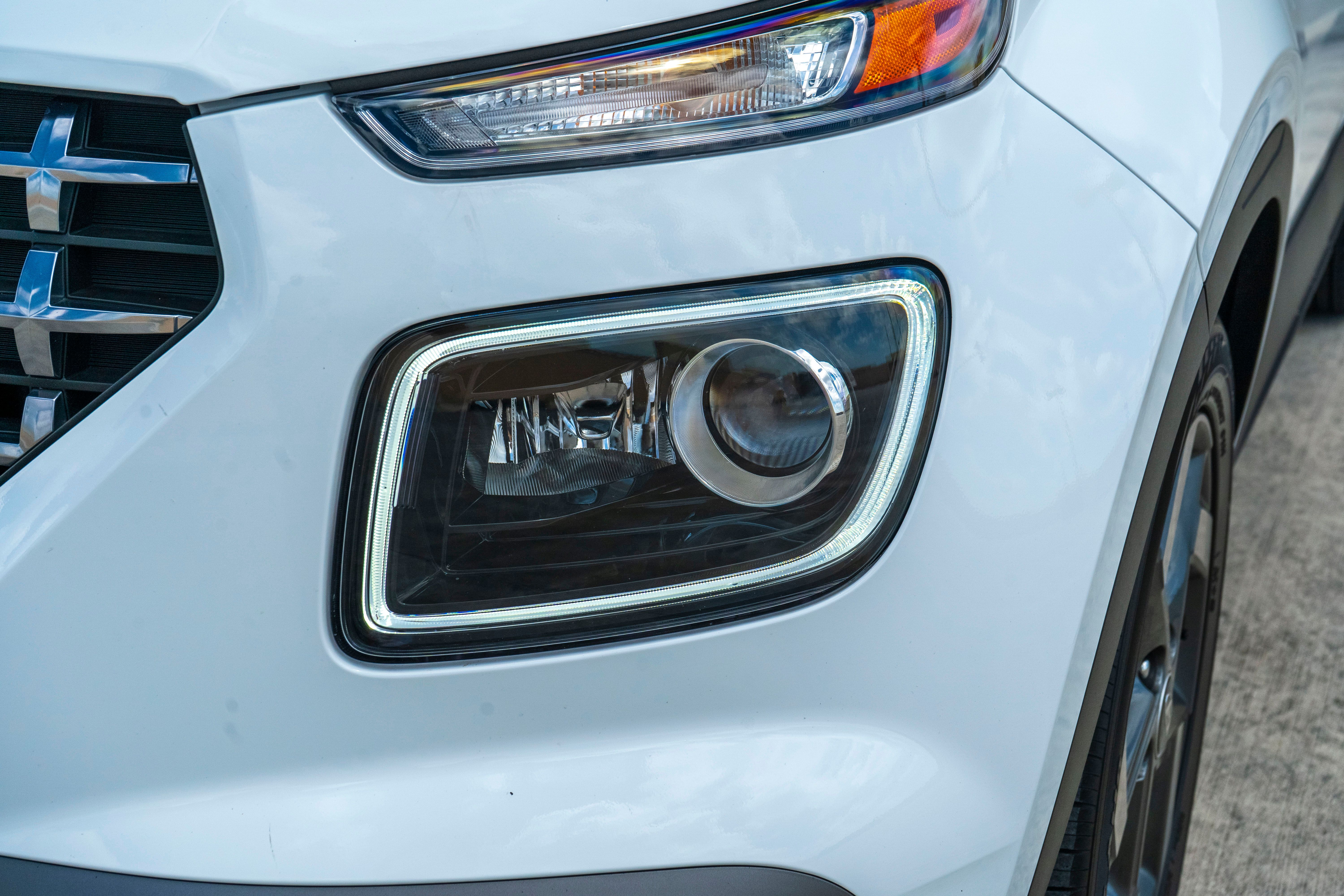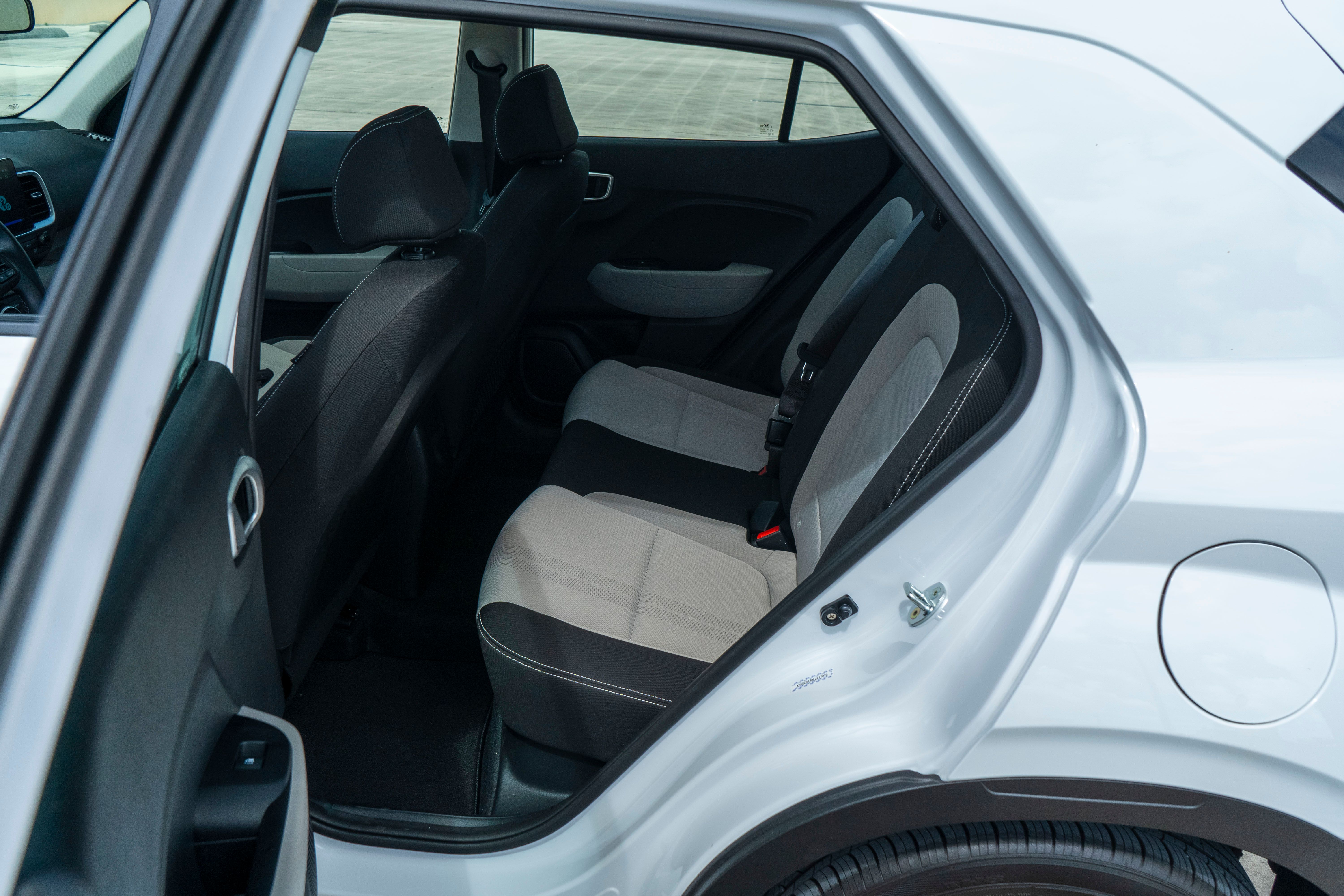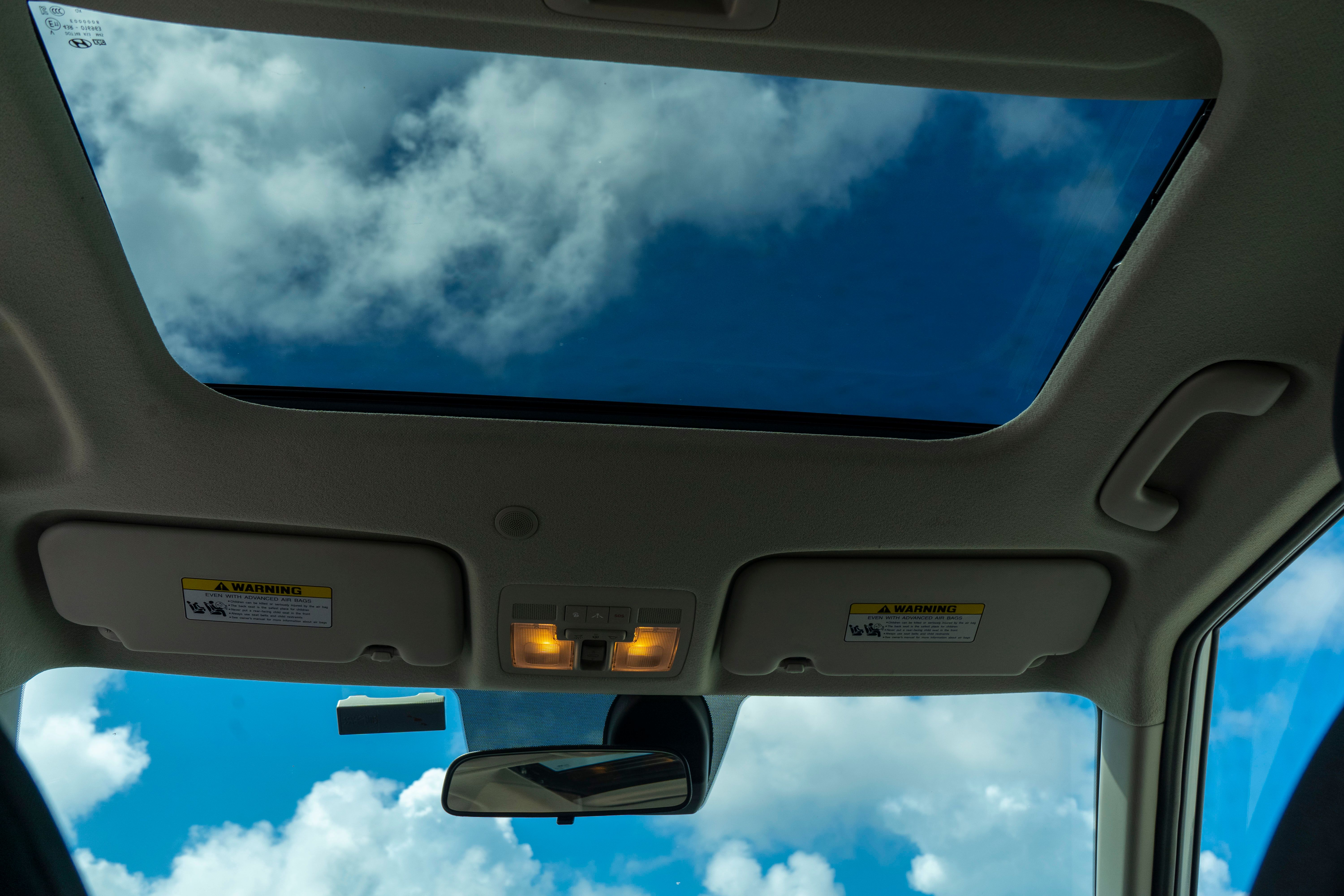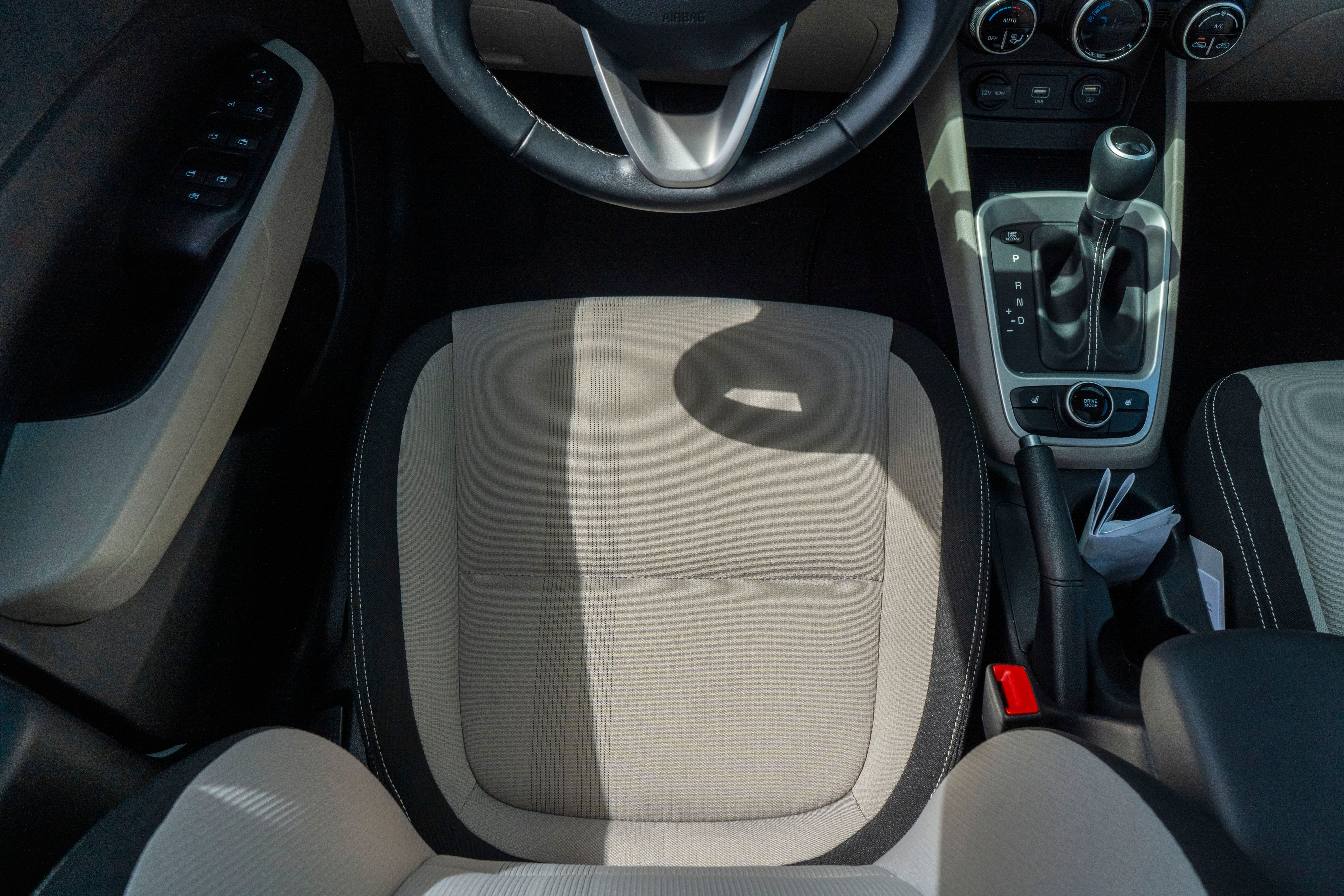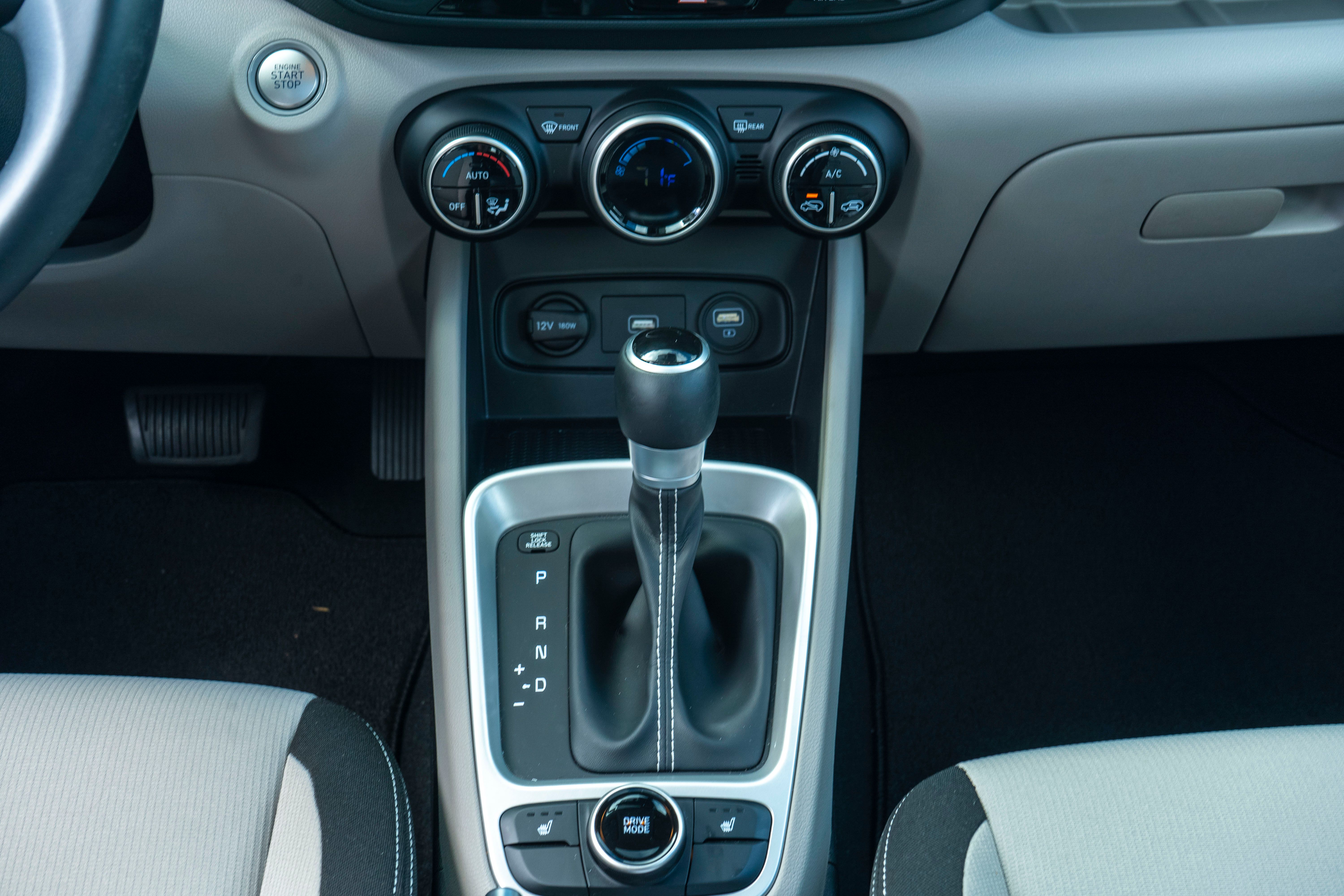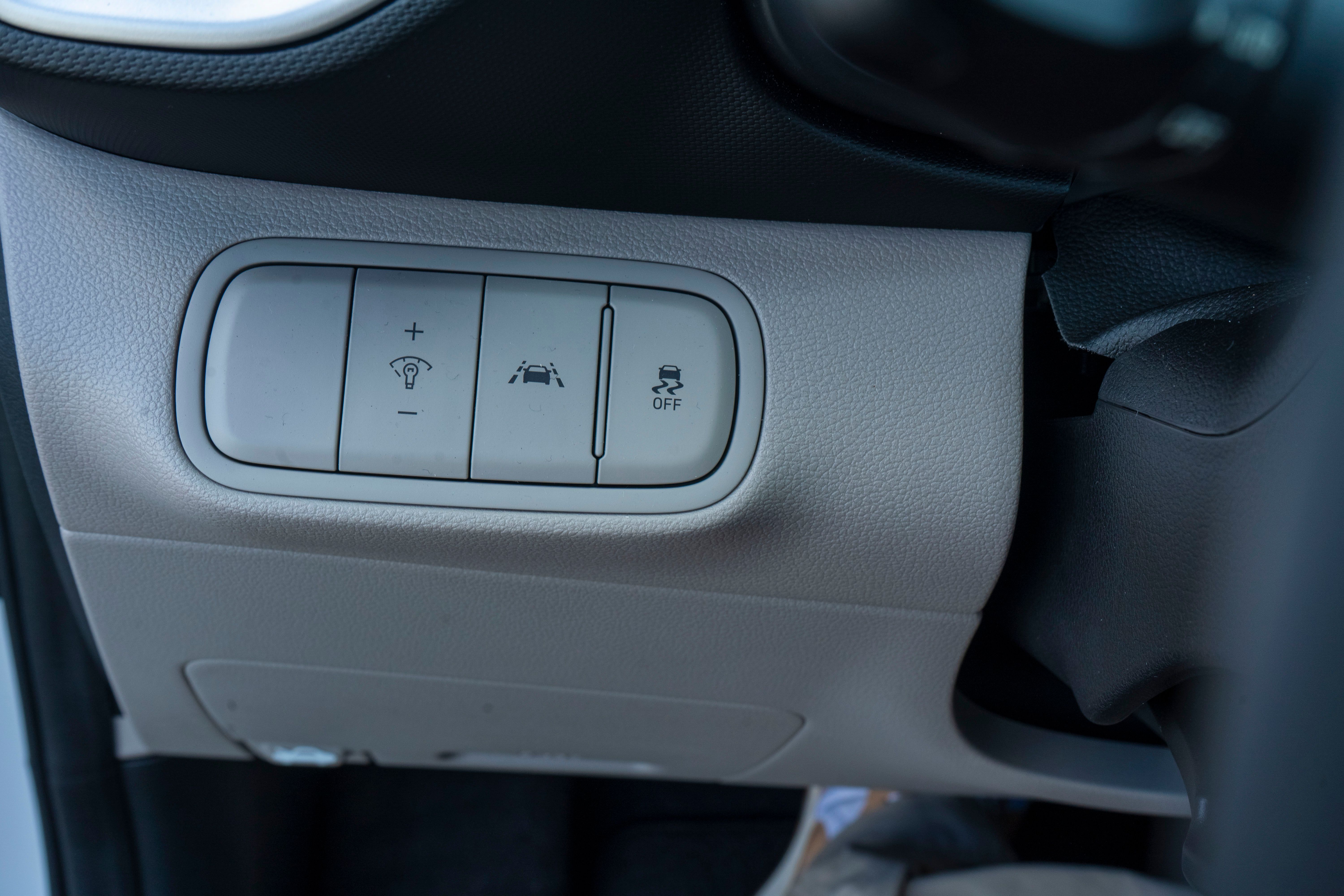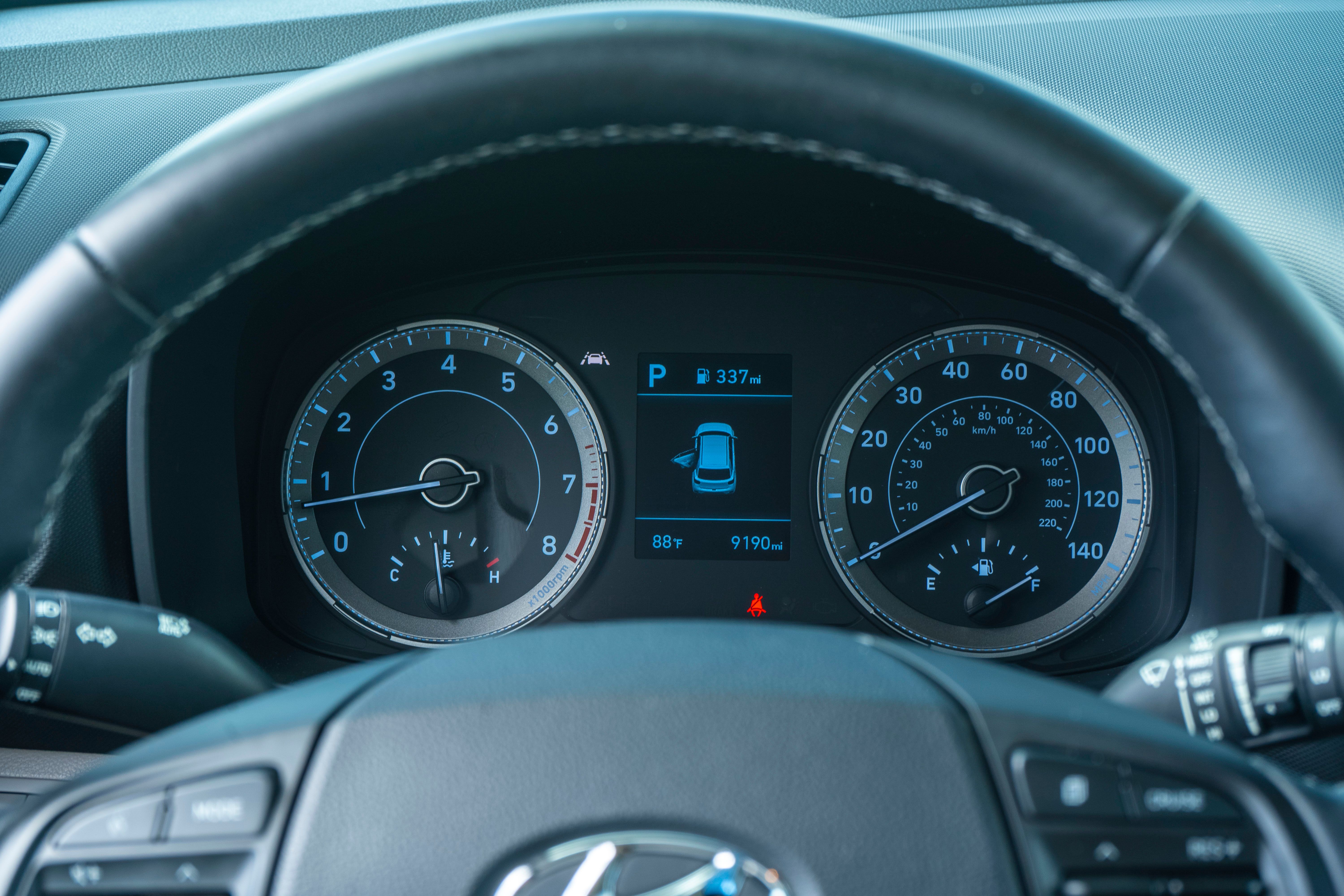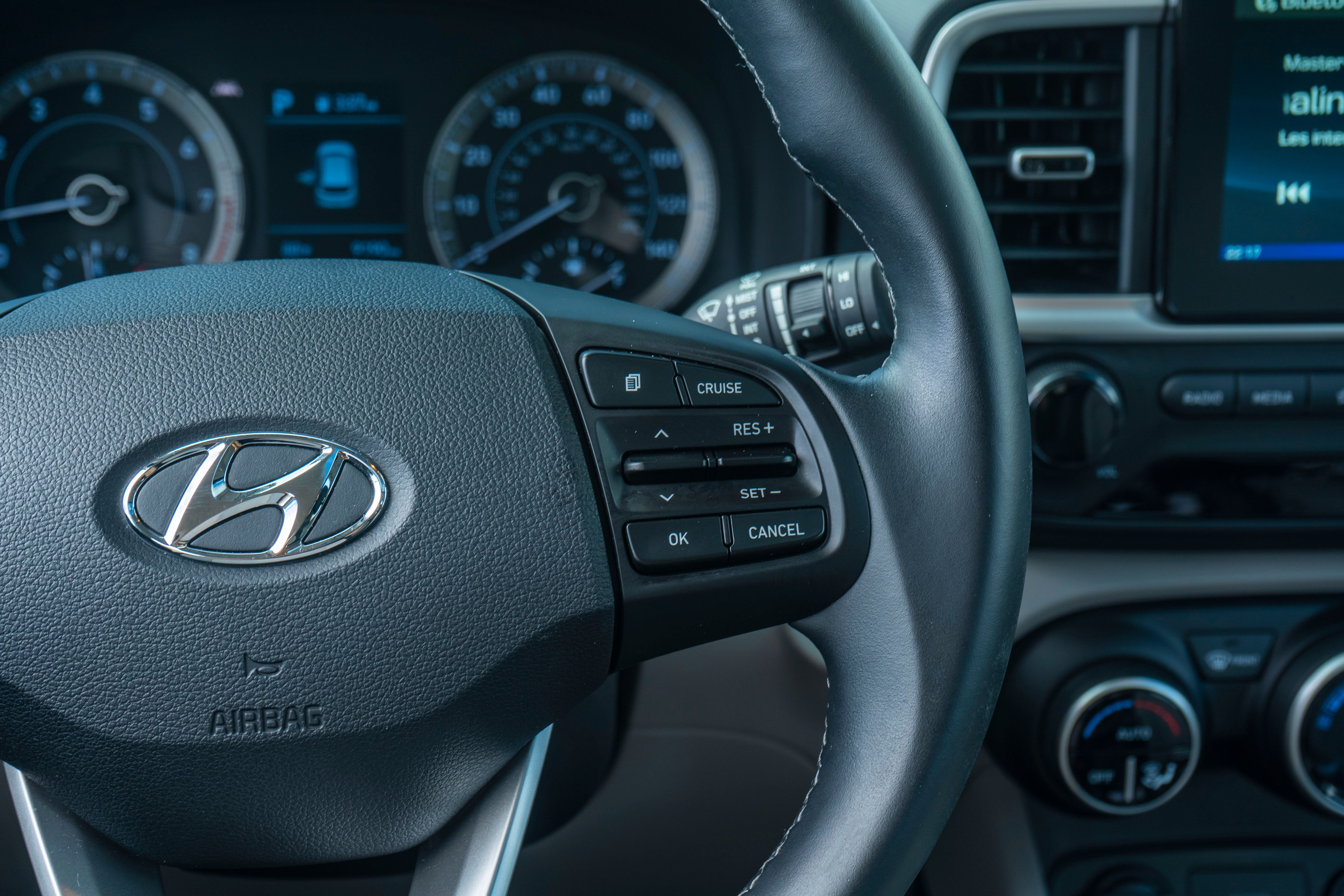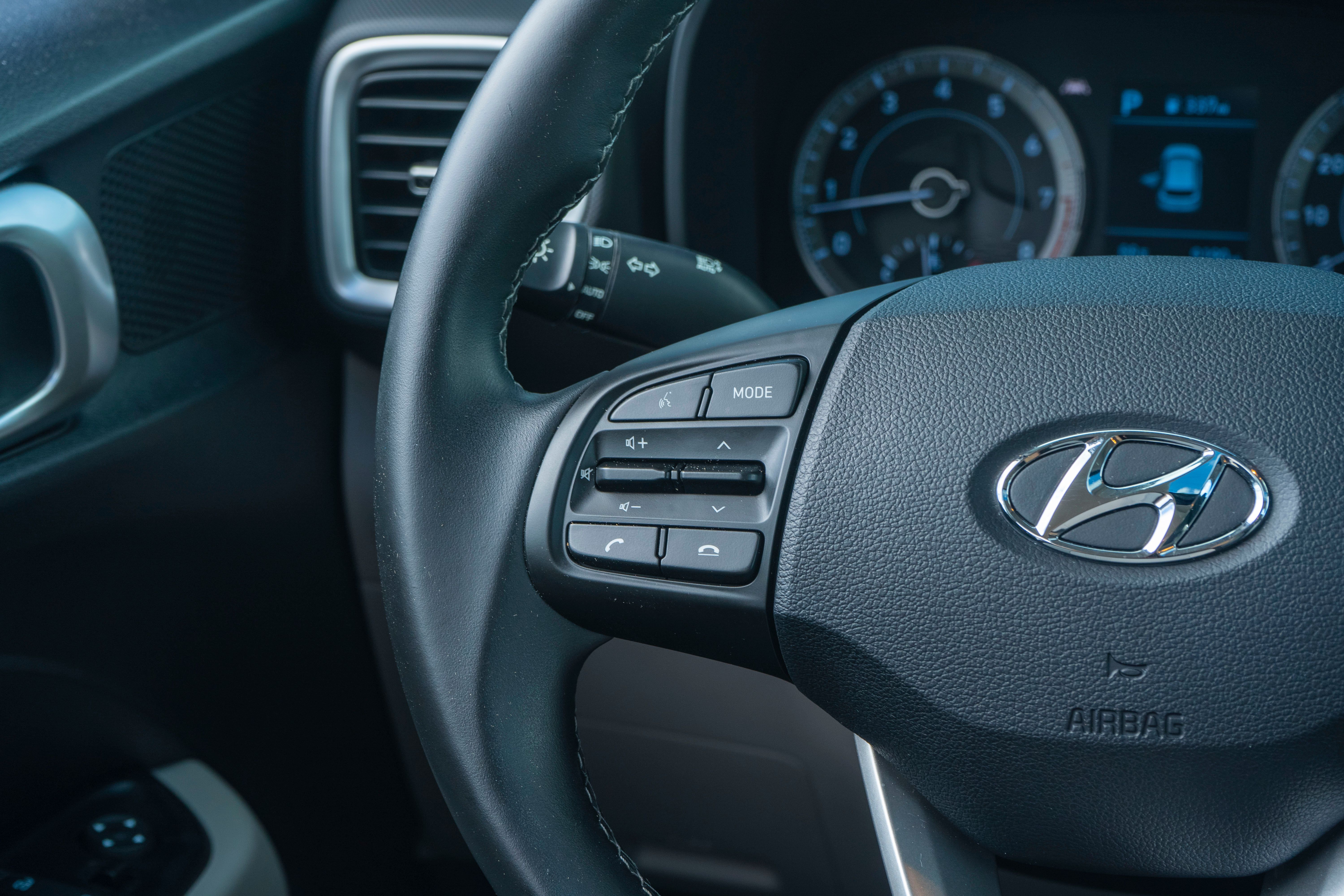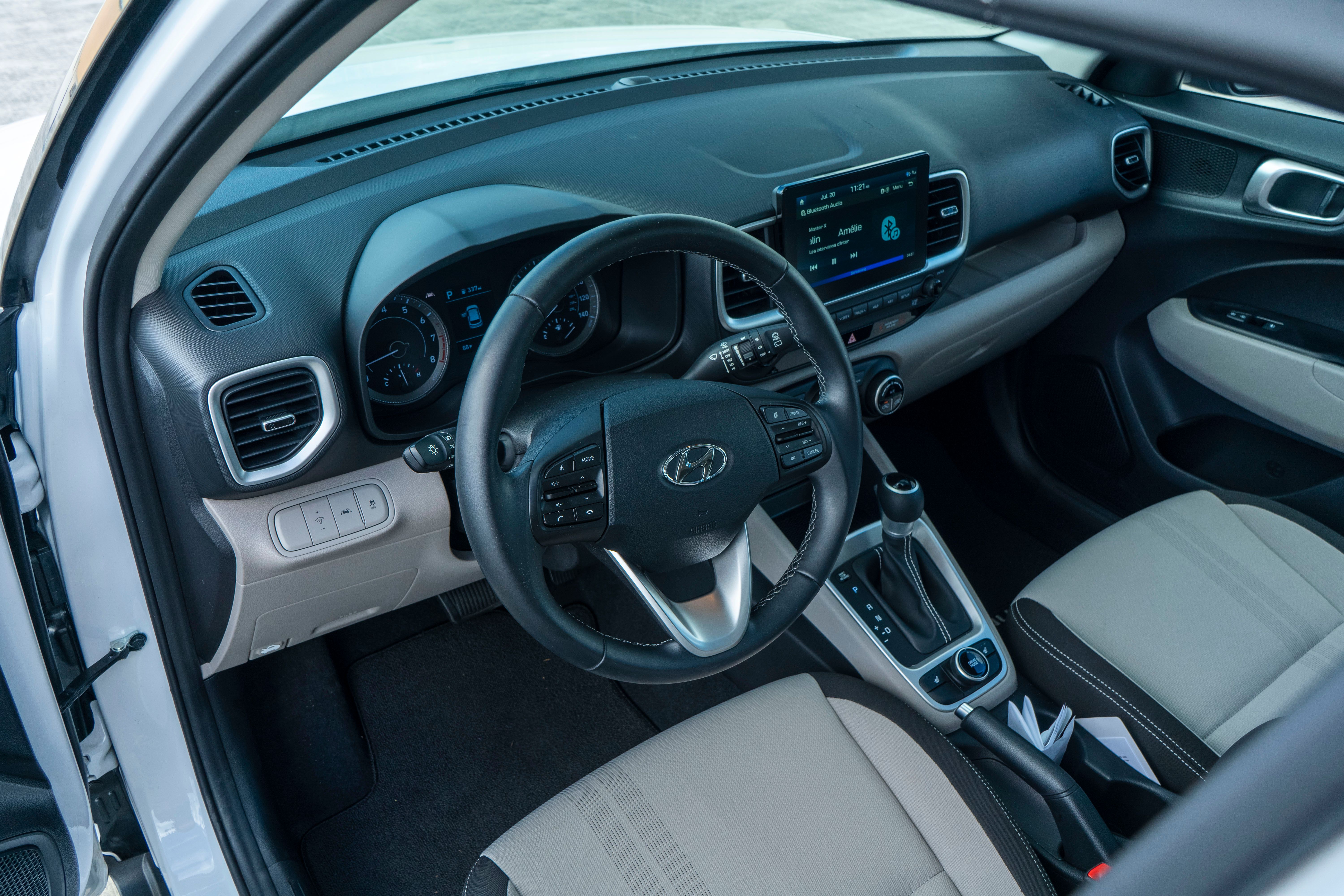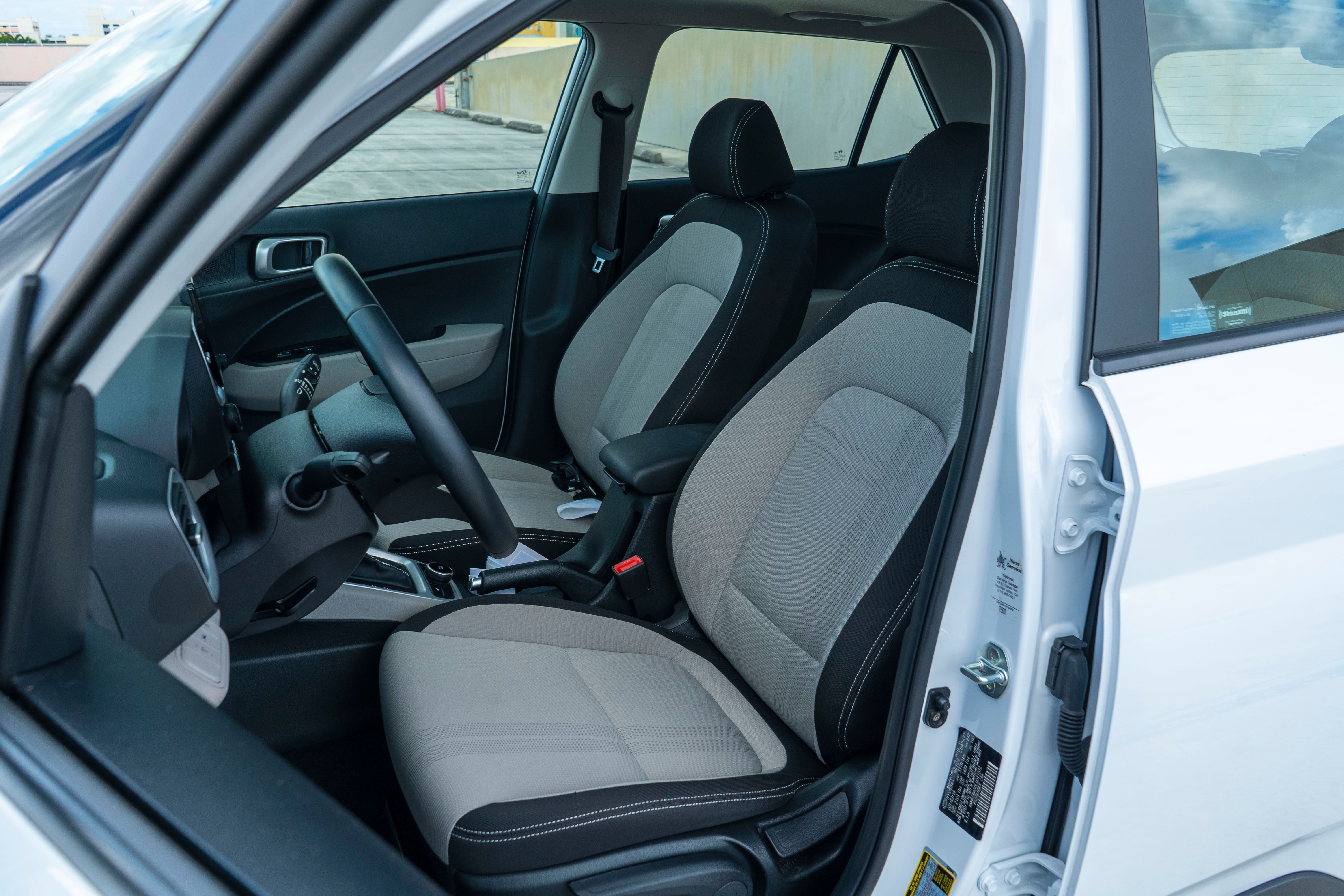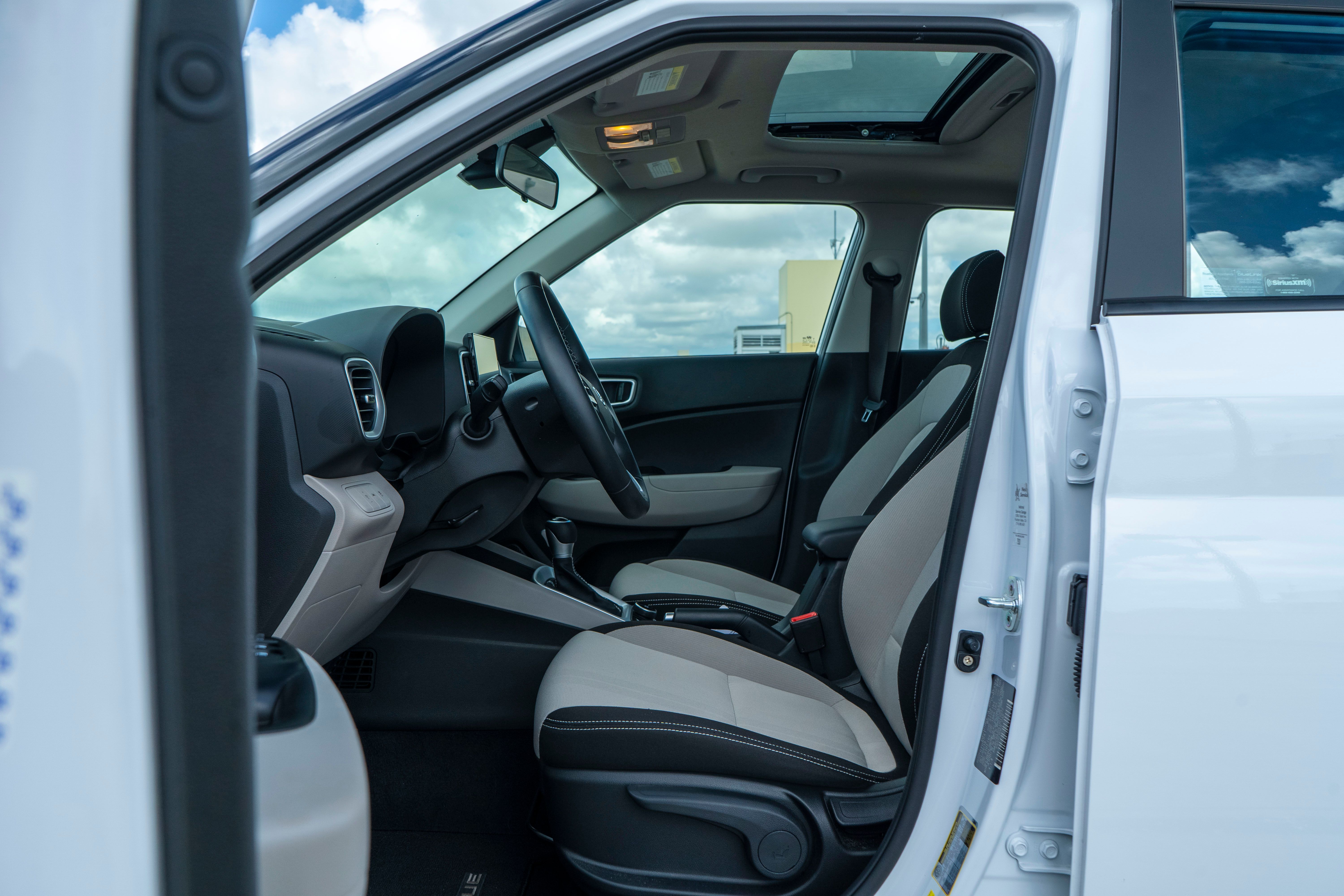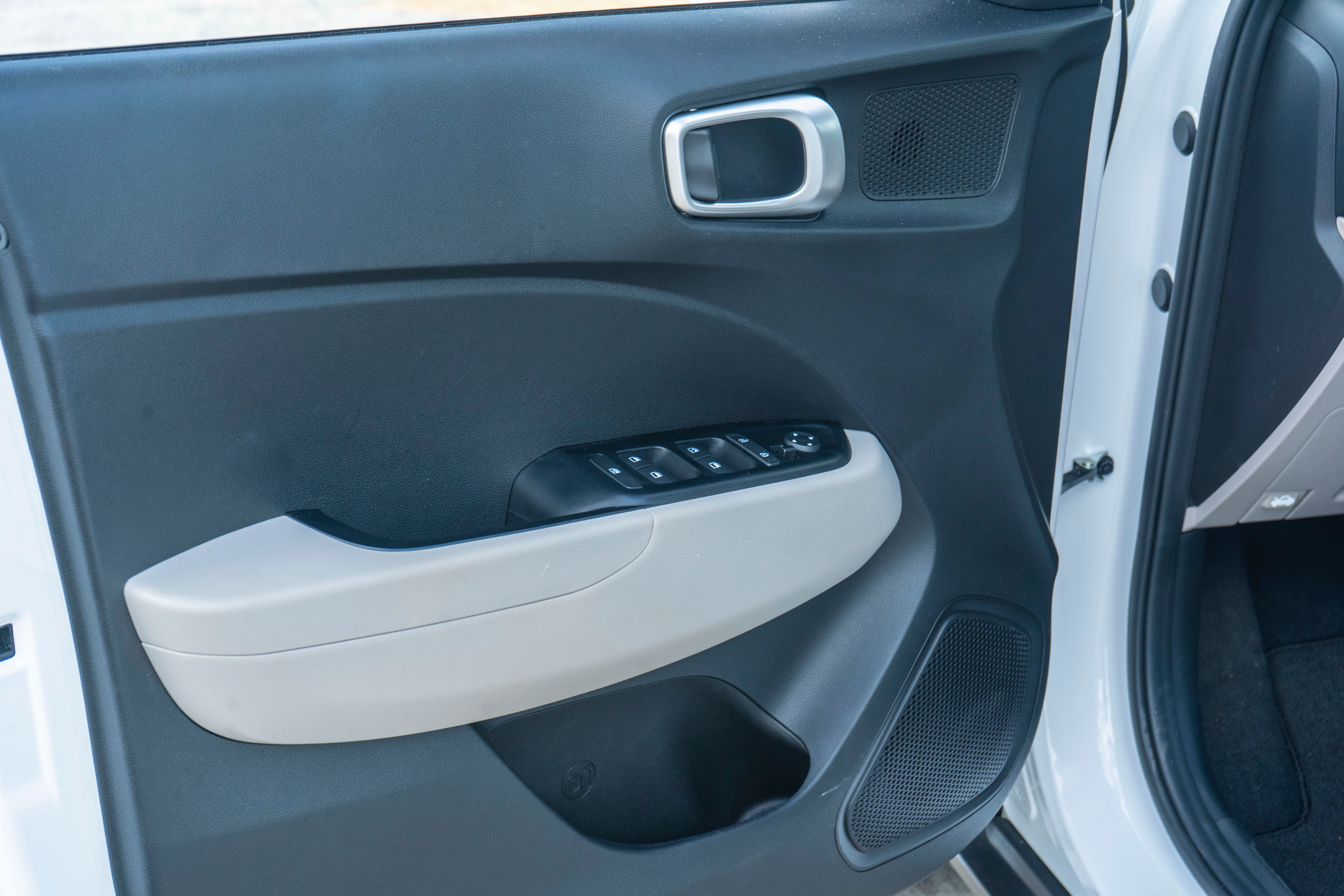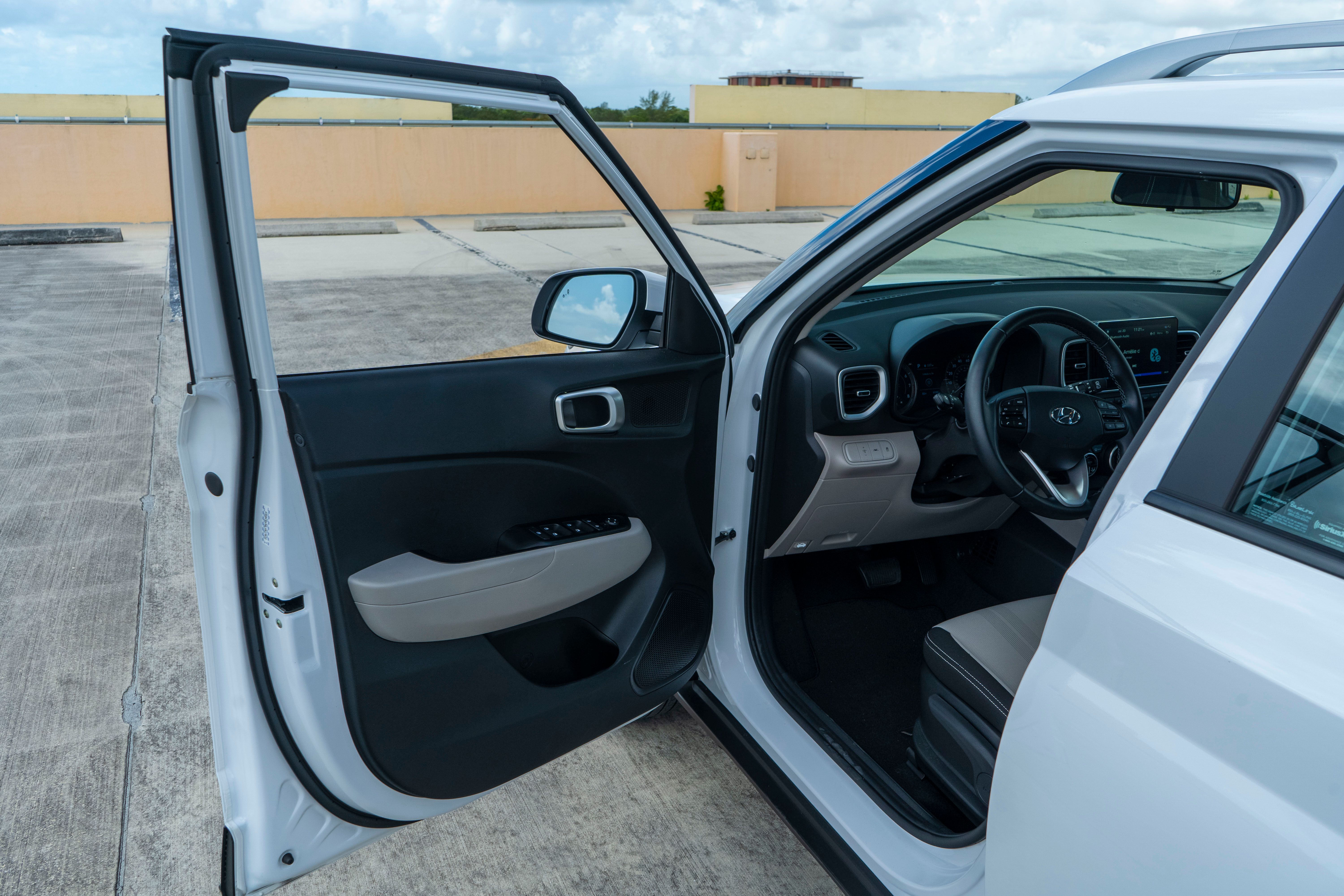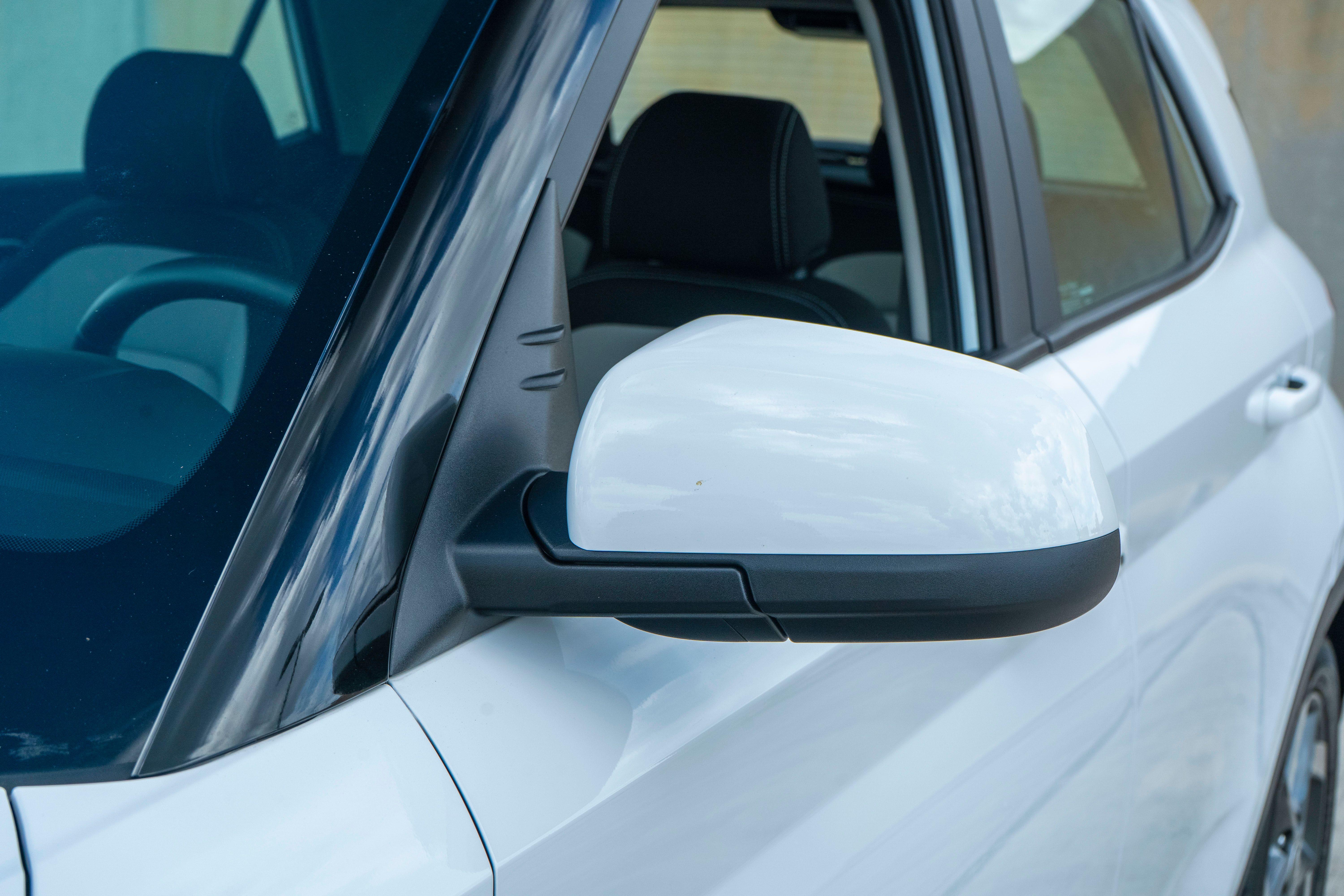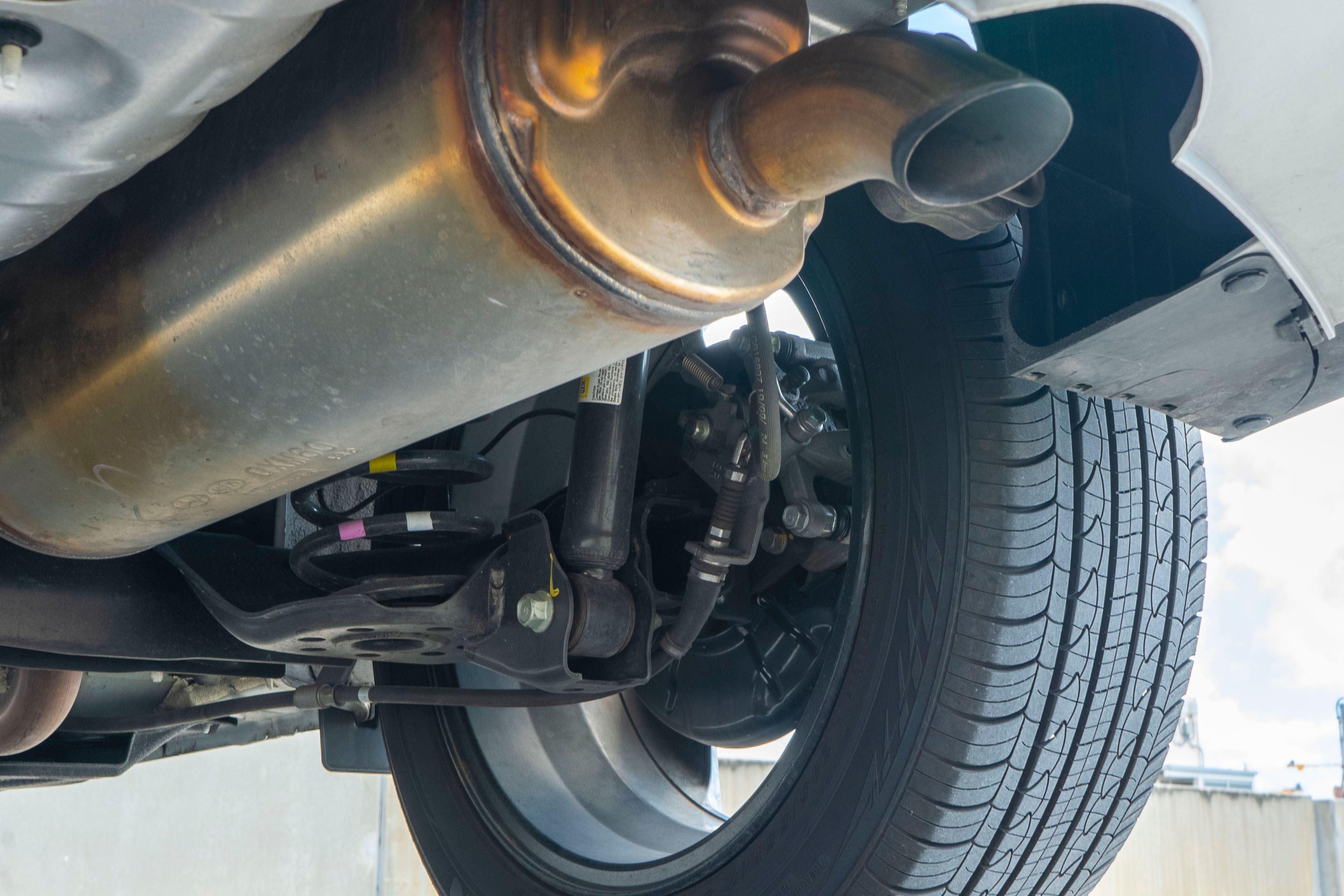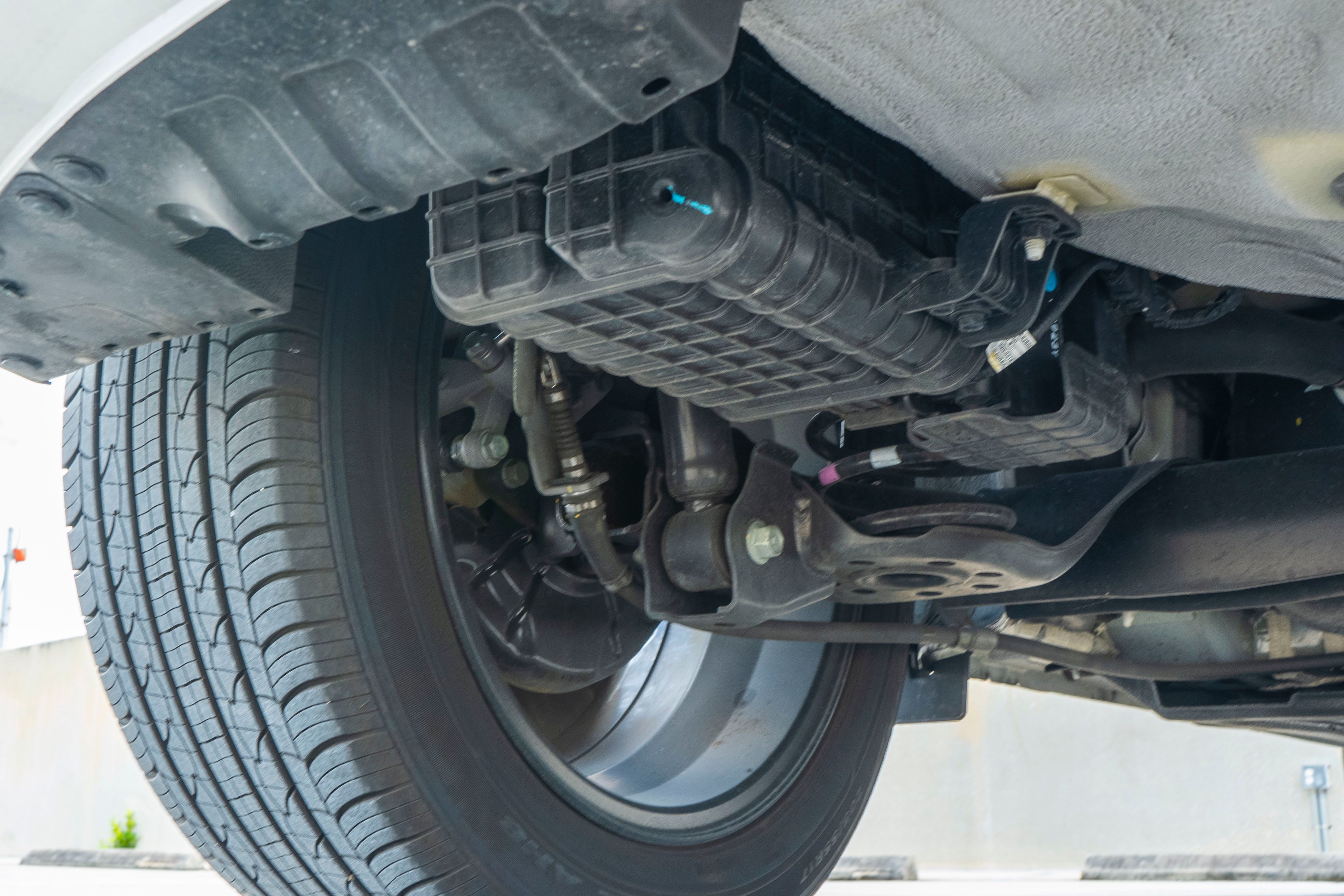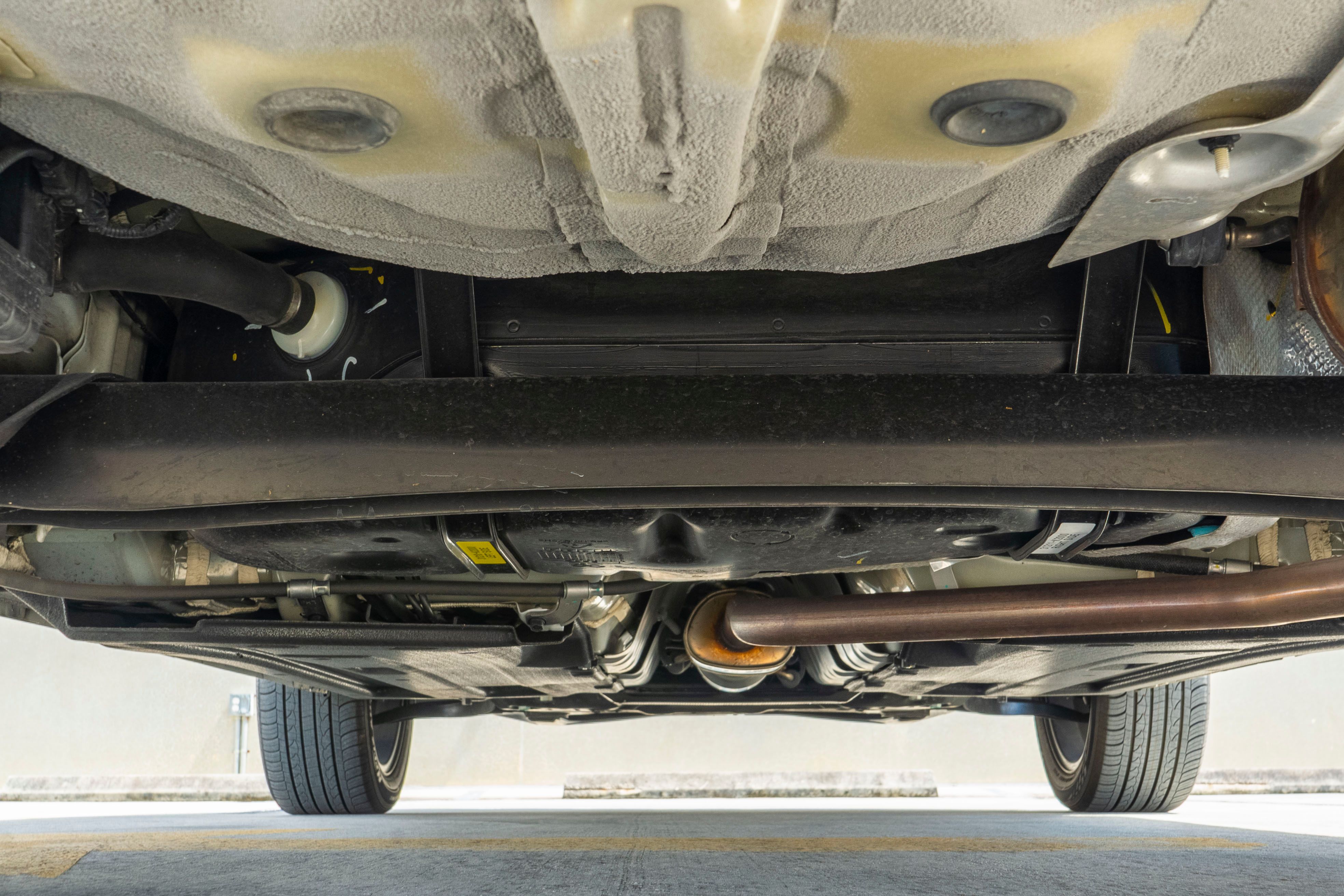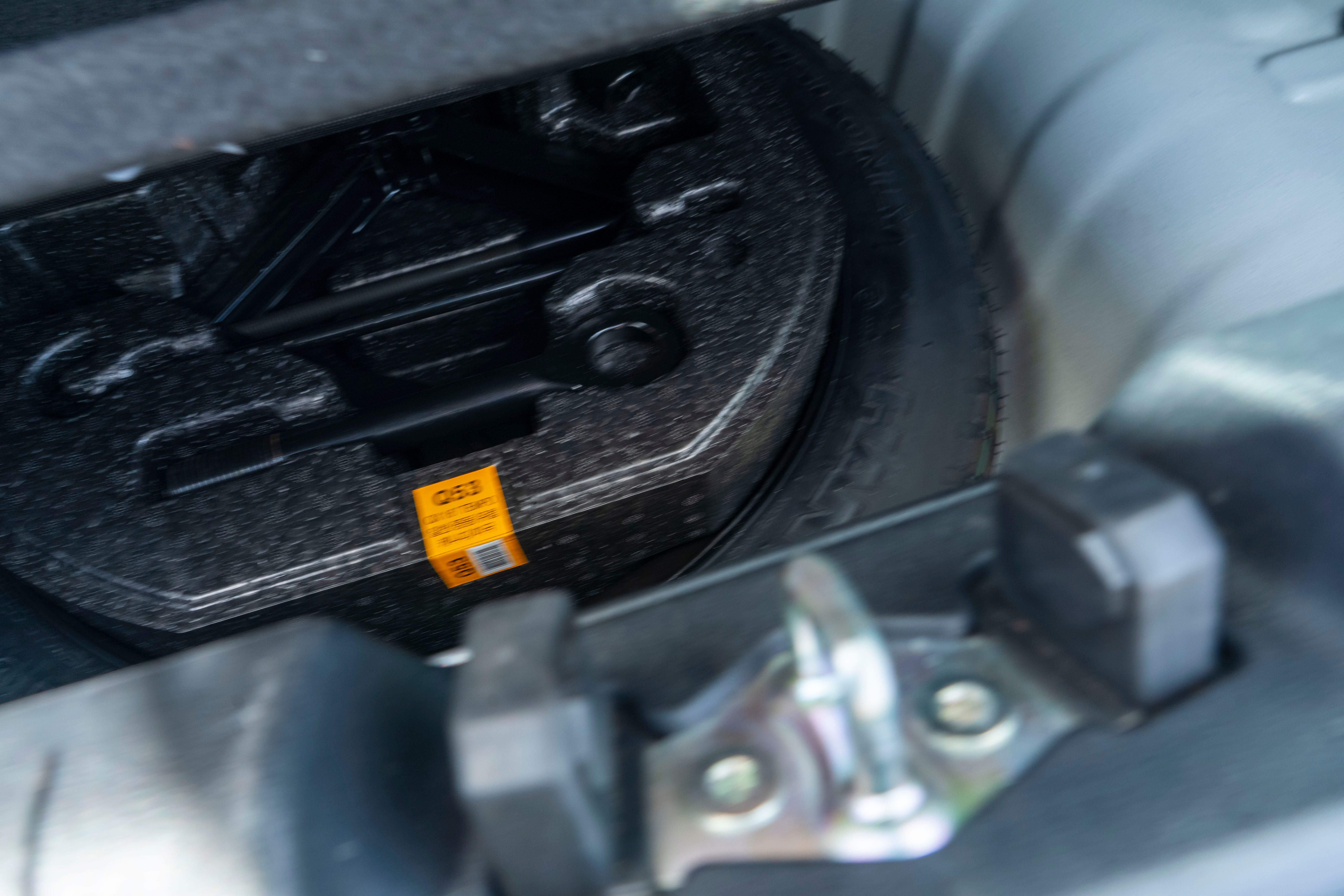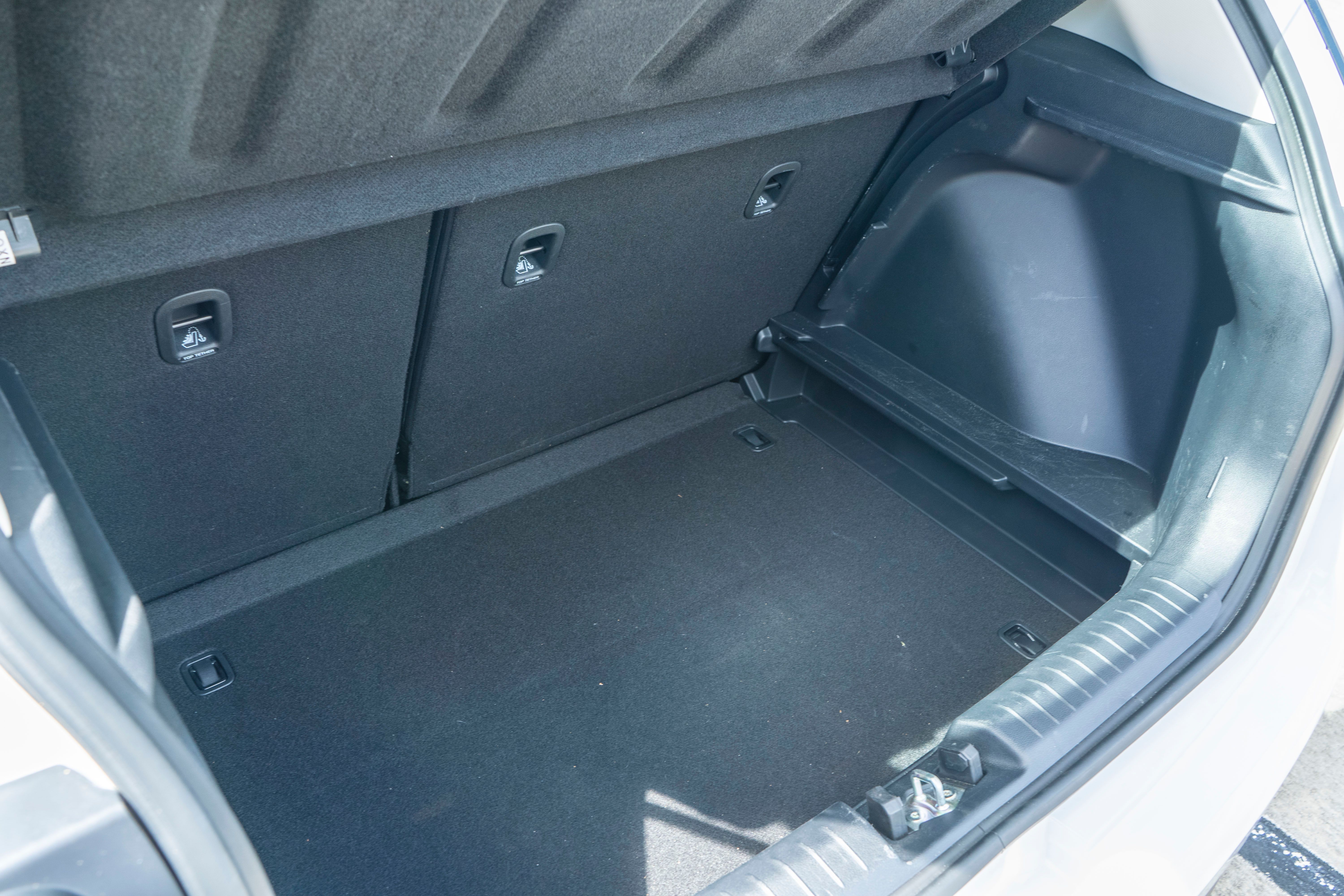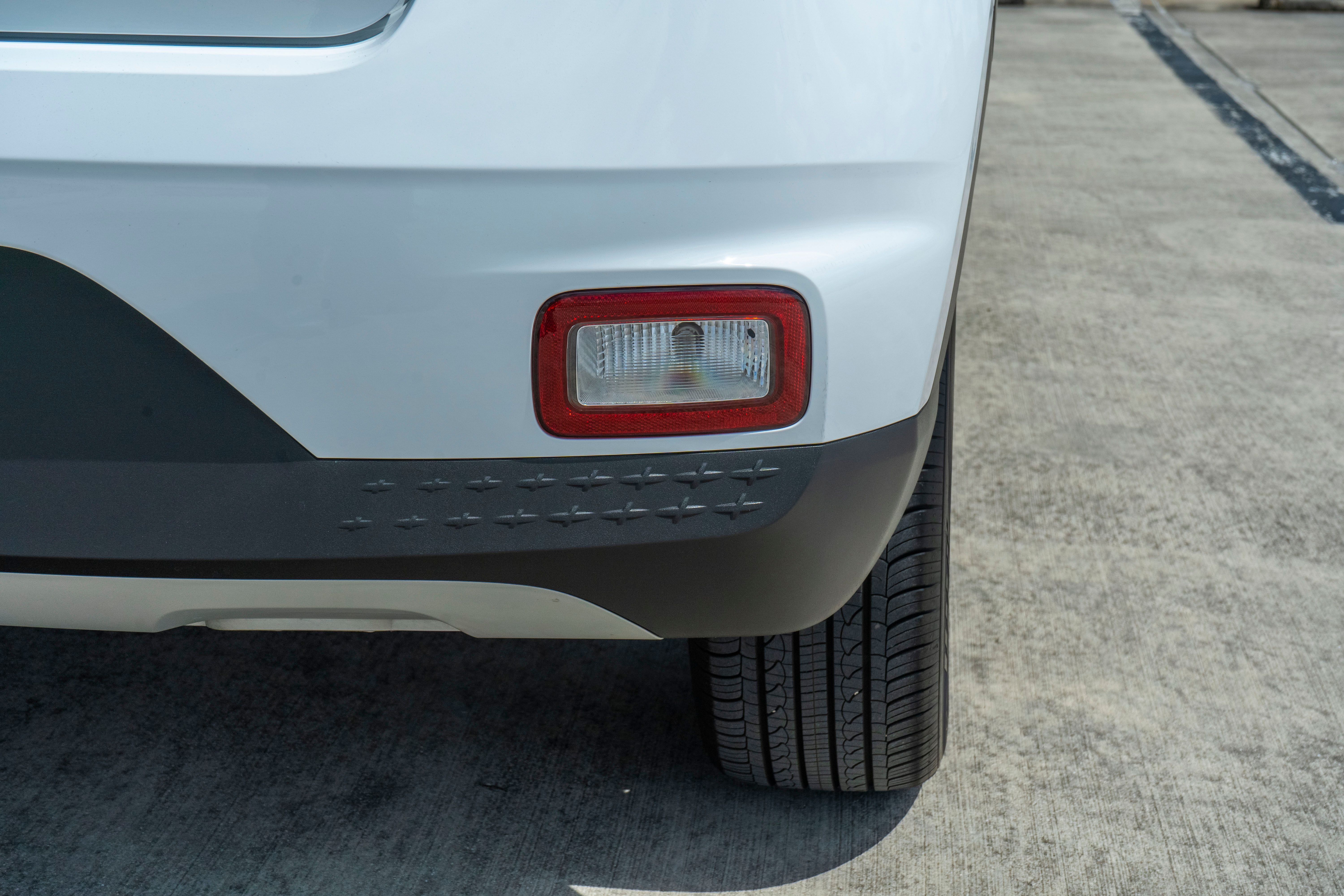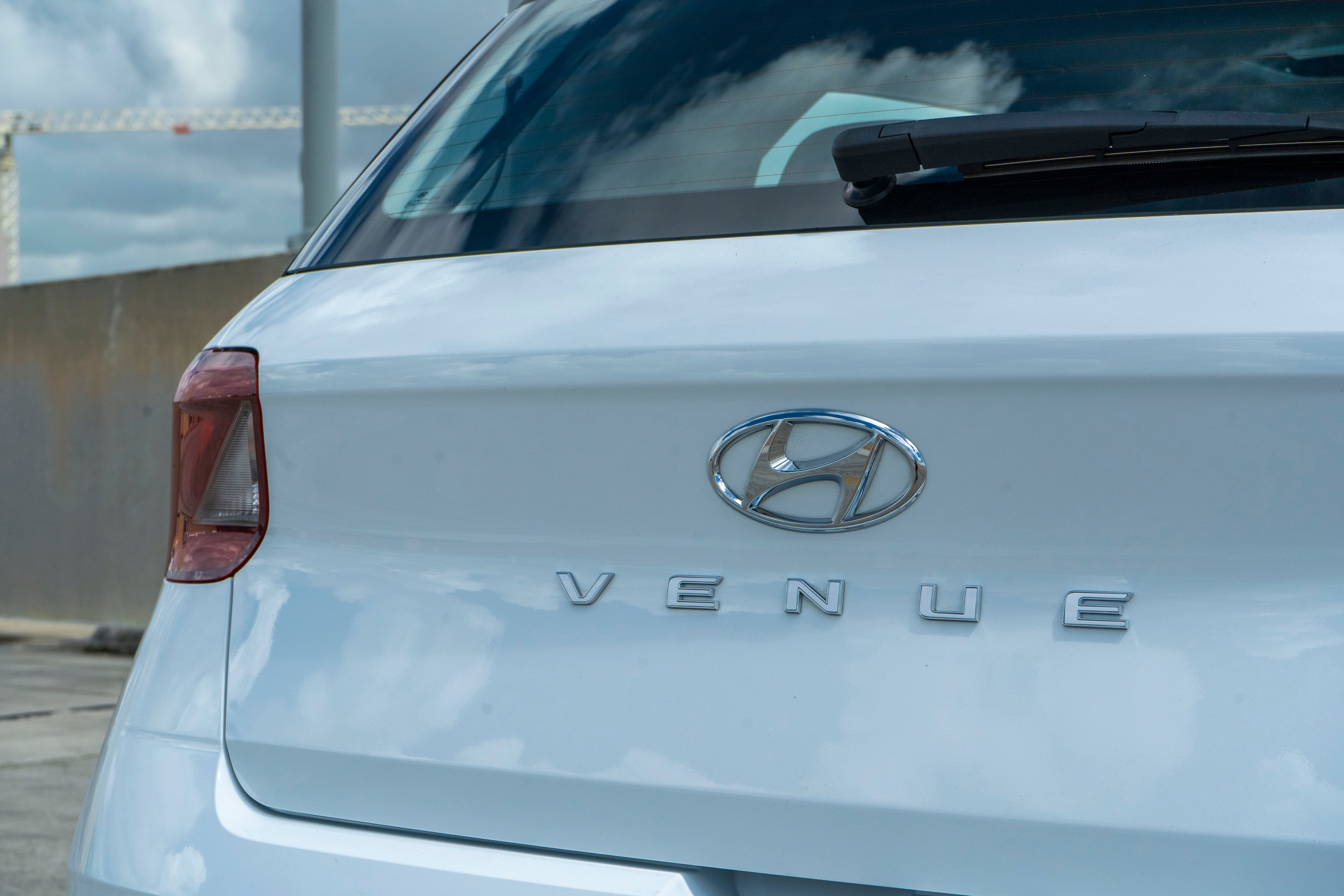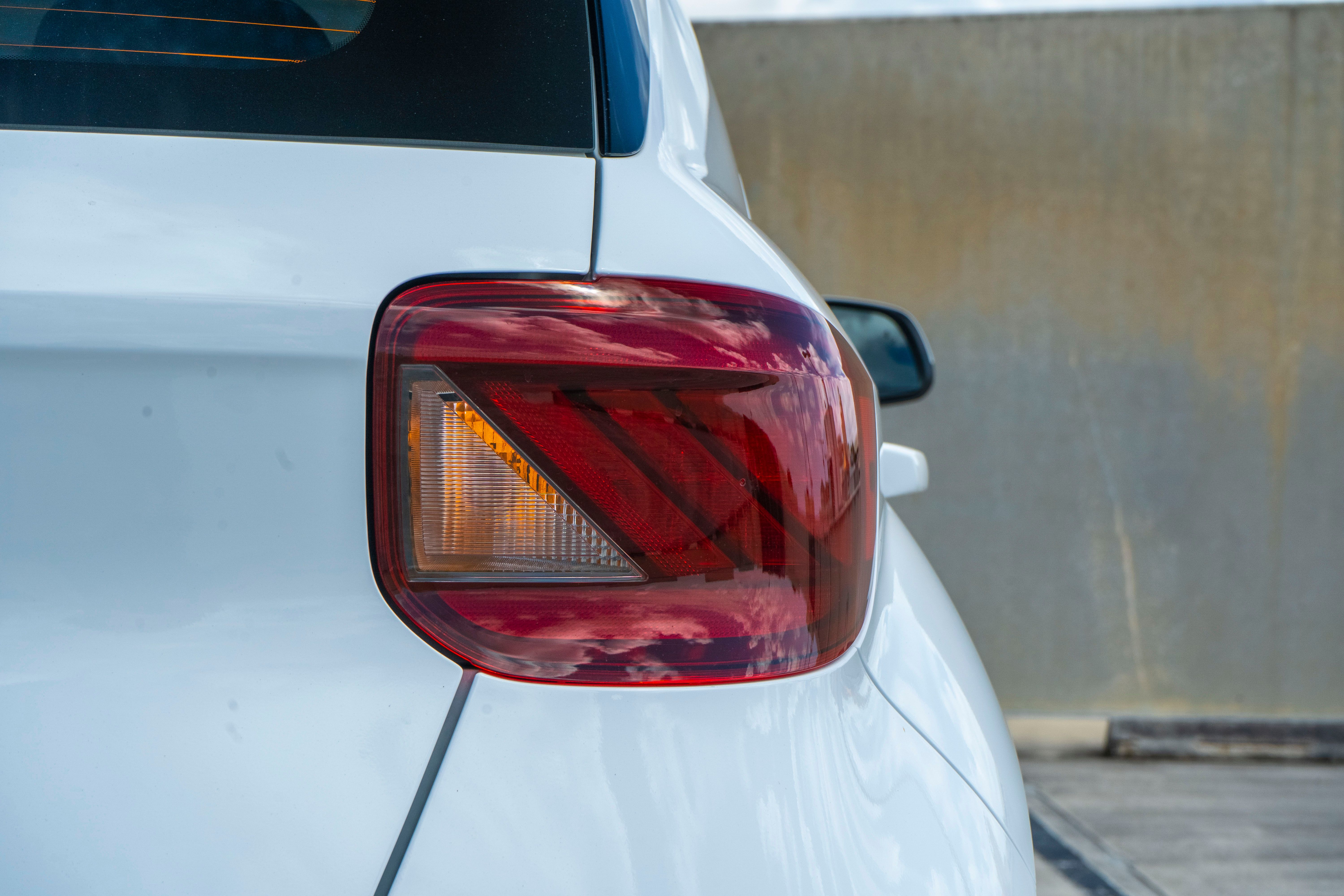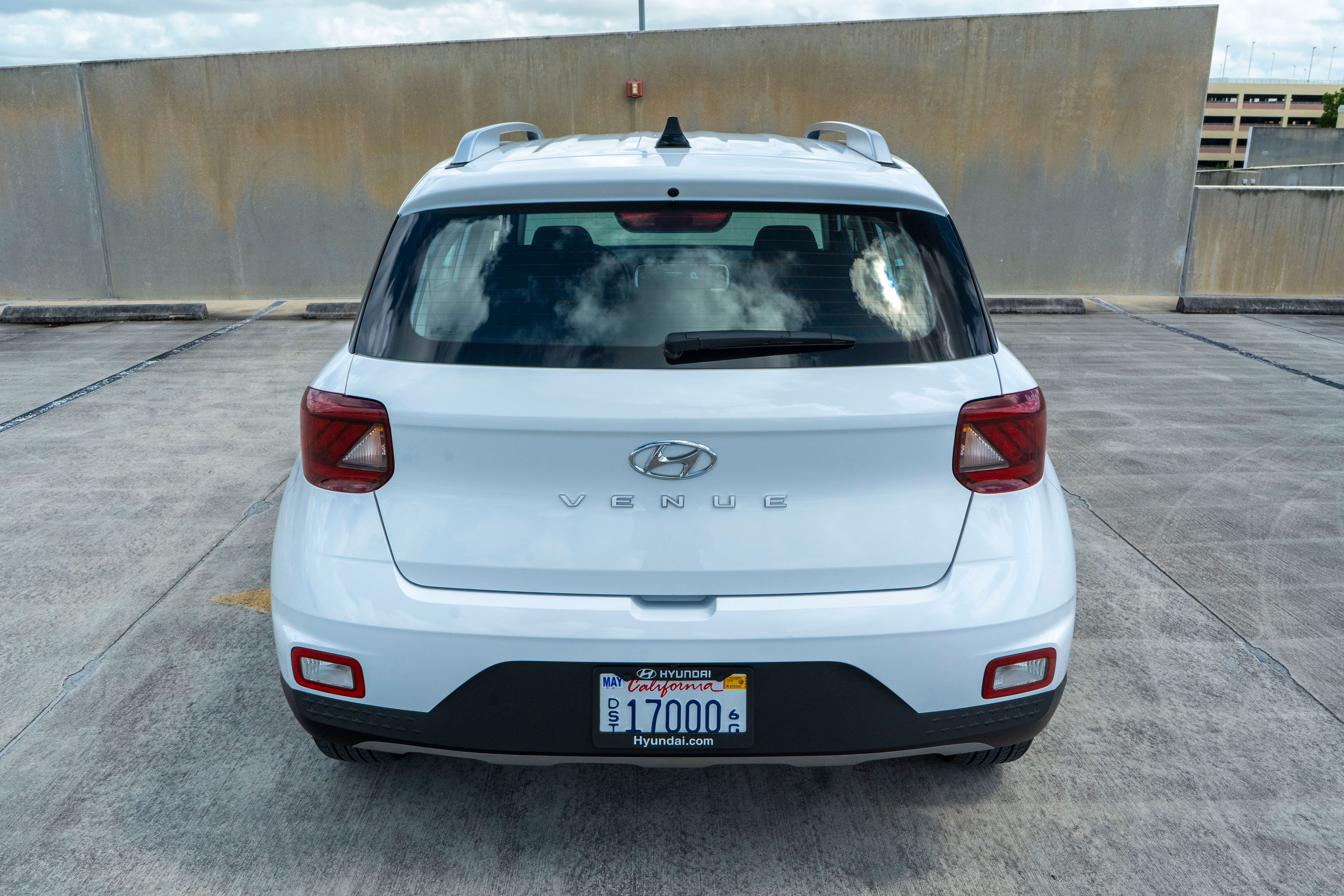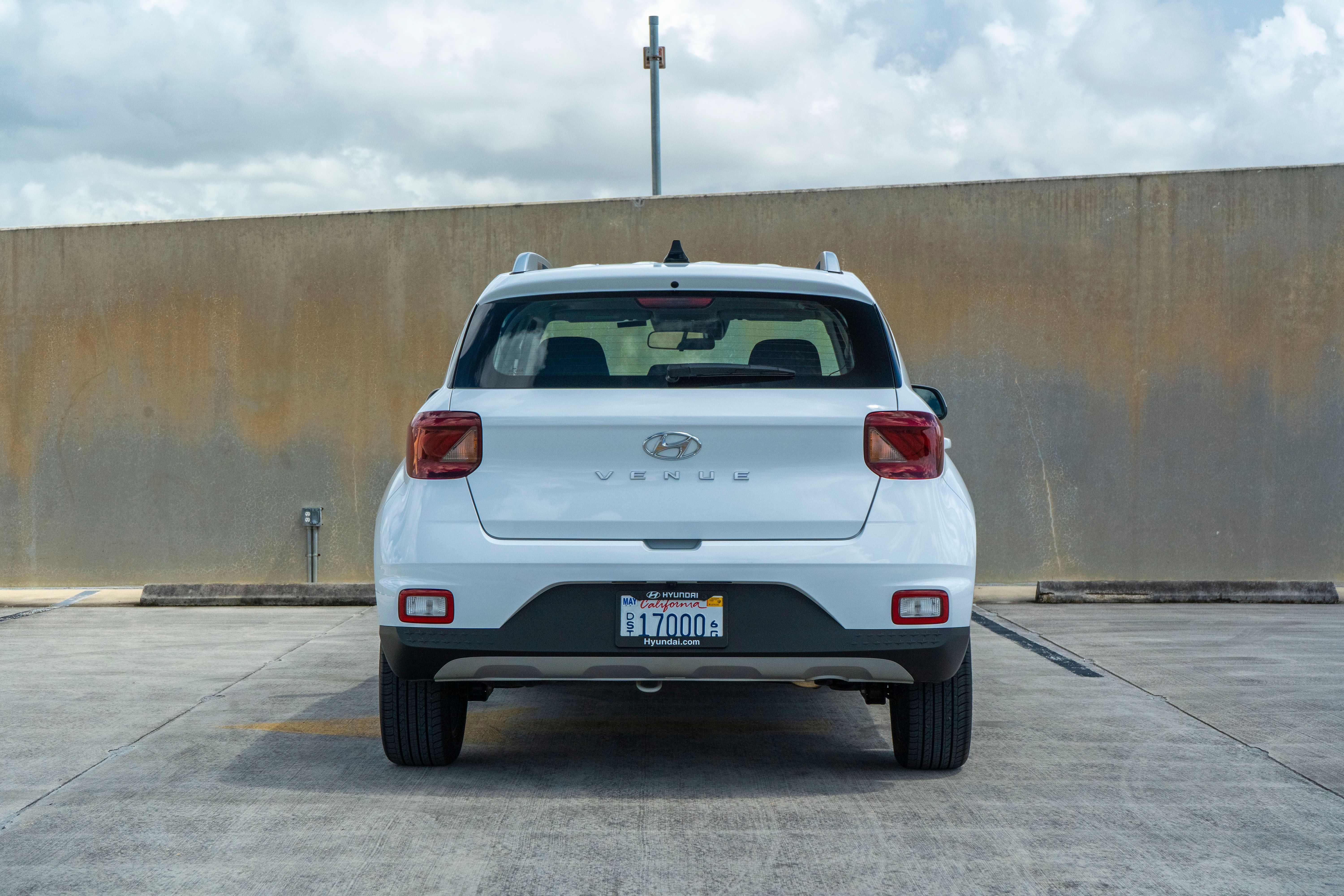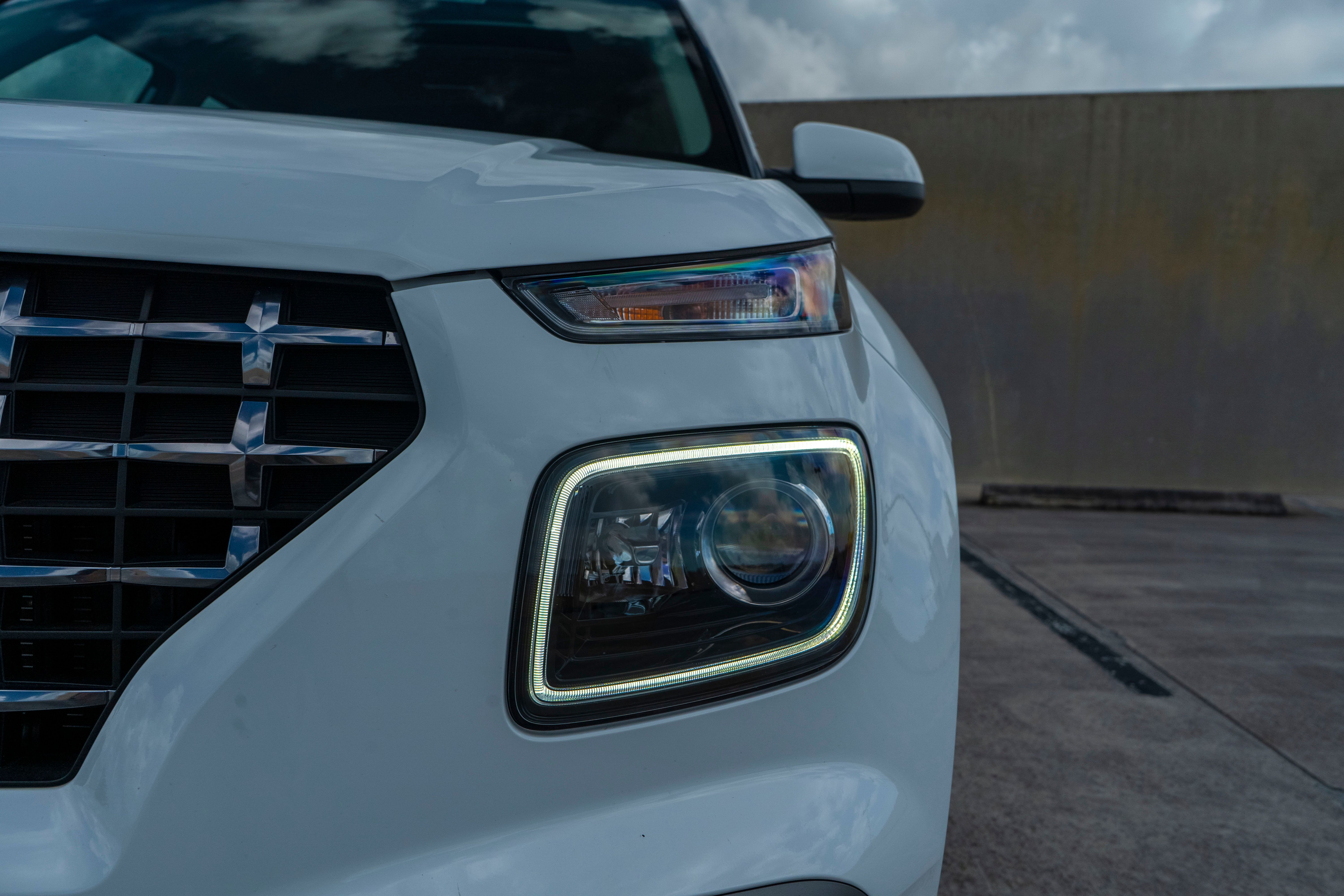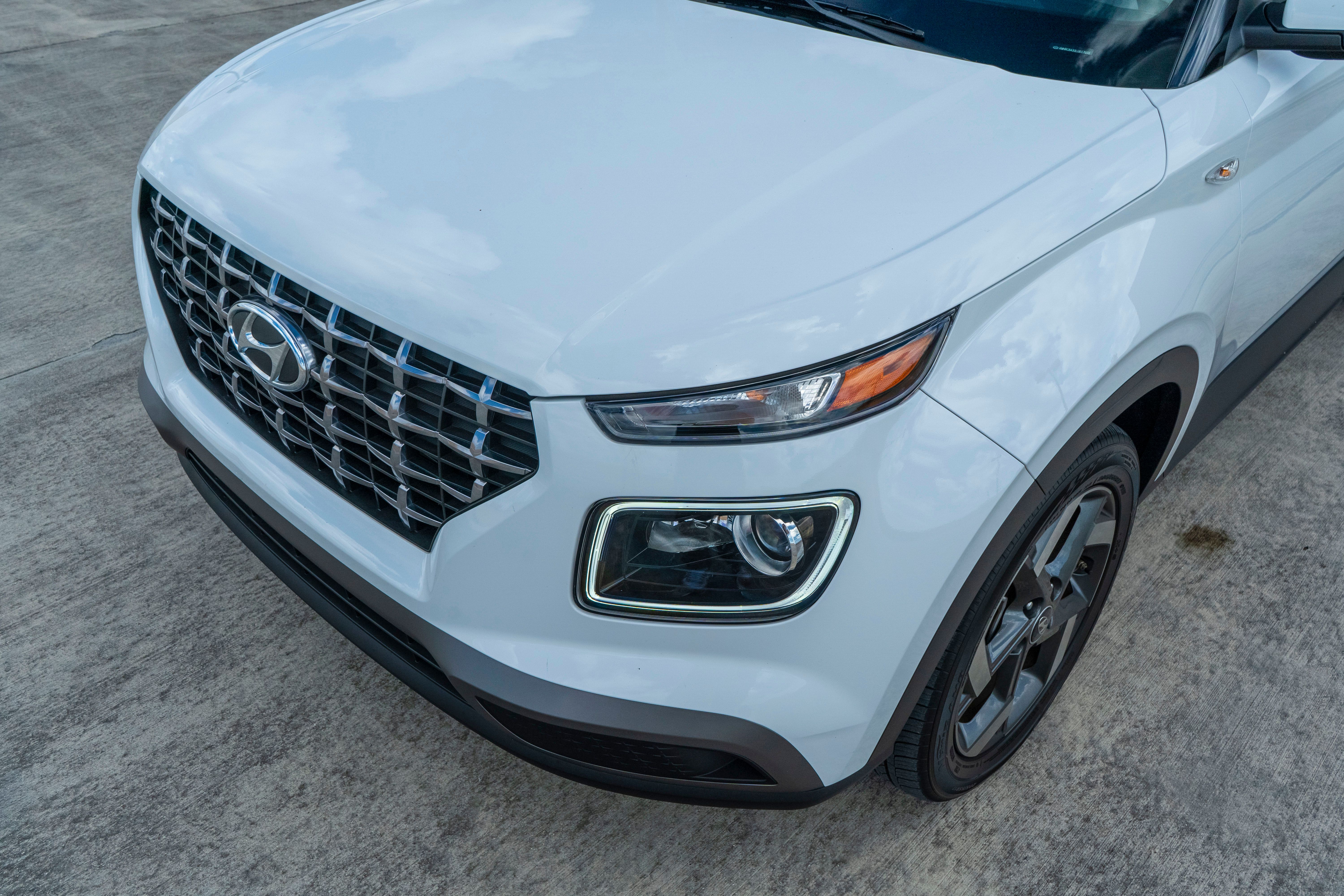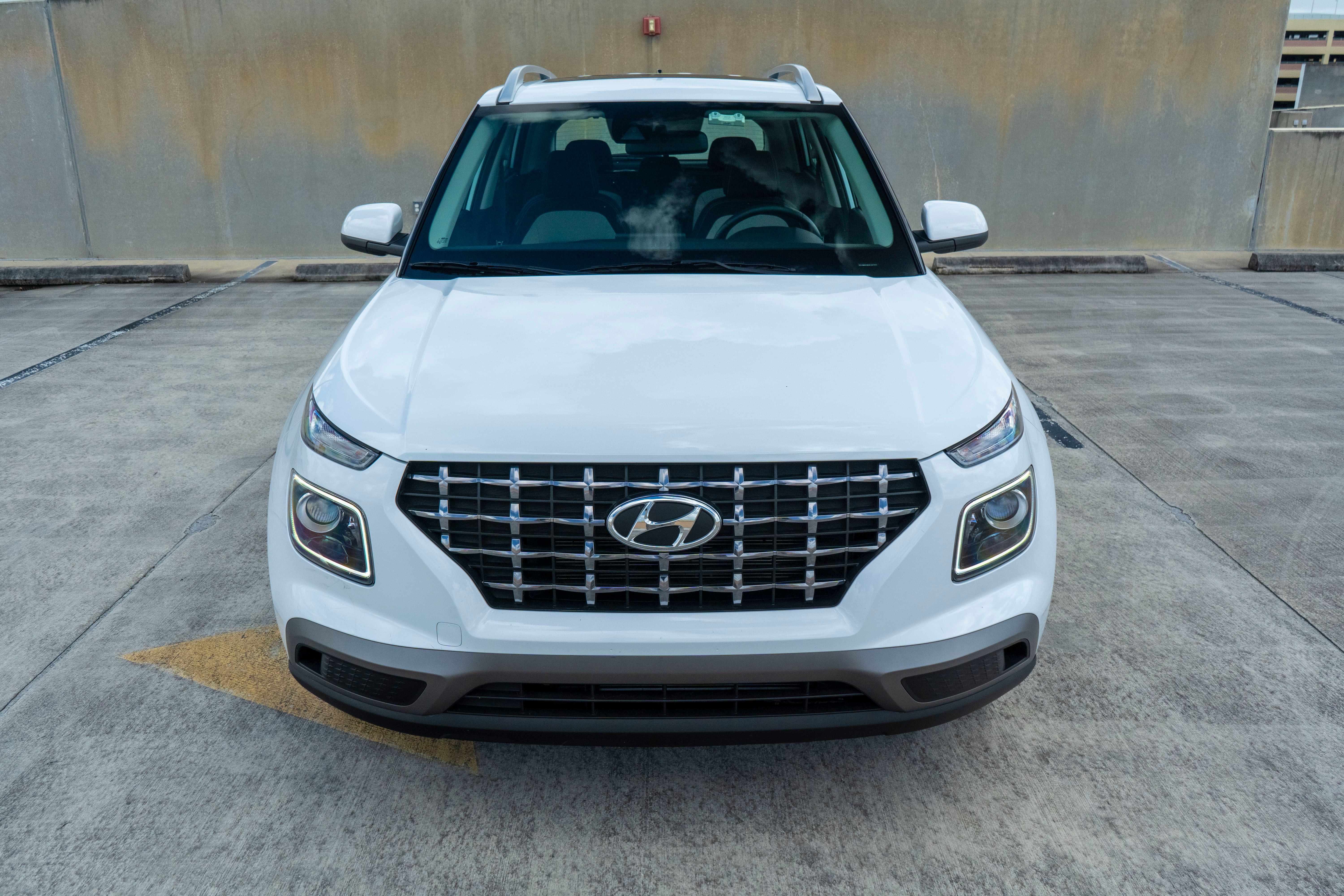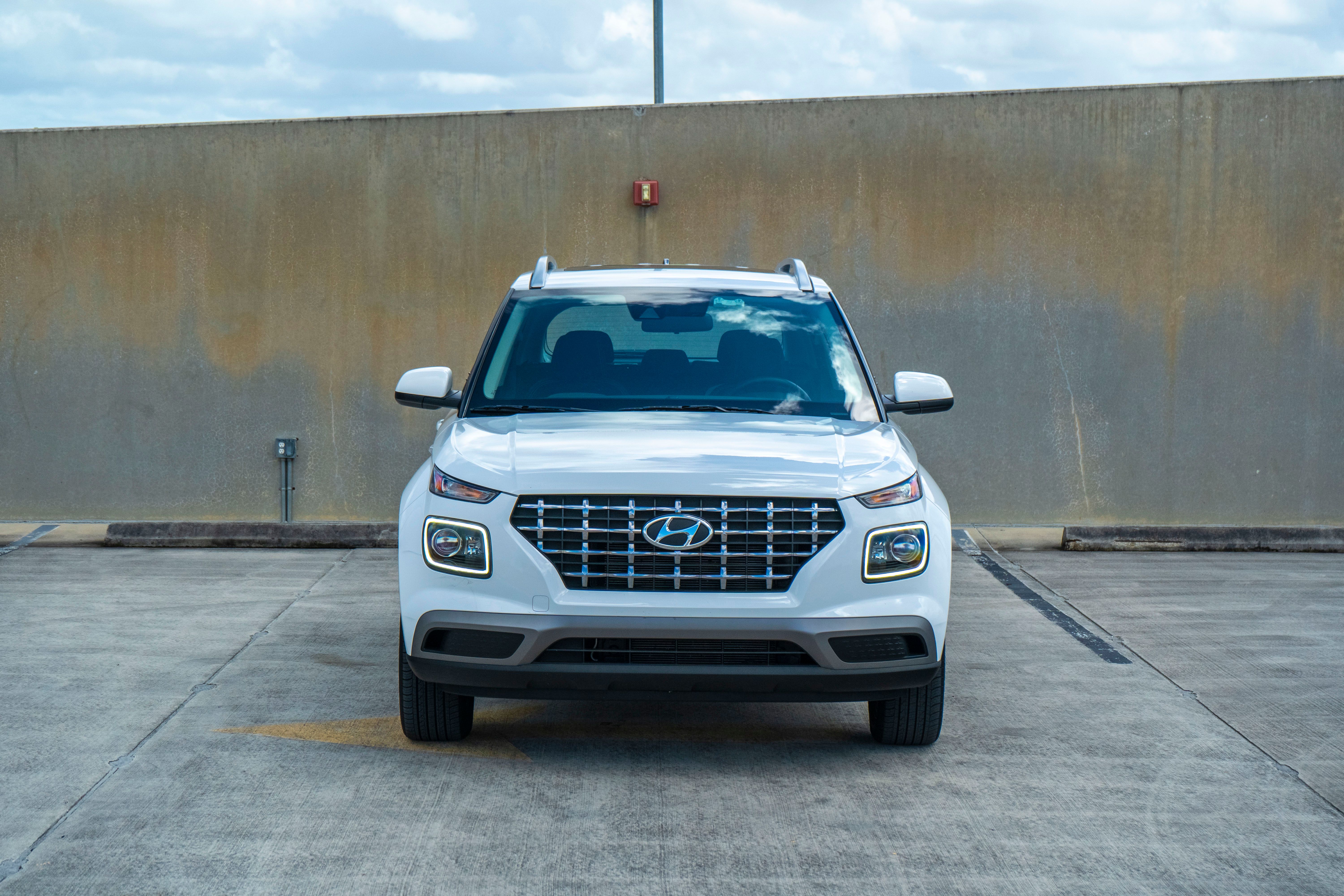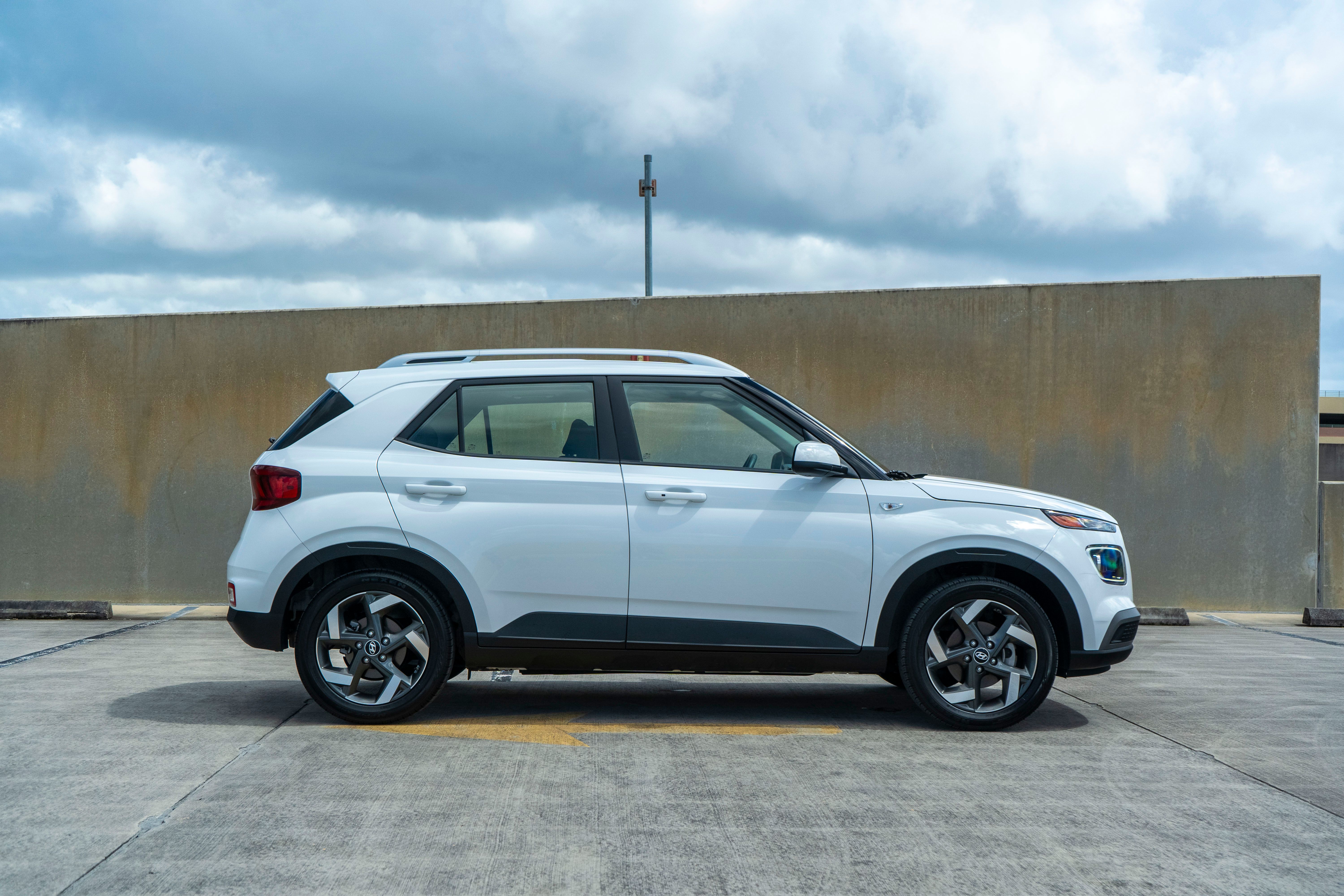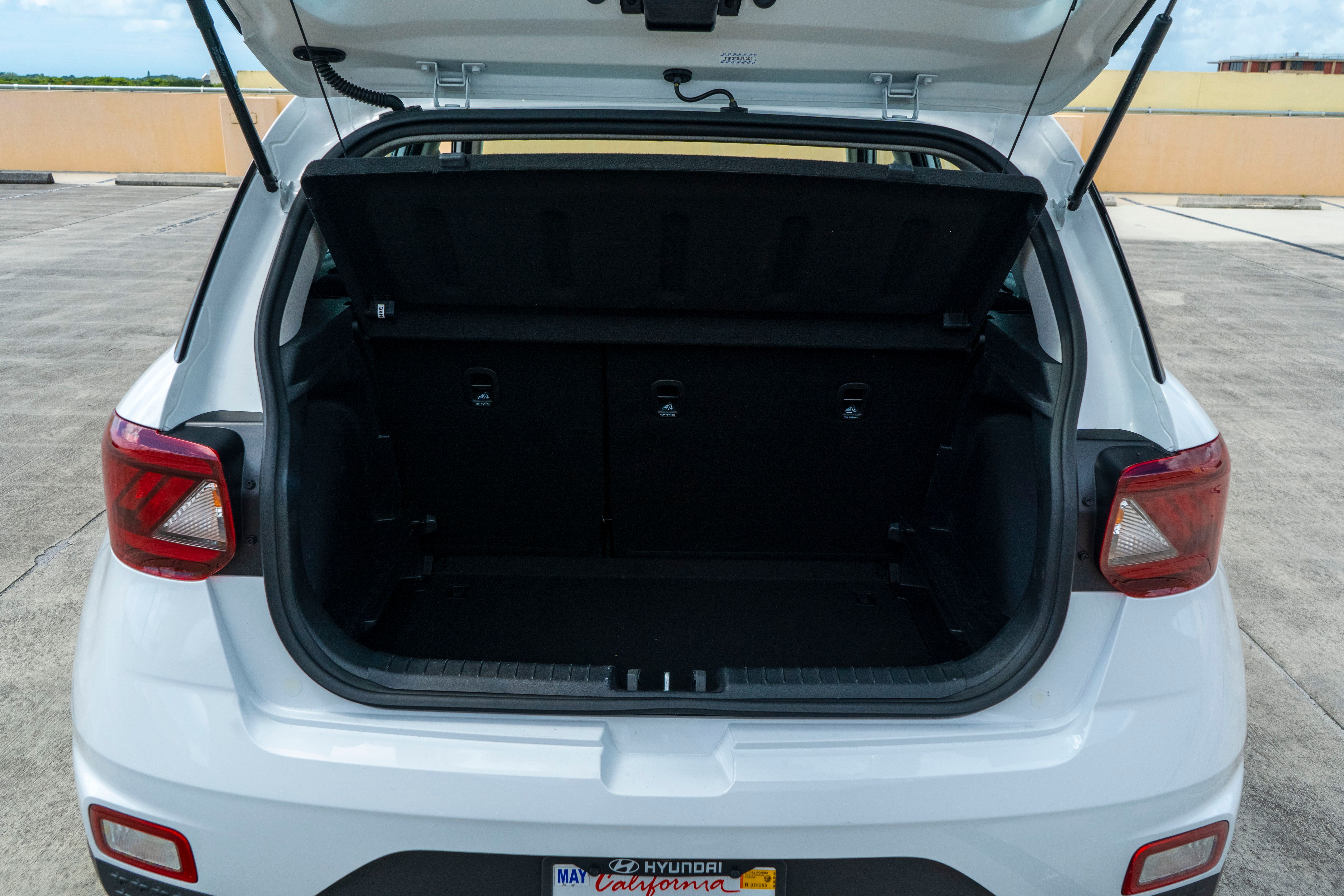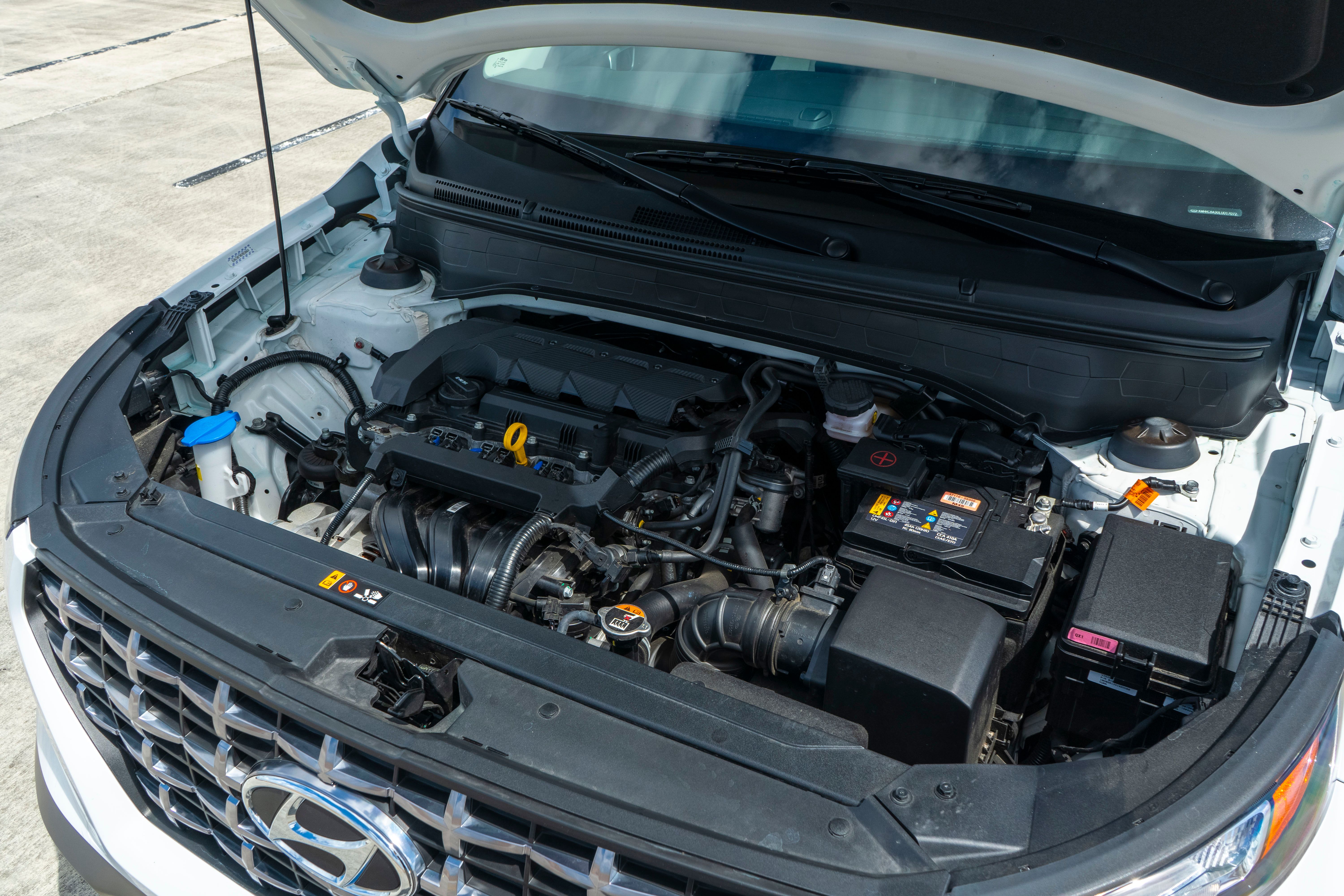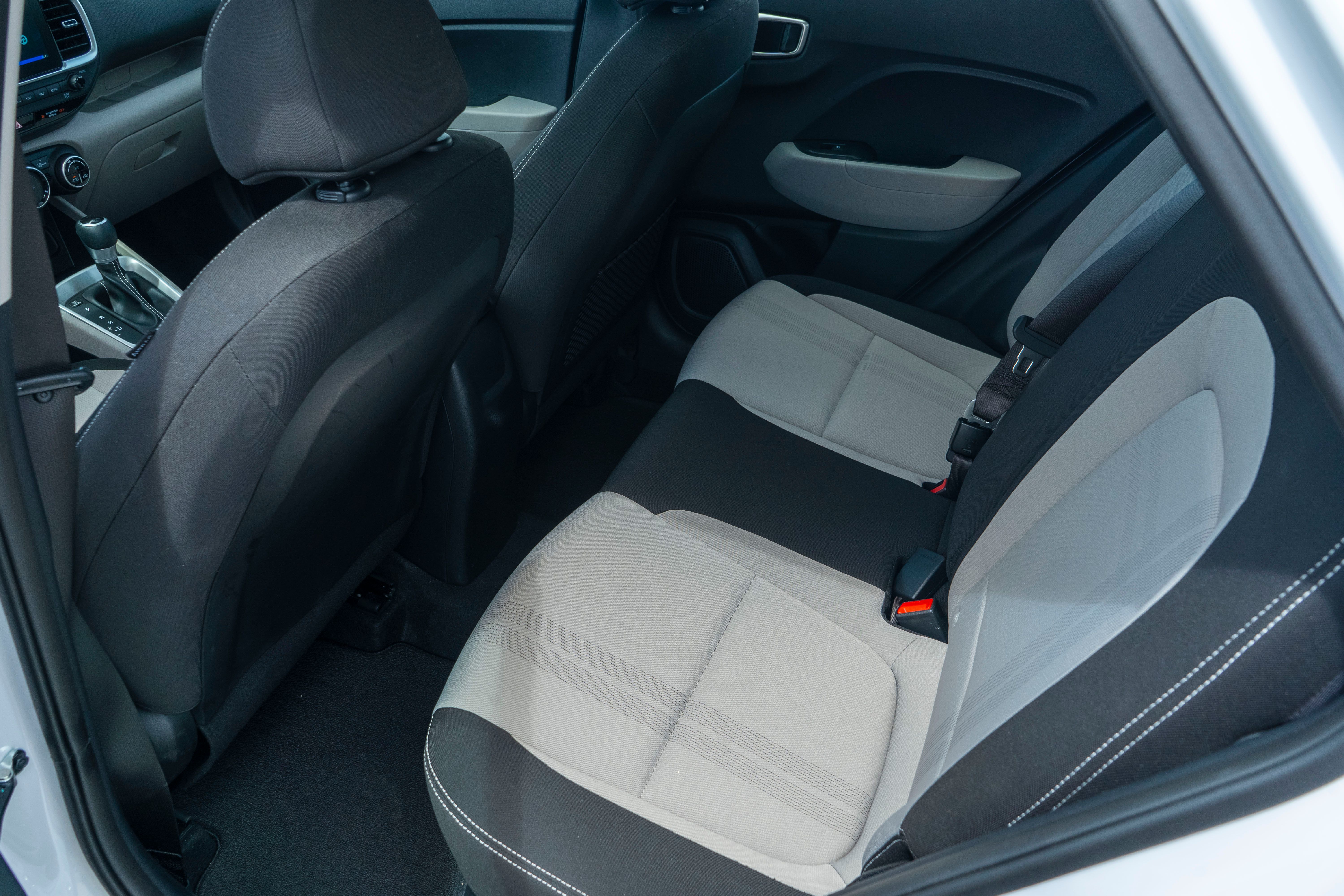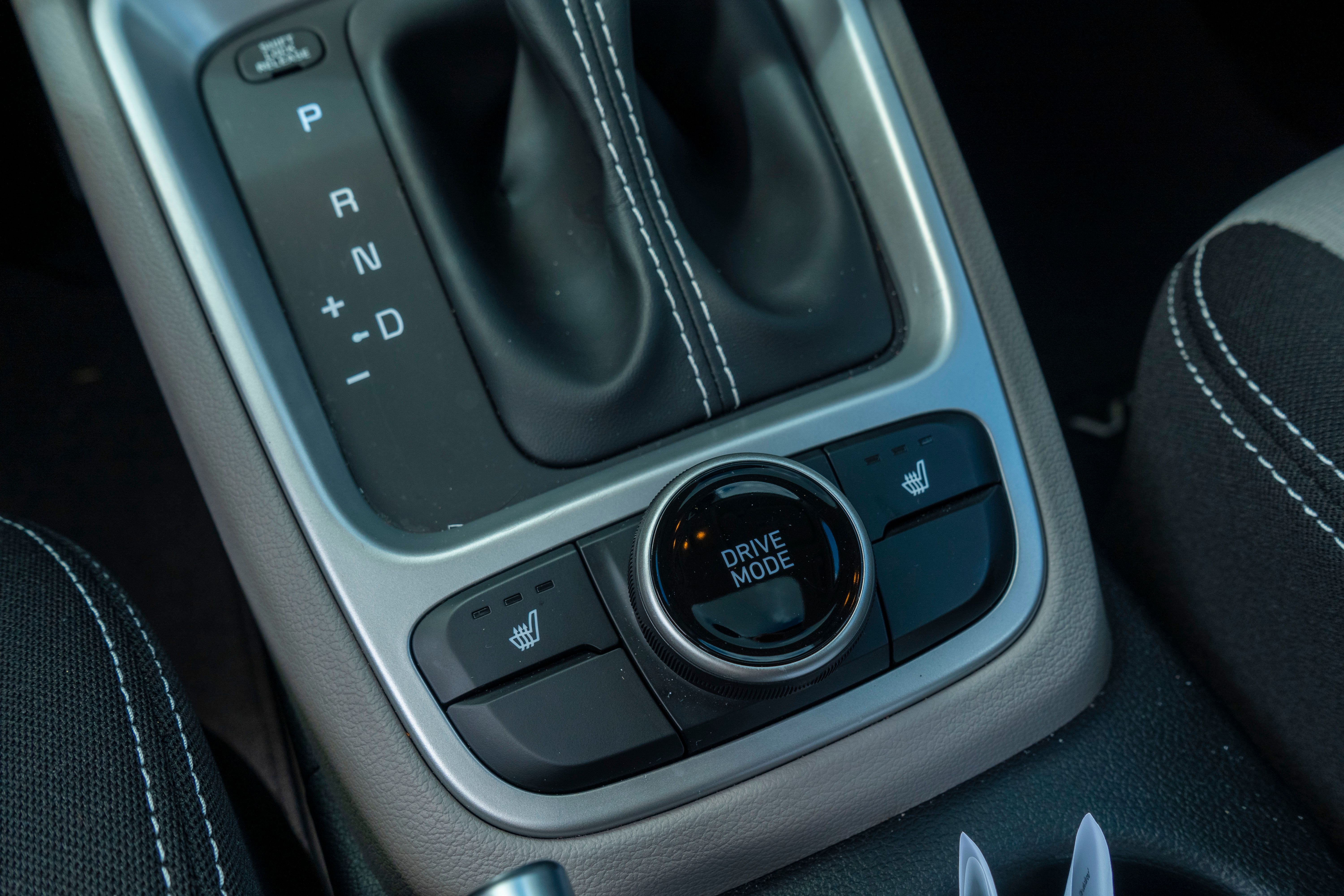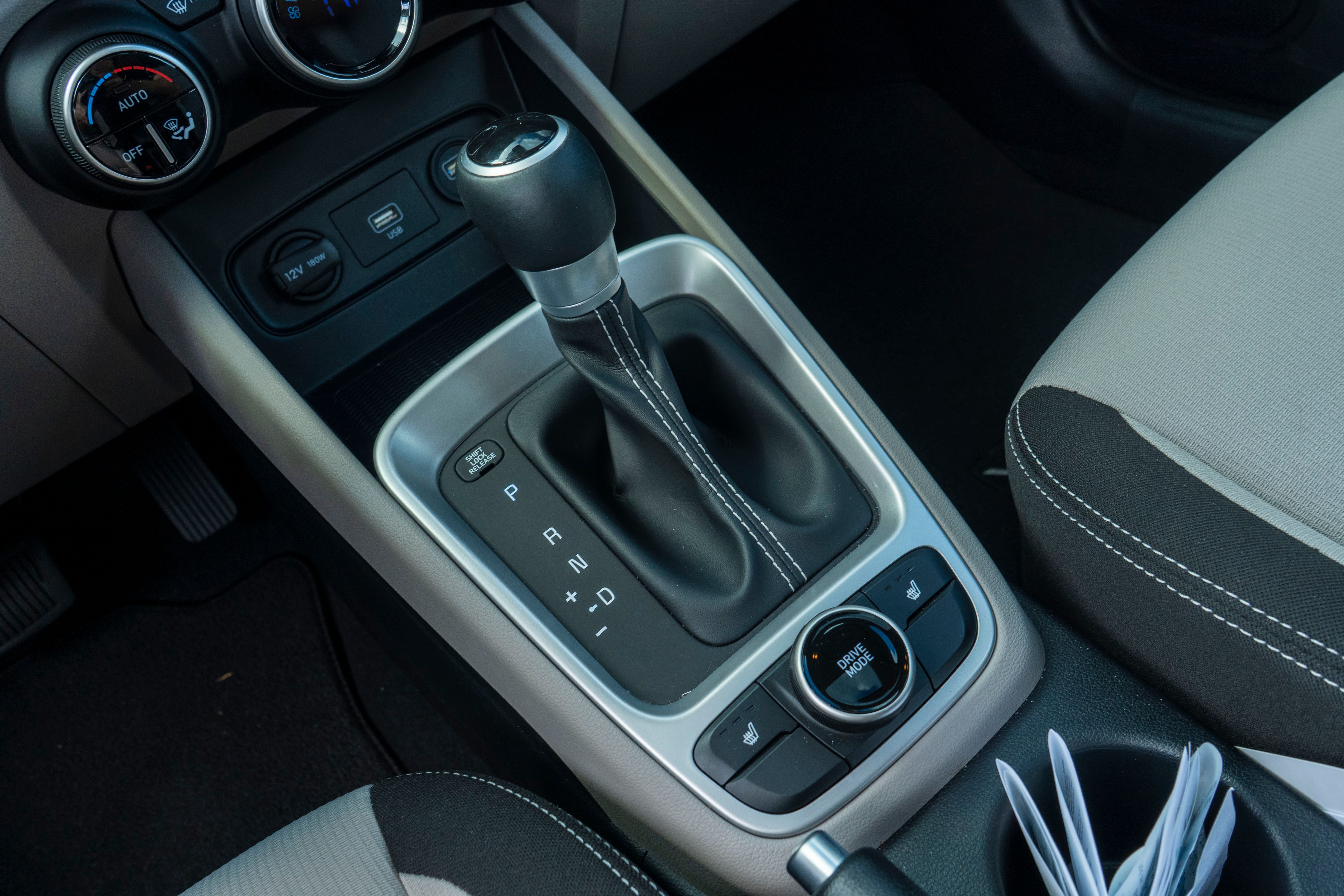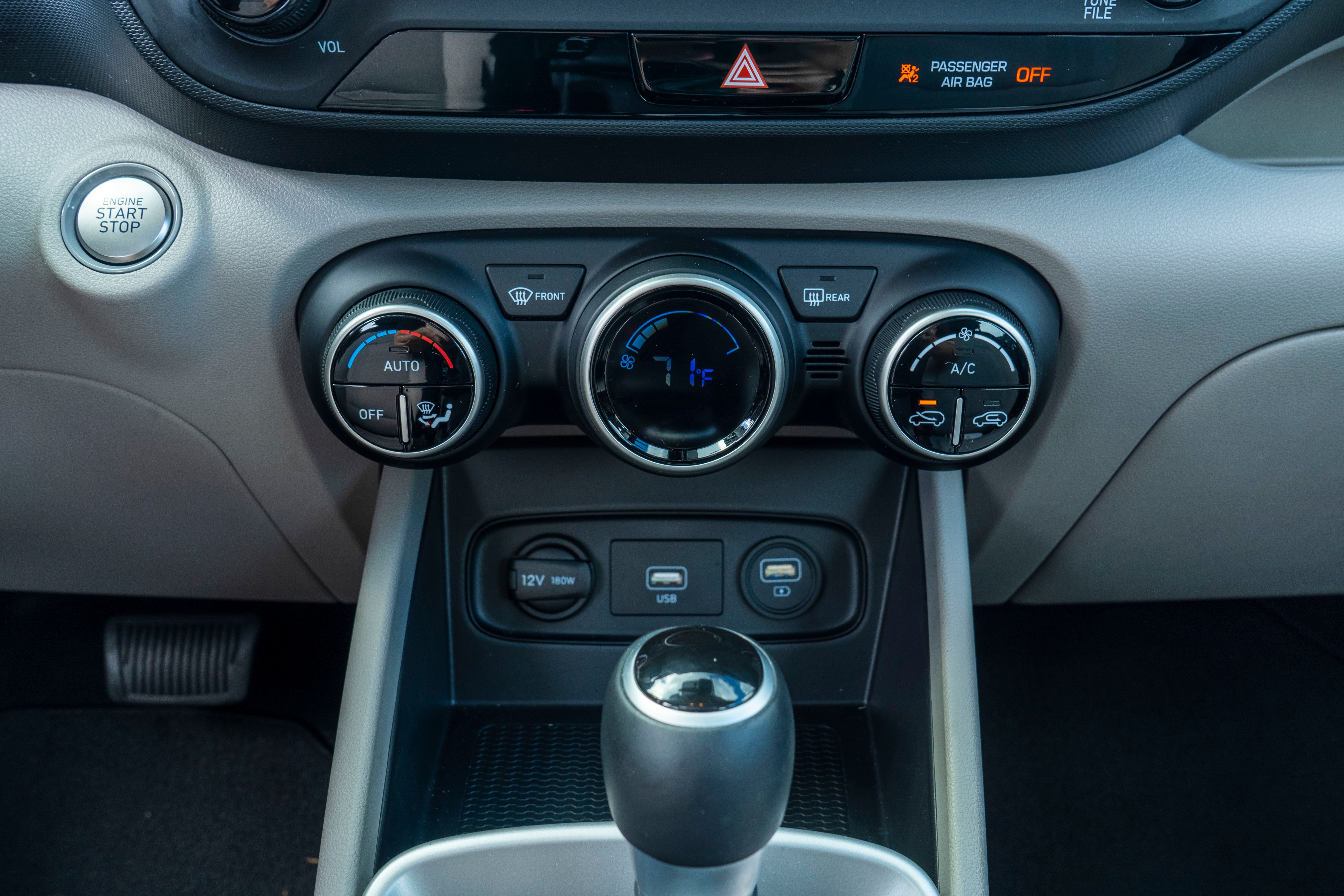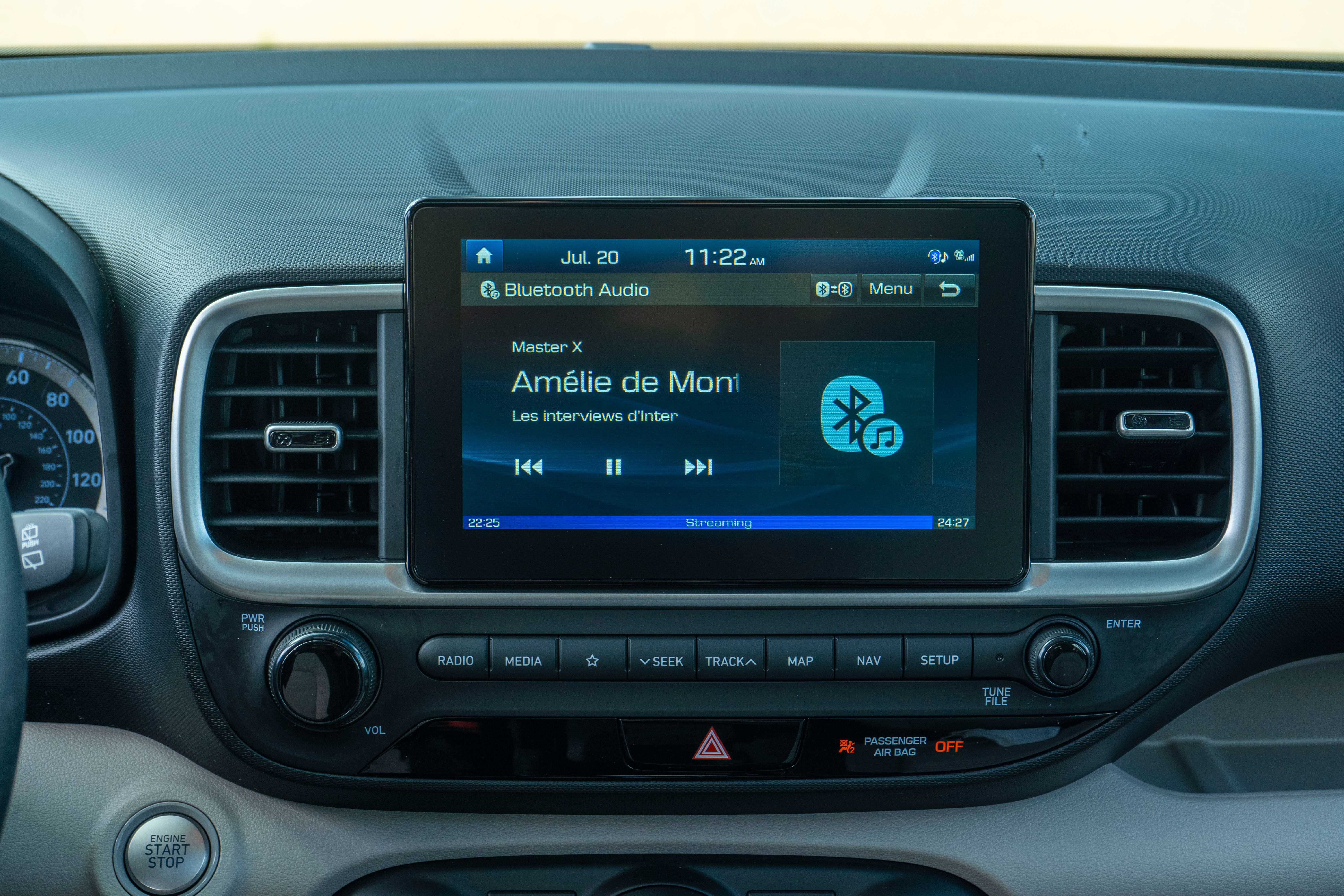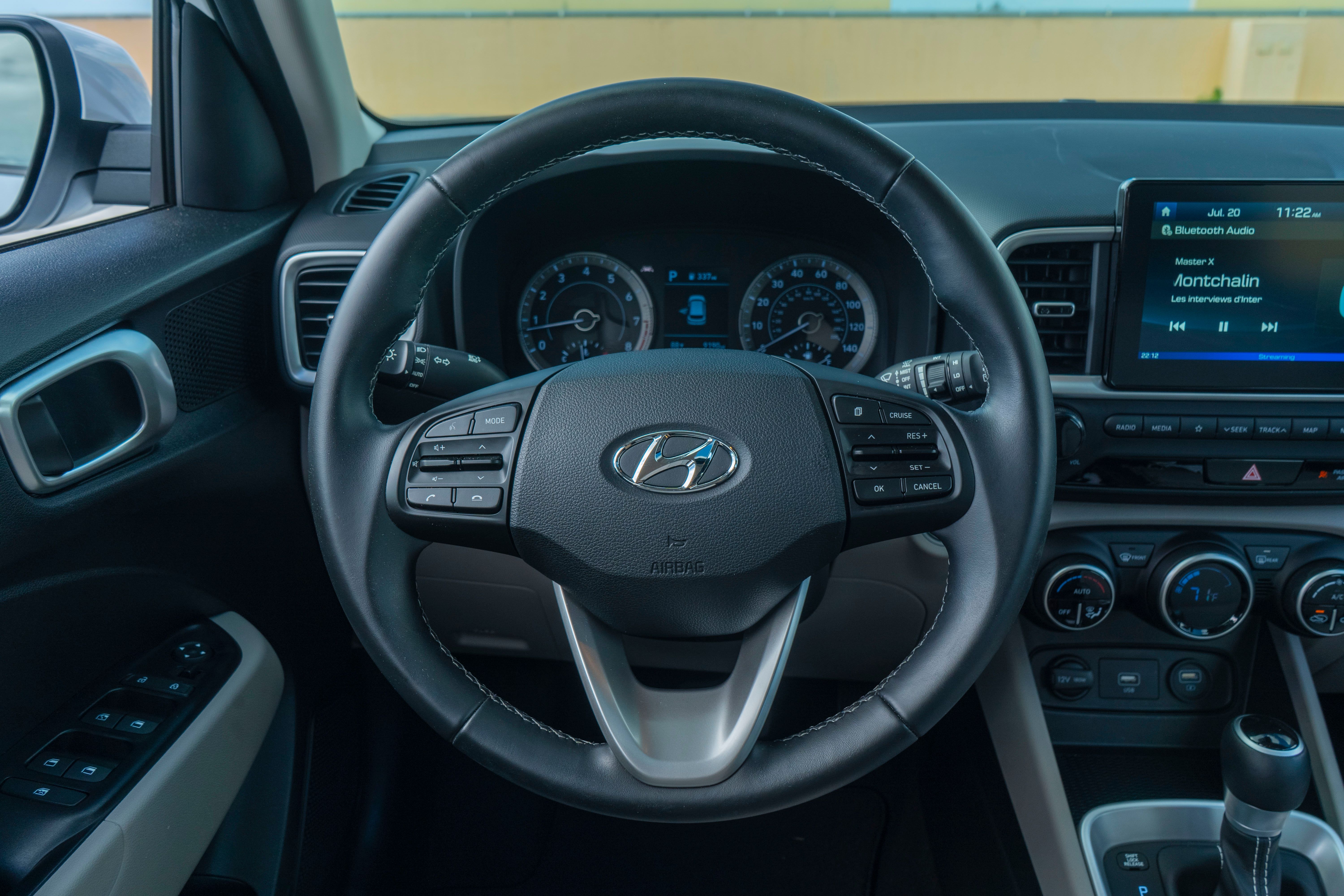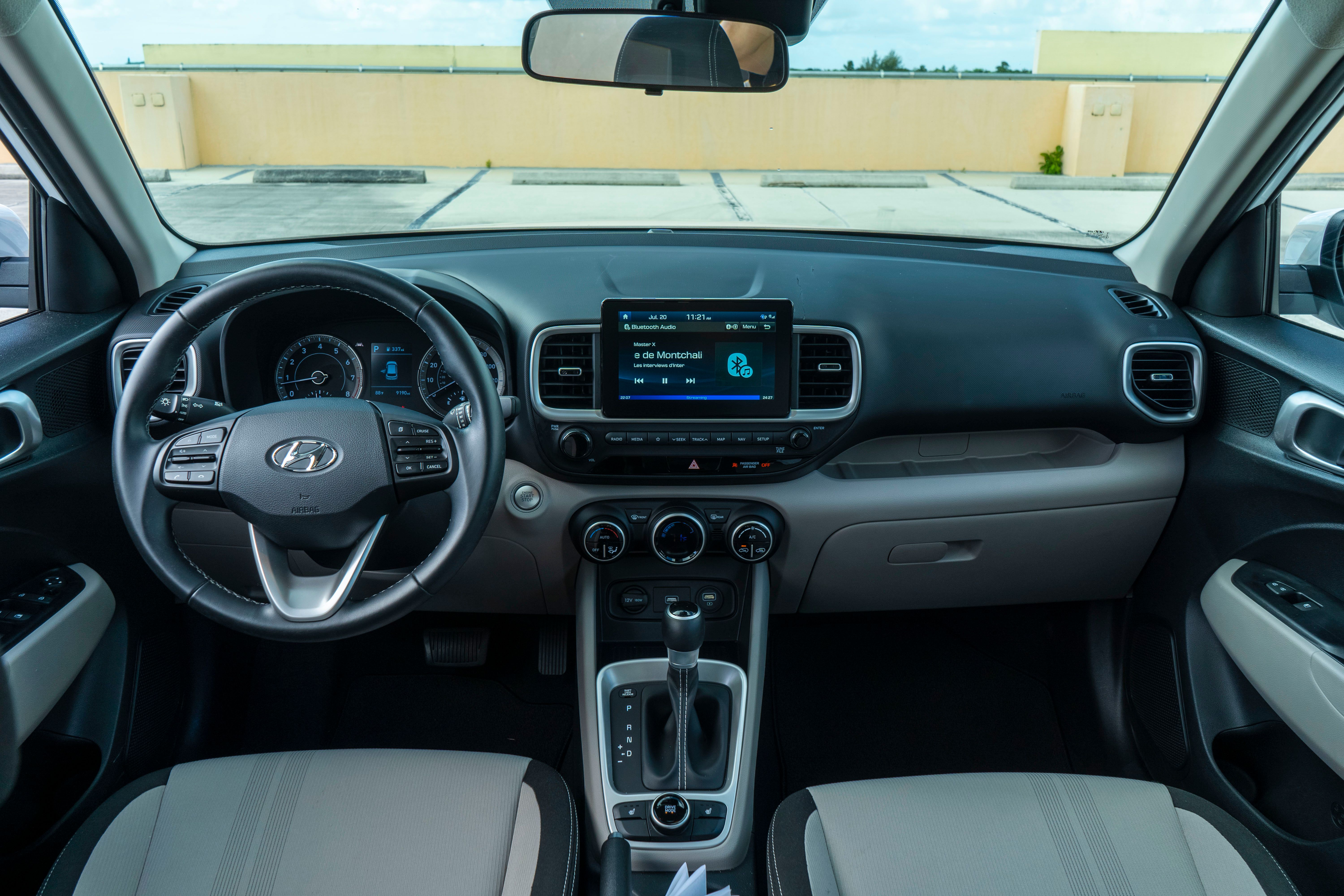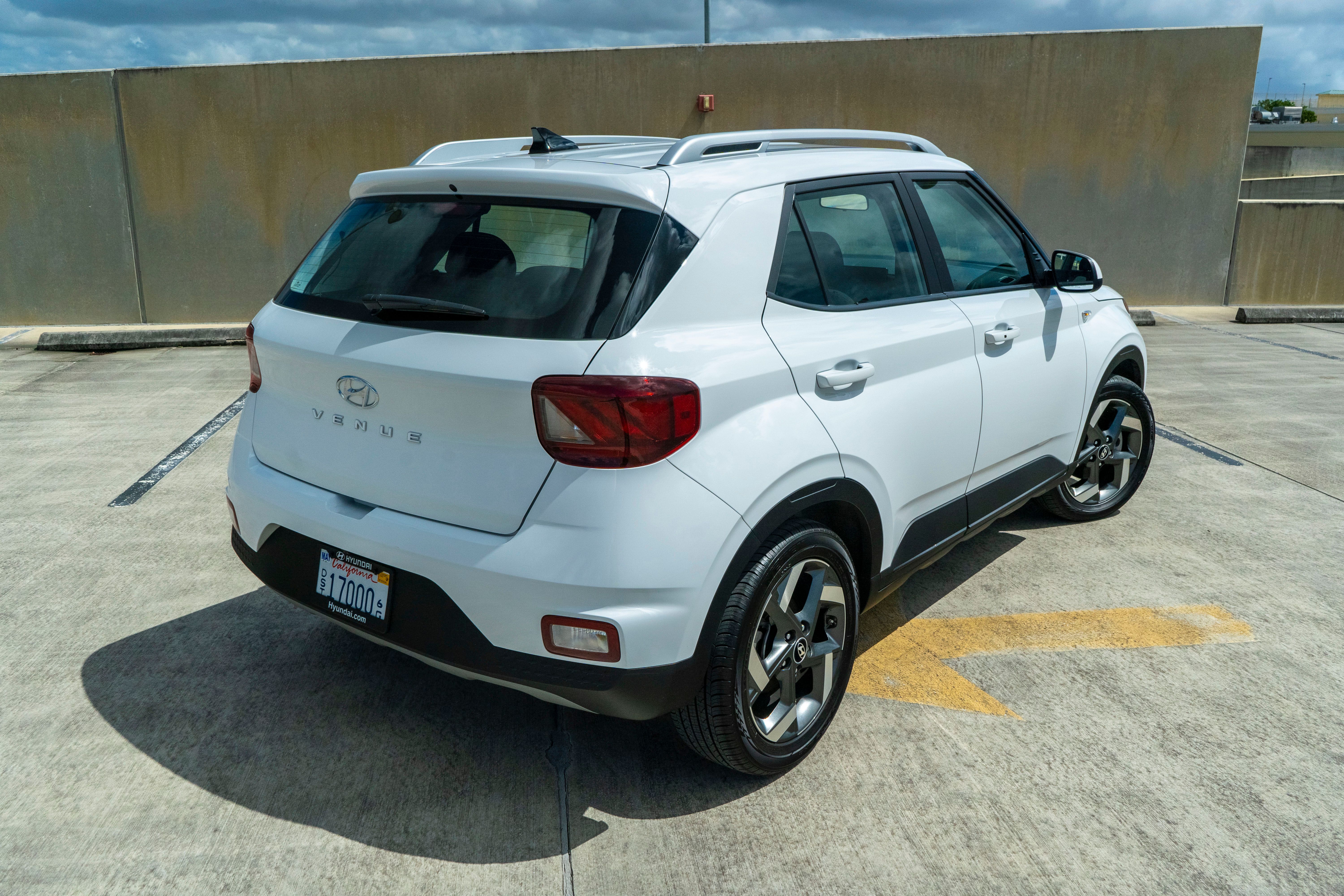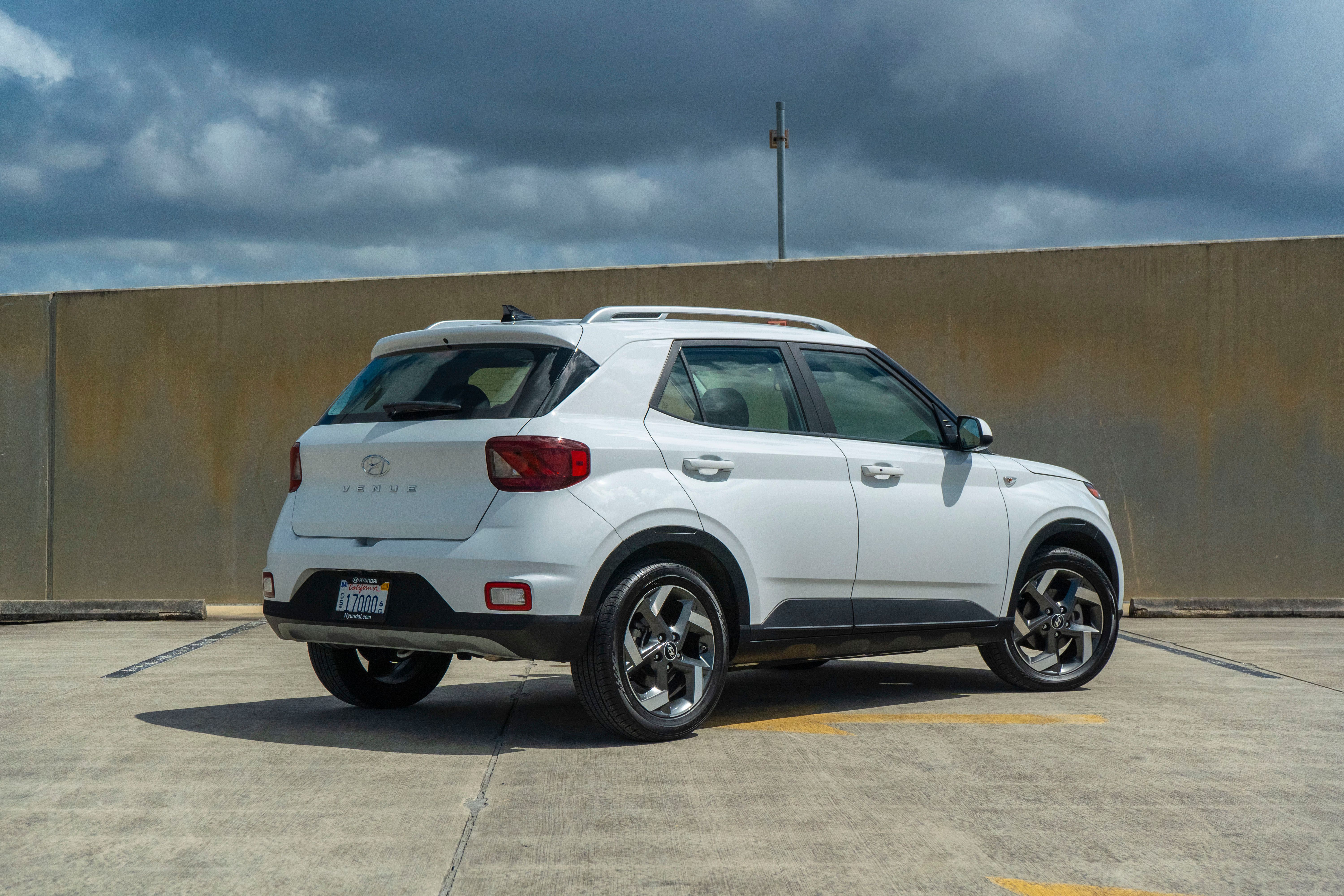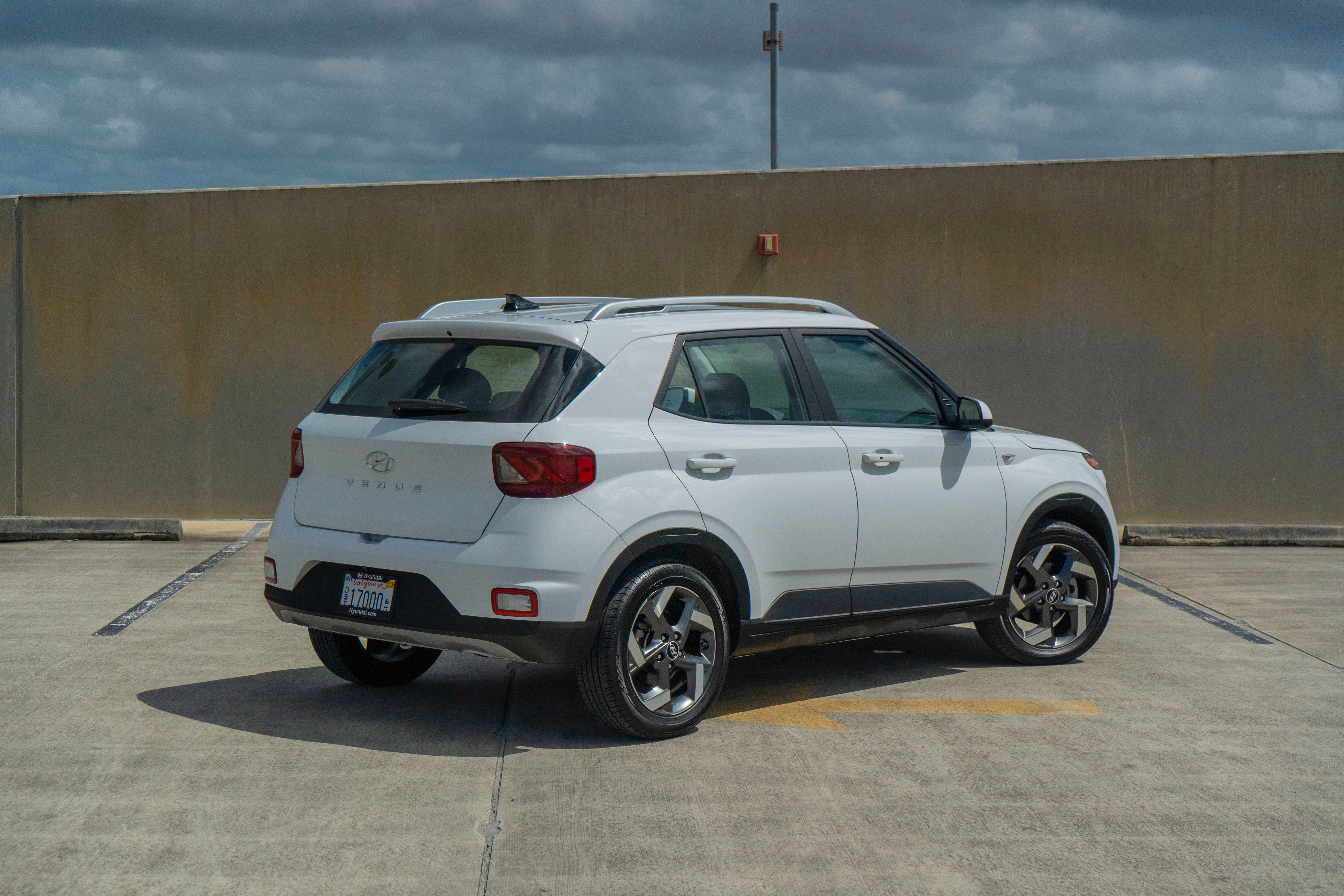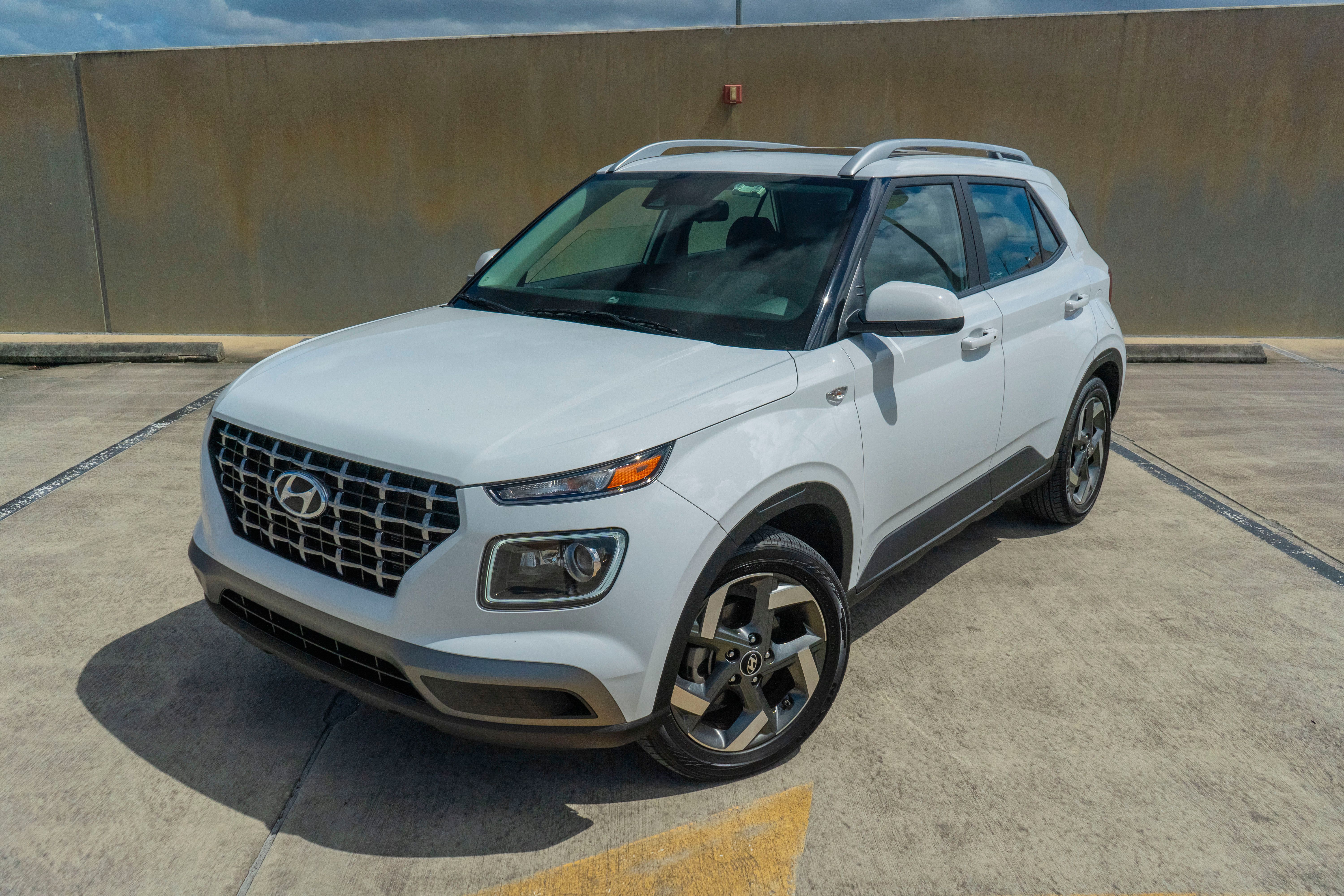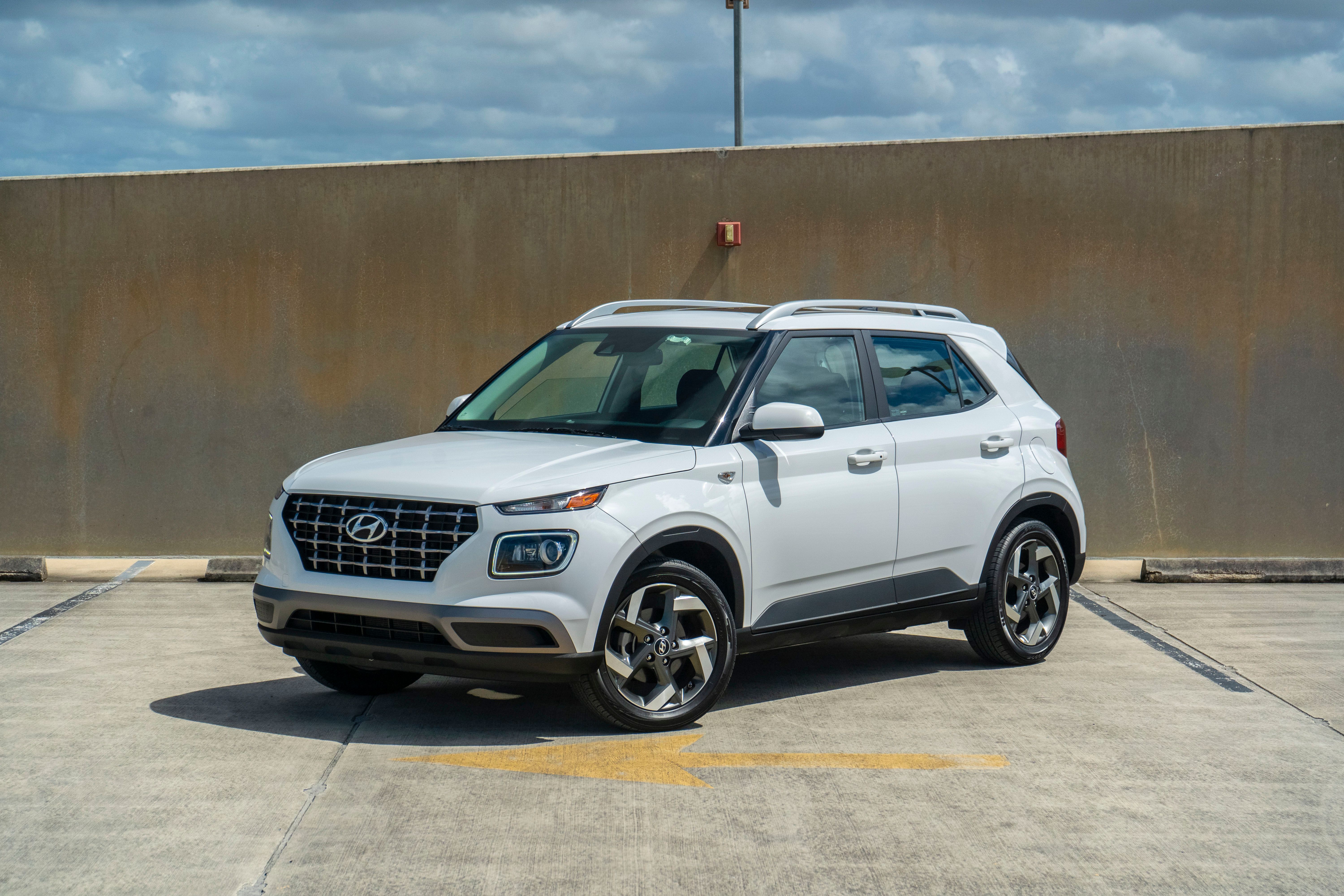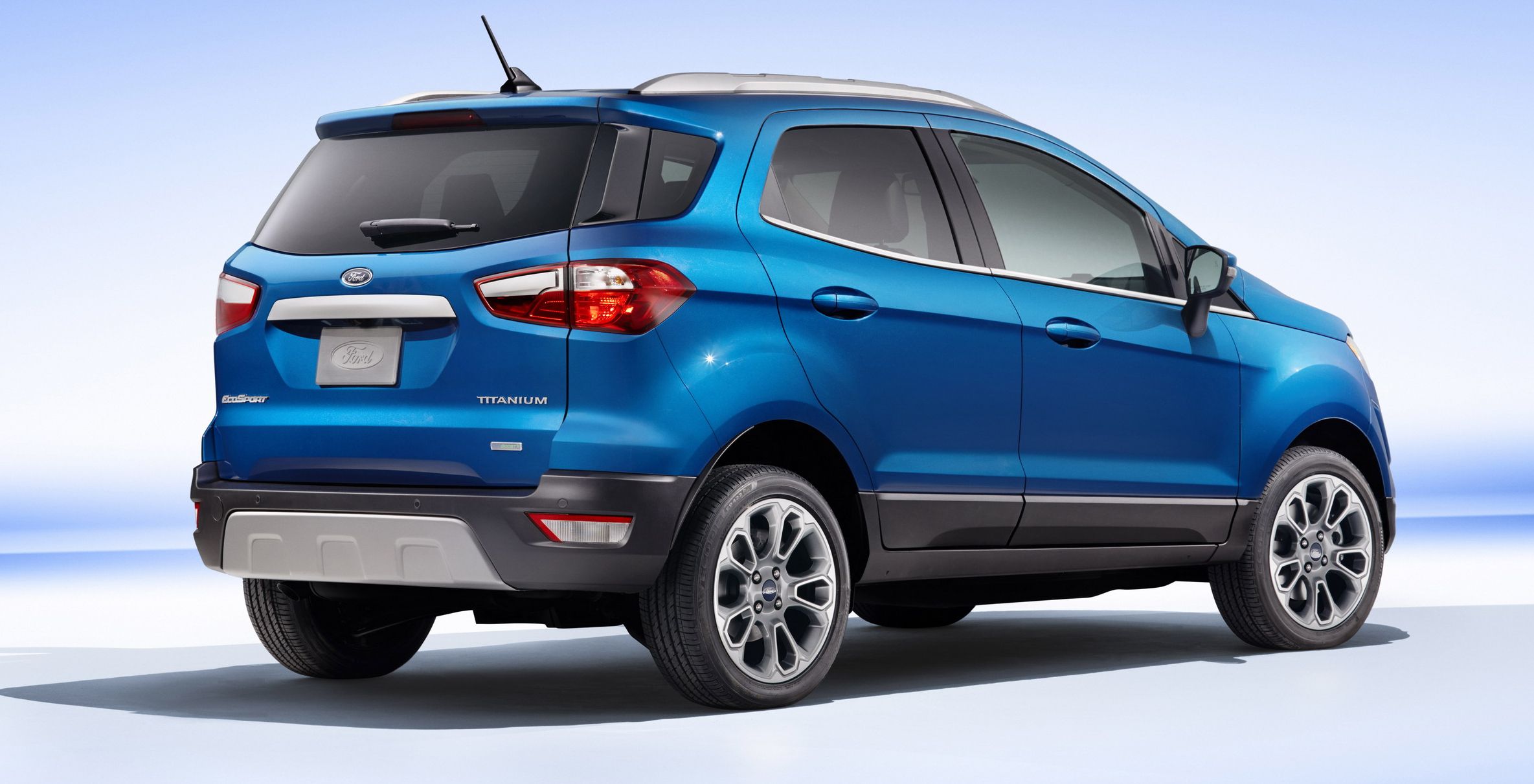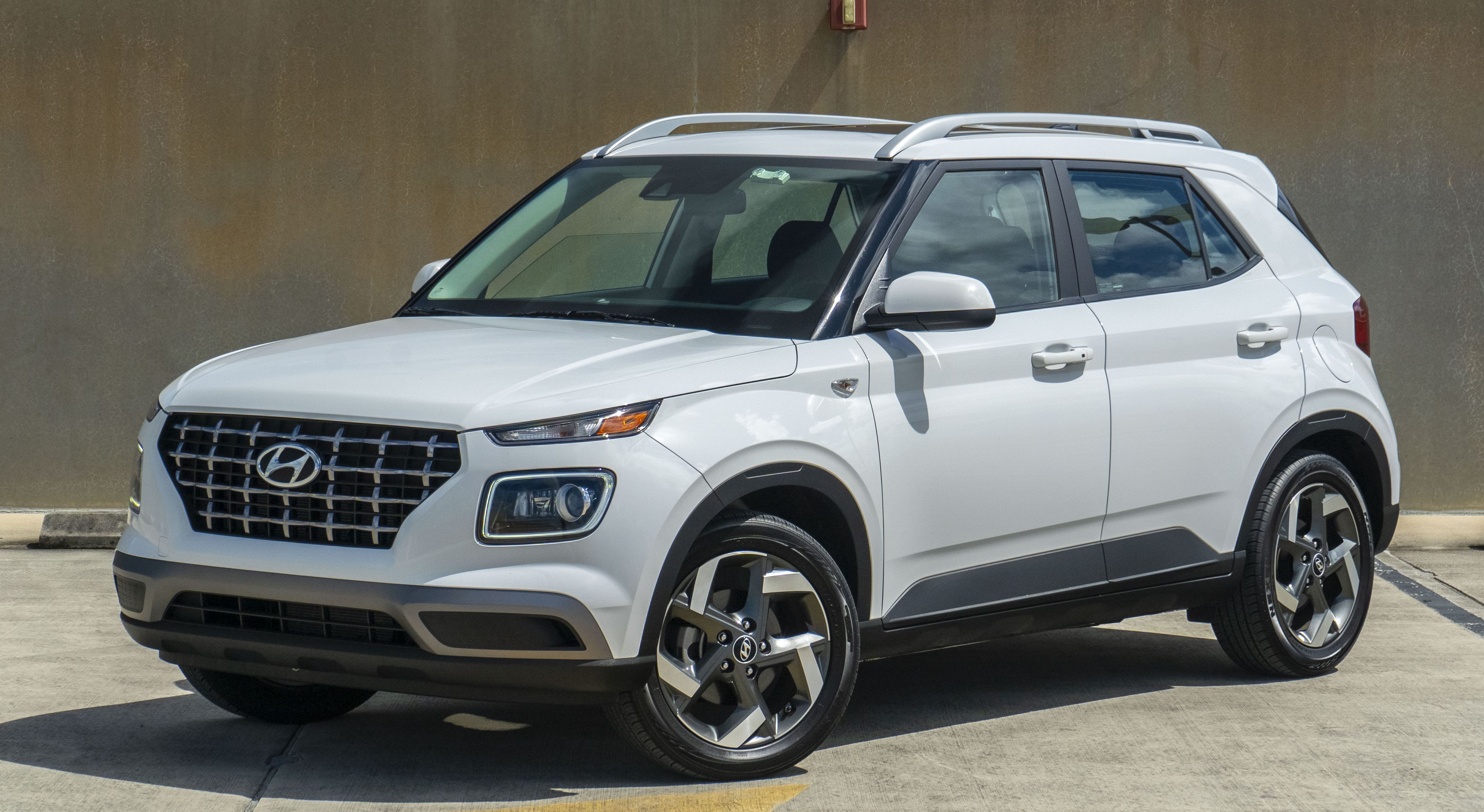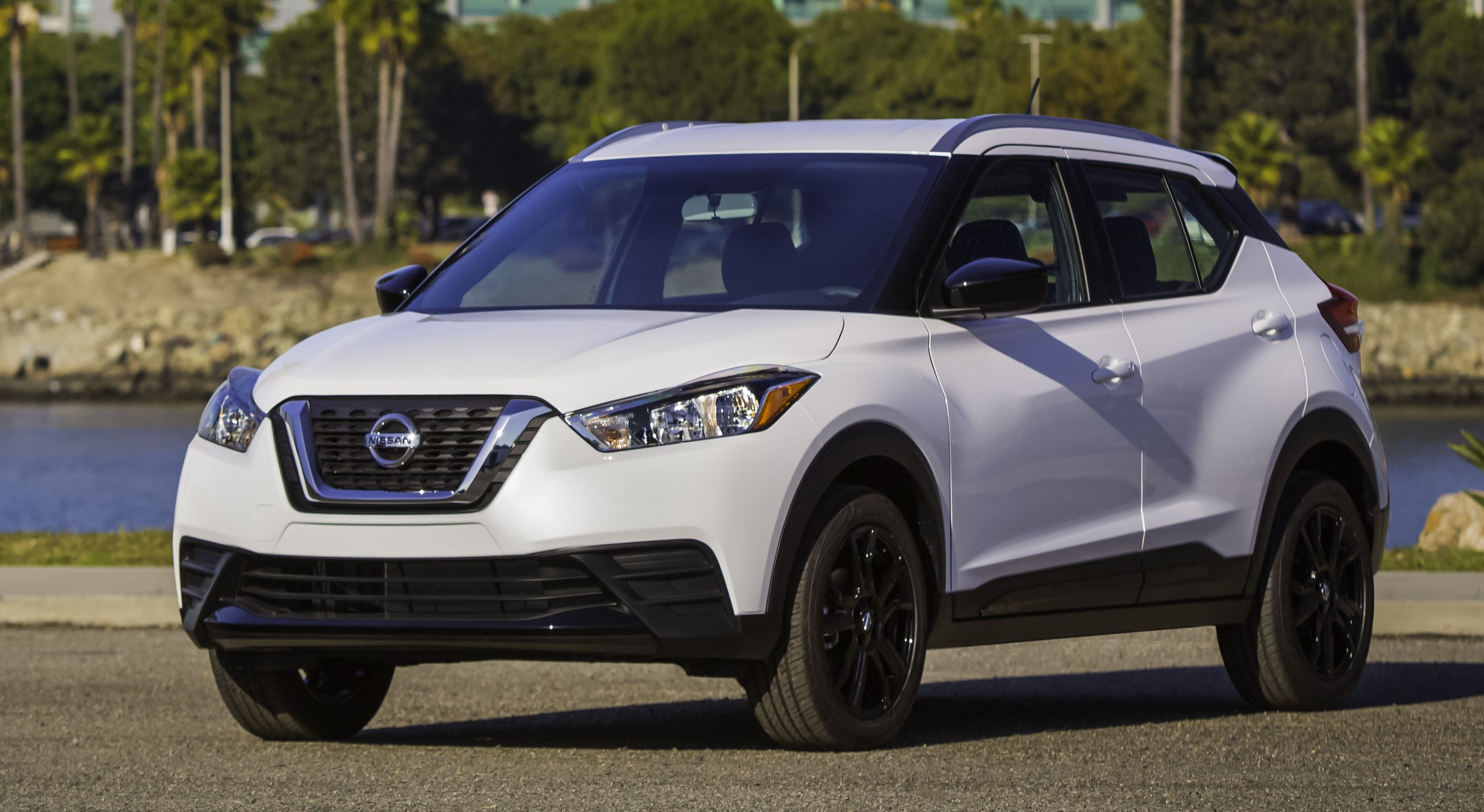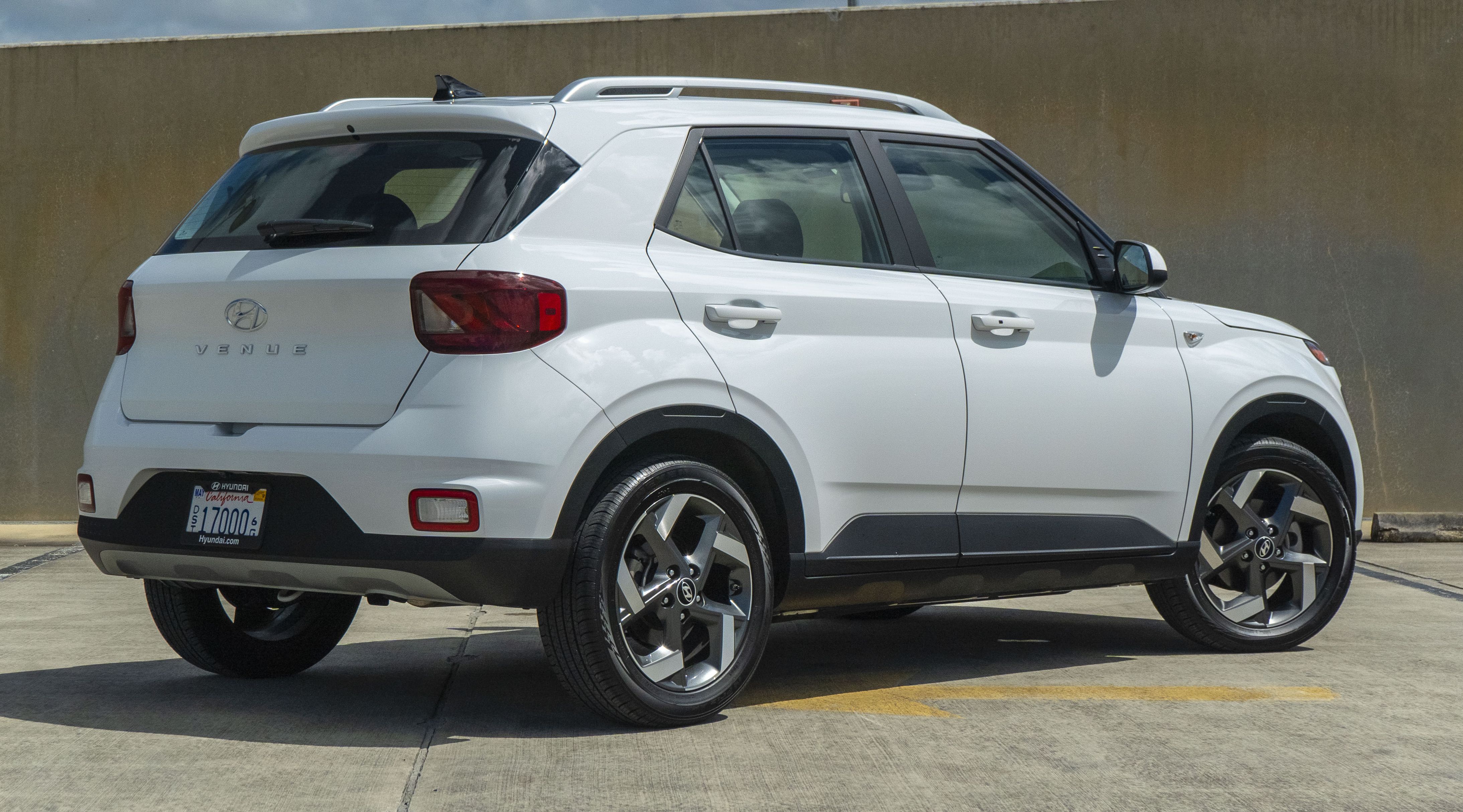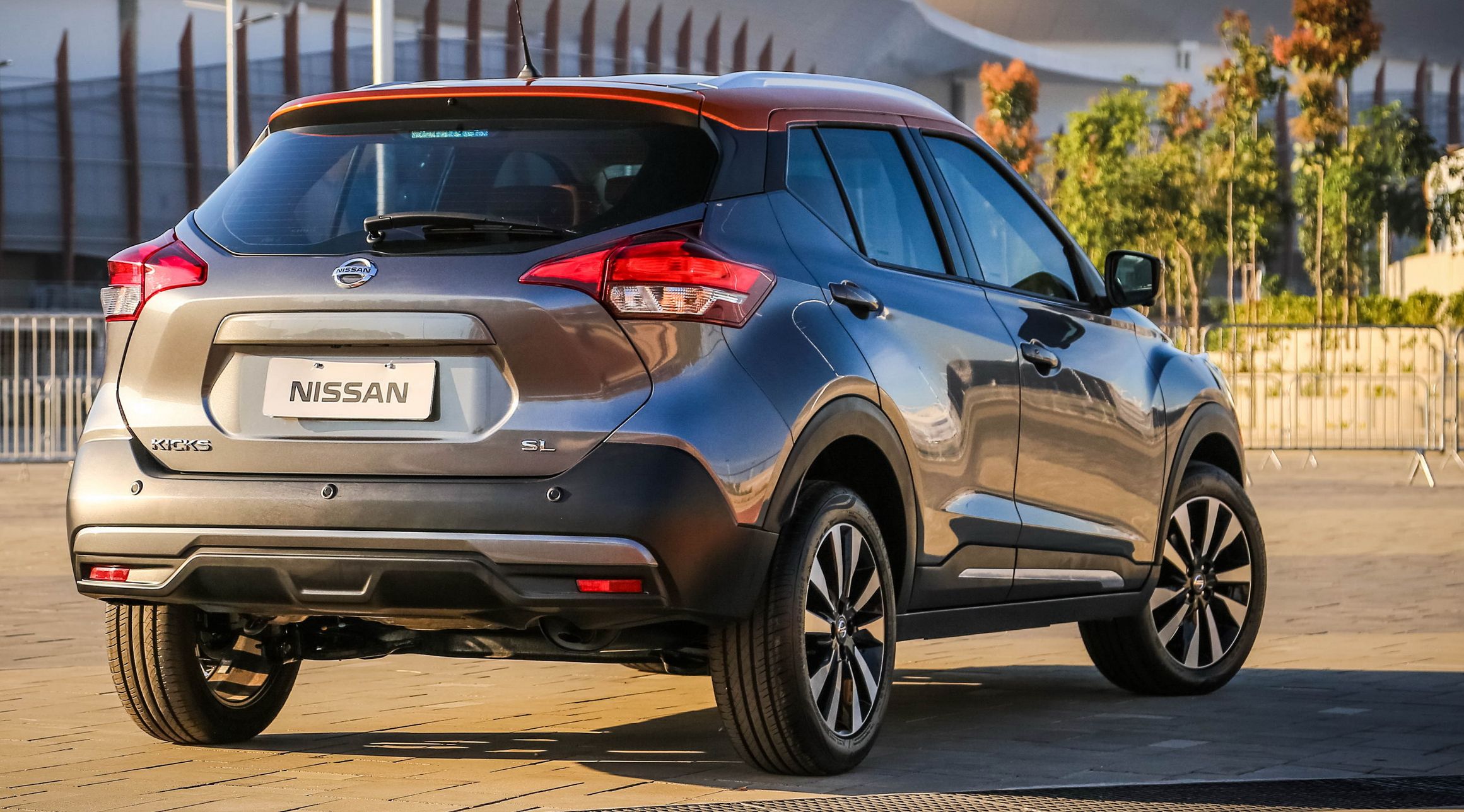Hyundai introduced the Venue subcompact crossover for the 2020 model year as an all-new model that’s based on the same platform as the Ascent compact sedan. As a subcompact, you can get a well-equipped model for less than $20,000, but that affordability doesn’t come without its tradeoffs. Being an all-new model, we’ve been itching to see how Hyundai’s latest entry to the U.S. market holds up, especially against long-running nameplates like the Ford EcoSport and Nissan Kicks. We finally got our chance with the mid-level SEL trim, and this is what you can expect from it.
2020 Hyundai Venue - Driven
- Make: Array
- Model: 2020 Hyundai Venue - Driven
- Engine/Motor: inline-4
- Horsepower: 121
- Torque: 113
- [do not use] Vehicle Model: Array
Driving Impressions – How Does the Hyundai Venue Drive?
Despite the fact that this is a sub-$20,000 in most trims and that there's a lot of plastic bits here and there, we really can't complain about the interior. It's more functional than expected. My biggest highlights include the aforementioned infotainment system dials and buttons, and the awesome storage cubbies. The cubby ahead of the gear shifter handled my S10+ fine, and there's an extra in-dash cubby ahead of the passenger that's perfect for a phone or small snack storage. The HVAC vents are beyond acceptable for an interior this size, so you can rest assured that you'll stay cool in the summer and warm in the winter with no problem.
On that note, however, Hyundai has seemingly worked hard to make this CVT one of the best on the market today. Most of the time, I found it easy to forget this didn't have a real automatic transmission. Of course, that's all in the programming, so it's a classic case of smoke and mirrors, but it's admirable nonetheless. For what it's worth, we were routinely able to hit 60 mph in right around nine seconds, and it seemed to handle accessing and driving on the highway fine. We've read numerous reports of a twitchy sensation at higher speeds, but we didn't experience anything of the sort as high as 70 mph or maybe a couple of clicks higher.
Once on the highway, you'll find that the cabin is impressively quiet for a vehicle in this price bracket, and the electric steering doesn't seem to over-compensate for the higher speeds like it used to some ten years ago as I experienced first-hand in a Hyundai Elantra. I was a bit surprised to find that the Venue isn't offered with adaptive cruise control, but it's really not a deal-breaker as the old-school cruise function held speed better than expected.
Overall, the Venue does give a sense of confidence when behind the wheel. It feels planted to the road in most cases, and it does feel like a safe vehicle. Unfortunately, safety ratings aren't yet available, so we're still hesitant to recommend it to too many people – veteran drivers or new drivers – considering it's such a new vehicle. We are sure that, given Hyundai's recent push of safe vehicles, the Venue will rock the safety charts, but it's definitely something to hold out for, just to be on the safe side. It should also be noted that the Venue comes with free maintenance for the first three years or 36,000 miles of ownership and a five-year, 60,000-mile bumper-to-bumper warranty. The powertrain is backed by a 10-year, 100,000-mile warranty. Should the Venue kick ass in safety tests, we'd be quick to point out that, as a package, there's a lot of value to be recognized here, something that the warranty and free maintenance most certainly contributes to.
Hyundai Venue Powertrain, Performance, and Capability
The subcompact Hyundai Venue is backed by a 1.6-liter four-cylinder that delivers its power through a constantly variable transmission (CVT) exclusively to the front wheels. It's one of the few subcompact crossovers on the market that has front independent suspension (as opposed to four-wheel independent), but it does provide great fuel economy that's rarely beaten by the competition.
This falls right in line with what you'll get from competing models, including the Ford EcoSport at 123 horsepower and 125 pound-feet of torque or the Nissan Kicks at 122 horsepower and 114 pound-feet of torque.
Hyundai Venue specifications
|
Engine |
1.6-Liter Four-Cylinder |
|---|---|
|
Transmission |
CVT |
|
Horsepower |
121 HP @ 6,300 RPM |
|
Torque |
113 LB-FT @ 4,500 RPM |
|
Driveline |
FWD |
|
Fuel |
Regular Unleaded |
|
Fuel Economy |
30/34/32 |
|
Suspension |
Front Independent |
|
Steering |
Electric |
|
Turning Circle |
16.7 Feet |
|
Tire Size |
P185/65R15 |
This falls shy of the Ford EcoSport's 2,000-pound maximum capacity but is a huge win over the Nissan Kicks, which is simply "not rated for towing." That being said, don't expect to pull more than a small trailer with it as the low engine output (121 horsepower and 113 pound-feet of torque) doesn't go a long way when it comes to pulling heavy items.
Hyundai Venue Fuel Economy
The EPA has officially rated the 2020 Hyundai Venue at 30 mpg in the city, 34 mpg on the highway, and 32 mpg combined. During our week of test driving, we drove in a combination of driving scenarios and averaged 35 mpg, so the Venue is about as efficient as they come without stepping into hybrid territory. For the sake of comparison, the Ford EcoSport falls just short at 27 mpg in the city, 29 mpg on the highway, and 28 mpg combined while the Nissan kicks is better than both at 31,36, and 33, respectively. With an 11.9-gallon fuel tank, you can expect a range of 357 to 404 miles from full to extremely empty, with a real-world usage of around 340-360 miles between fill-ups depending on your driving style and where you're driving.
Hyundai Venue Interior Design and Options
At the time of this writing, the 2020 Hyundai Venue is offered in three trim levels: SE, SEL, and Denim. Our tester was the SEL, which sits right smack dab in the middle of the lineup with a decent-for-the-lineup offering of features. In addition to the base offering of automatic headlights, an eight-inch touchscreen infotainment system, and Apple CarPlay and Android Auto, you also get the following standard interior features:
-* Armrest storage box
-* Automatic climate control
-* An extra USB port
-* Snow drive mode
-* Six-speaker audio system (as opposed to 4)
There are also two optional packages to choose from, but some of the extras included for each don't upgrade the interior. If you opt for the Convenience Package, you'll get a sunroof, sliding armrest, and leather-wrapped steering wheel. This package also gives you Blind-spot monitoring and Rear Cross-Traffic Alert. Meanwhile, the Premium package will get you the following features:
-* Led headlights
-* Heated front seats
-* 17-inch alloy wheels
-* Keyless entry and push-button start
-* Hyundai's Blue Link Connected Car system
In terms of quality and materials, our SEL tester had the Convenience Package. The leather steering wheel was a nice touch, however, you'll never mistake the Venue for being a premium or luxury vehicle otherwise.
If you're in the business of moving a lot of stuff on a regular basis, you might find the Ford EcoSport with 20.9-50.0 cubic-feet of cargo room or the Nissan Kicks with 25.3-53.1 cubic-feet a little more suitable for your needs.
These figures do put it in line with the Ford EcoSport and Nissan Kicks for the most part, but both competing models do manage to win in certain areas. You can compare them in the table below.
Hyundai Venue interior dimensions
|
Front Headroom |
39.4 Inches |
|---|---|
|
Front Shoulder Room |
53.9 Inches |
|
Front Leg Room |
41.3 Inches |
|
Rear Head Room |
38.6 Inches |
|
Rear Shoulder Room |
53.7 Inches |
|
Rear Leg Room |
34.3 Inches |
Hyundai Venue Infotainment System
The Venue comes standard with Apple CarPlay and Android Auto, which was as simple to use as you'd expect. Paring was also a breeze. The infotainment system's menu was relatively simple to use and should be easy for just about every age group to learn. Sound quality wasn't the best, even though the six-speaker system, but it's not bad for a car at this price point. The natural, blue theme of the infotainment system is arguably one of the biggest highlights as it's easy to read during the day and not overbearing at night. Overall, the system is decent for the vehicle, and we have no real complaints.
Hyundai Venue Exterior Design
The rear end looks almost as premium, but the taillights, which are mostly red in design, give off a 90s vibe that you just can't shake even on good days. Overall, the Venue is an attractive car, but the front looks a lot better than the rear. You certainly won't turn any heads, but it gets the job done and doesn't make you look like a budget-buyer, either.
It does win in terms of front and rear track width, so it will probably give you a better feeling of being planted during high-speed maneuvers – like taking a curvy highway on-ramp, for example. It's also the lightest of the bunch at just 2,612 pounds compared to the EcoSport's curb weight of 3,021 pounds and the Kick's curb weight of 2,639 pounds.
Hyundai venue exterior dimensions
|
Length |
159.1 Inches |
|---|---|
|
Width |
69.7 Inches |
|
Height |
61.6 Inches |
|
Wheelbase |
99.2 Inches |
|
Ground Clearance |
6.7 Inches |
|
Front Track |
61.2 Inches |
|
Rear Track |
61.6 Inches |
In terms of garage storage, we wouldn't anticipate any issues in parking, even in smaller one-car units. With a length of less than 160-inches or about 13.25-feet, you're not likely to have any issues with length, and the same can be said for width and height. It's always good to measure things out just in case, but if your garage is too small for the Venue, we'd question whether or not it's actually a garage.
|
|
ids=927023,927024 |
no_overlay=false |
before_label=Hyundai Venue |
after_label=Ford EcoSport> |
Hyundai Venue vs Ford EcoSport
|
Hyundai Venue |
Ford EcoSport |
Engine |
1.6-Liter Four-Cylinder |
1.0-Liter Three-Cylinder |
|
|---|---|---|---|---|---|
|
Transmission |
CVT |
Six-Speed Automatic |
|||
|
Horsepower |
121 HP @ 6,300 RPM |
123 HP @ 6,000 RPM |
|||
|
Torque |
113 LB-FT @ 4,500 RPM |
125 LB-FT @ 6,000 RPM |
|||
|
Driveline |
FWD |
FWD |
|||
|
Fuel |
Regular Unleaded |
Regular Unleaded |
|||
|
Fuel Economy |
30/34/32 |
27/29/28 |
|||
|
Suspension |
Front Independent |
Four-Wheel Independent |
|||
|
Steering |
Electric |
Electric |
|||
|
Turning Circle |
16.7 Feet |
17.5 Feet |
|||
|
Tire Size |
P185/65R15 |
P205/60R16 |
|||
|
Max Towing Capacity |
1,780 LBS |
2,000 LBS |
Read our full review on the Ford EcoSport
|
|
ids=927025,927026 |
no_overlay=false |
before_label=Hyundai Venue |
after_label=Nissan Kicks> |
|
|
ids=927027,927028 |
no_overlay=false |
before_label=Hyundai Venue |
after_label=Nissan Kicks> |
Hyundai Venue vs Nissan Kicks
|
Hyundai Venue |
Nissan Kicks |
Engine |
1.6-Liter Four-Cylinder |
1.6-Liter Four-Cylinder |
|
|---|---|---|---|---|---|
|
Transmission |
CVT |
CVT |
|||
|
Horsepower |
121 HP @ 6,300 RPM |
122 HP @ 6,300 RPM |
|||
|
Torque |
113 LB-FT @ 4,500 RPM |
114 Lb-FT @ 4,000 RPM |
|||
|
Driveline |
FWD |
FWD |
|||
|
Fuel |
Regular Unleaded |
Regular Unleaded |
|||
|
Fuel Economy |
30/34/32 |
31/36/33 |
|||
|
Suspension |
Front Independent |
Four-Wheel Independent |
|||
|
Steering |
Electric |
Electric |
|||
|
Turning Circle |
16.7 Feet |
17.05 Feet |
|||
|
Tire Size |
P185/65R15 |
P205/60R16 |
|||
|
Max Towing Capacity |
1,780 LBS |
0 LBS |
Read our full review on the Nissan Kicks
Final Thoughts
The Hyundai Venue is all-new for the 2020 model year, and it mark's the brand's entry into the subcompact crossover segment. After spending a week with the Venue, we have to admit it's quite impressive, and this is coming from someone that recently drove the Nissan GT-R, Infiniti Q60 Redsport, and the Genesis G90 Sedan, among other more premium offerings. Of course, it doesn't cast a shadow over any of these vehicles, but it would be very difficult and maybe even impossible to find a subcompact crossover this nice and as well equipped for just a hair over $19,000. The standard features are on point, the driving experience is good for the price, and you can't really complain about plastics when you're buying something in this price bracket. If you're in need of a small and efficient family hauler than can handle the kiddos and carry some extras around on occasion, you should definitely consider the Venue.
FAQ
Q: How Powerful is the Hyundai Venue?
The Hyundai Venue is designed to be a small family crossover, so it shouldn't be surprising that its 1.6-liter four-cylinder only offers up 121 horsepower and 113 pound-feet of torque.
Q: What is the Hyundai Venue's Towing Capacity?
In the subcompact segment, maximum towing capacities are understandably low, but if your Venue is properly equipped, it can pull up to 1,780 pounds.
Q: How Much Cargo Room Does the Hyundai Venue Have?
What is, arguably, the worst thing about the Hyundai Venue is its cargo capacity, which comes in at 18.7 cubic-feet behind the rear seats or 31.9 cubic-feet with the rear seats folded down.
Q: Is the Hyundai Venue Spacious Inside?
The Hyundai Venue might not offer the best cargo room in its segment, but it does hold its own in terms of passenger room. Up front, you'll get 39.4-inches of headroom, 53.9-inches of shoulder room, and 41.3-inches of legroom. Rear passengers get 38.6-inches of headroom, 53.7-inches of shoulder room, and 34.3-inches of legroom.
Q: How Big Is The Hyundai Venue?
The Hyundai Venue sits so deep in the subcompact crossover segment that it's shorter than most of the models it competes against. It measures 159.1-inches in length, 69.7-inches in width, and 61.6-inches high. It also rides on a 99.2-inch wheelbase. The Venue is smaller than both the Ford EcoSport and Nissan Kicks in almost every regard, with the exception of width, where it wings by either 0.2- or 0.4-inches, respectively.
Q: Is the Hyundai Venue Better Than the [Ford EcoSport->art175194]?
When you're trying to compare two different vehicles in the subcompact crossover segment, you'll find it's hard to differentiate them based on power output, size, or capability. Comparing the Venue to the Ford EcoSport is just as difficult. In terms of engine performance, the Venue has the larger engine (1.6-liter four-cylinder vs. the EcoSport's 1.0-liter three-cylinder), yet it falls just a little short in terms of power while drawing better fuel economy (27 combined vs. 34 combined). The EcoSport is capable of pulling 2,000 pounds to the Venue's 1,780 pounds, however, so if you really want to load up that baby trailer, the EcoSport might, in fact, be better.
The EcoSport also offers just a bit more interior space in most regard, but the real thing that separates the EcoSport and Venue isn't power delivery, passenger space, or even material quality. The real deciding factor as far as we're concerned, is a toss-up between cargo room and price. The EcoSport can carry a lot more than the Venue, with an available cargo space of 20.9 cubic-feet with the rear seats in place or 50.0 cubic-feet with its rear seats folded down. The Venue manages just 18.7 and 31.9 cubic-feet, respectively. The Venue's subpar cargo room can be attributed to the need for passenger space, but the EcoSport doesn't have that problem thanks to slightly larger dimensions overall. The other thing to consider is that the EcoSport commands a price of $23,450 in SE trim, which is the equivalent to our SEL tester, which starts out at $19,250. So, if you're on a tight budget and don't need a lot of cargo space, the Venue will probably be your better bet. However, if cargo space is important, then you may want to consider skipping on the fuel economy a bit and pony up $4,000-$5,000 more for the EcoSport.
Q: Is the Hyundai Venue Better Than the [Nissan Kicks->art173169]?
If Nissan was still selling the quirky and fun Nissan Juke, we wouldn't be having this conversation because we'd say, hands down, go for the Juke. However, the Juke is gone, and we're stuck looking at the subcompact Nissan Kicks. Is it a strong competitor? Well, yeah, it is, but this segment always boils down to the details. First off, the Kicks looks better that the Venue from most angles with the exception of the front. That sloping roof, however, also means that rear passengers get the shaft in terms of headroom, which is kind of a double blow since rear legroom is also minimal, something that is exchanged for very impressive cargo room. With a rating of 25.3- to 53.1 cubic-feet, you'd be hard-pressed to find another crossover in this segment that can carry more.
In terms of performance, the Kicks offers up 122 horsepower and 114 pound-feet of torque, or one pony and one pound-foot more than the Venue. It, too, is powered by a 1.6-liter four-cylinder that's mated to a CVT, but Nissan's setup will get you an impressive 21 mpg in the city, 36 mpg on the highway, and 33 mpg combined – three figures that beat out the all-new Venue. The interior is about as nice as you'd expect in this segment, and the price isn't bad either. Our tester would compete strongly against the Kicks S Xtronic, so we're talking about a sticker price (before options, taxes, delivery, etc.) of $20,615 or about $1,400 more than the Venue. So, which is better? Well, if you're in need of the best fuel economy and lots of cargo room (the term "lots" I use relatively, of course), then you should probably go for the Kicks. If you don't mind giving up a couple of mpg here and there and don't need a lot of cargo room, you'll probably find that you like the Venue a little more.

